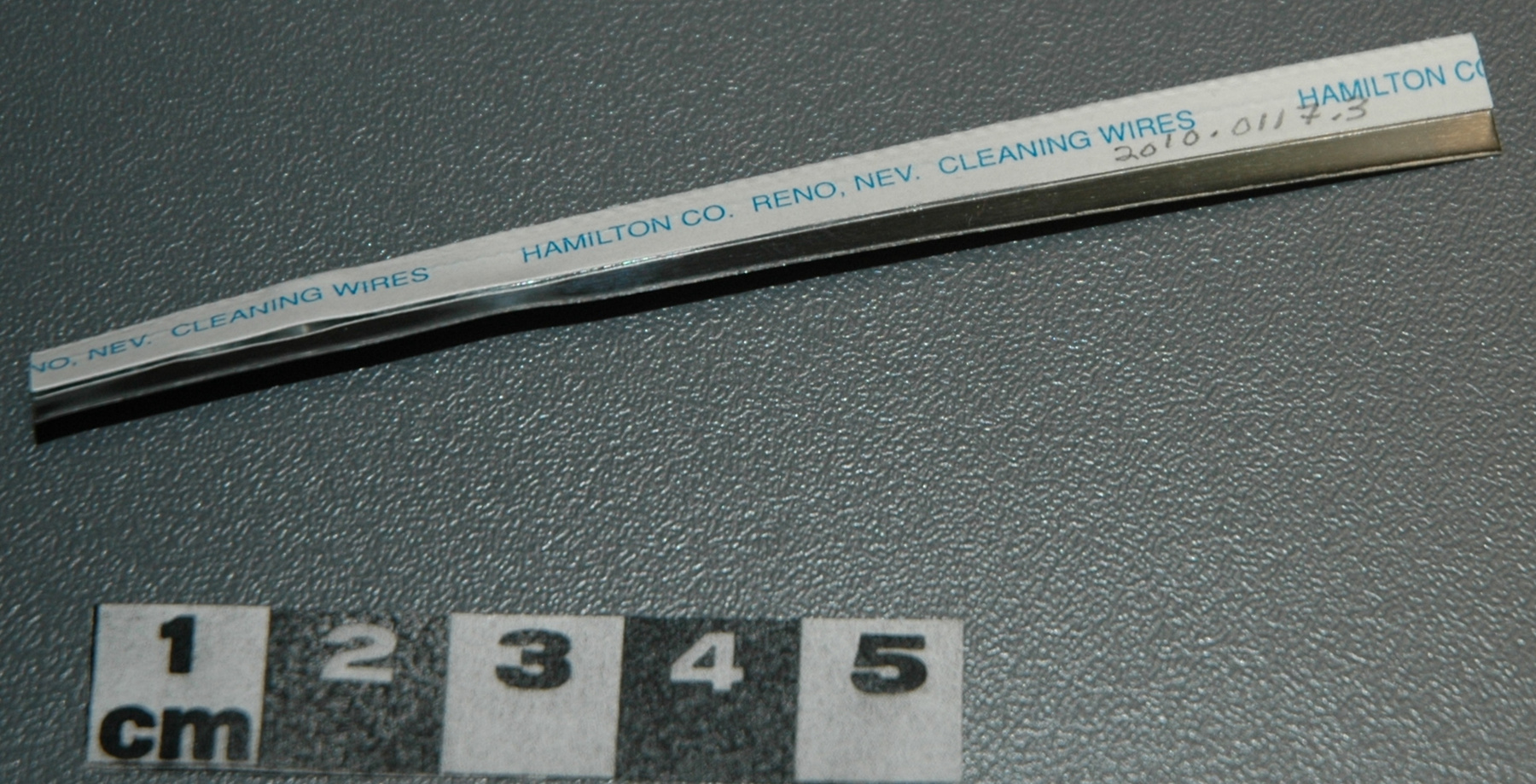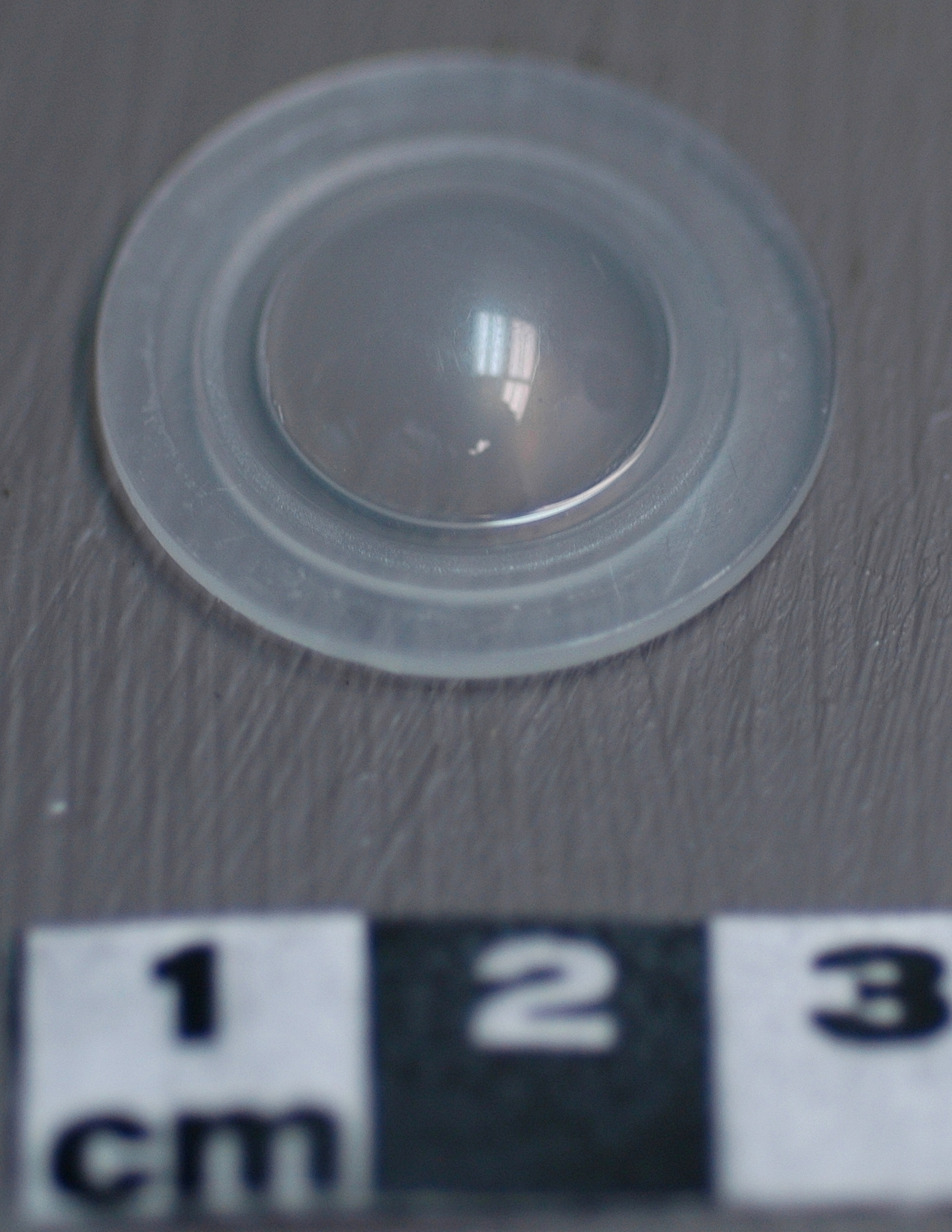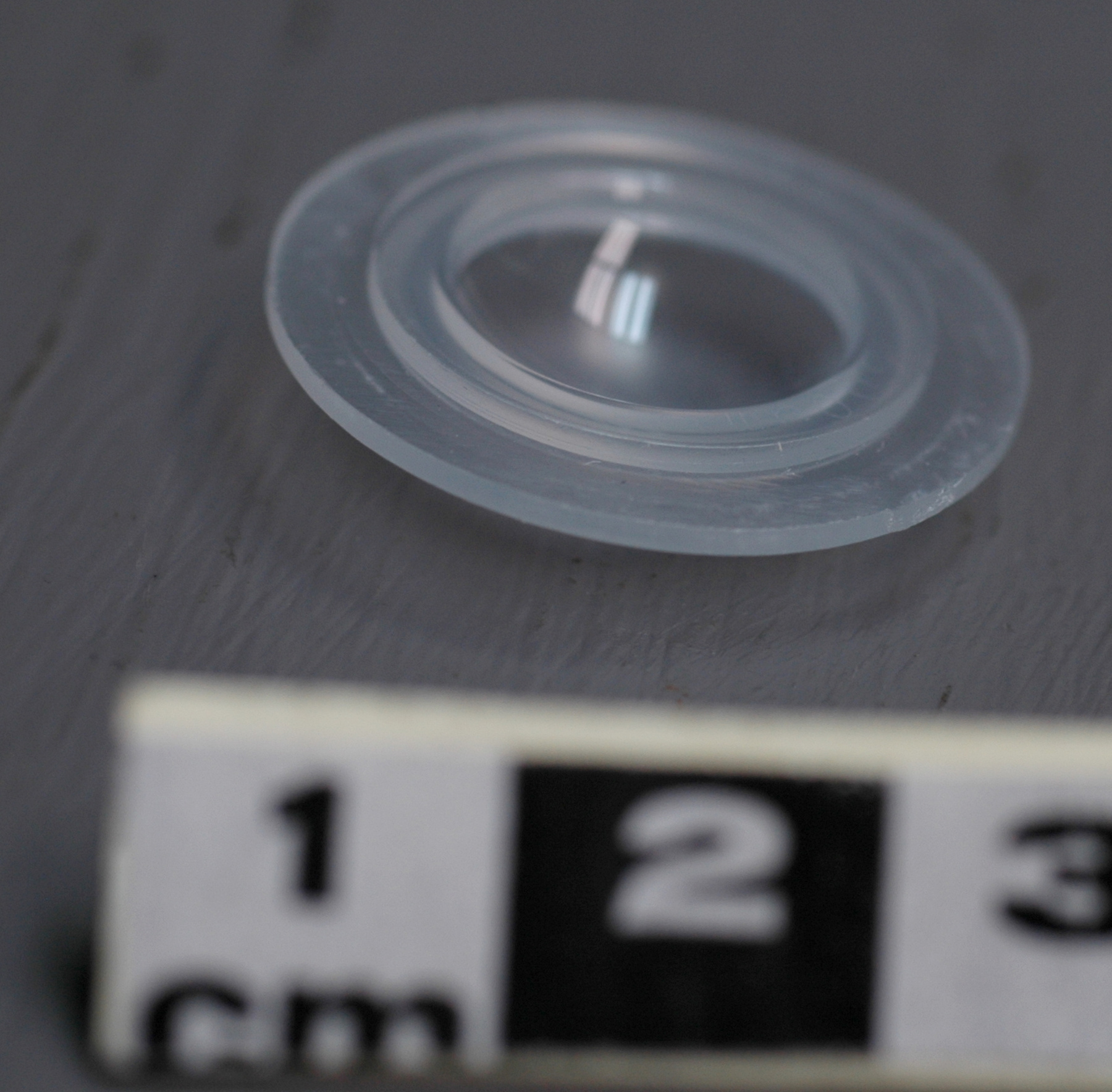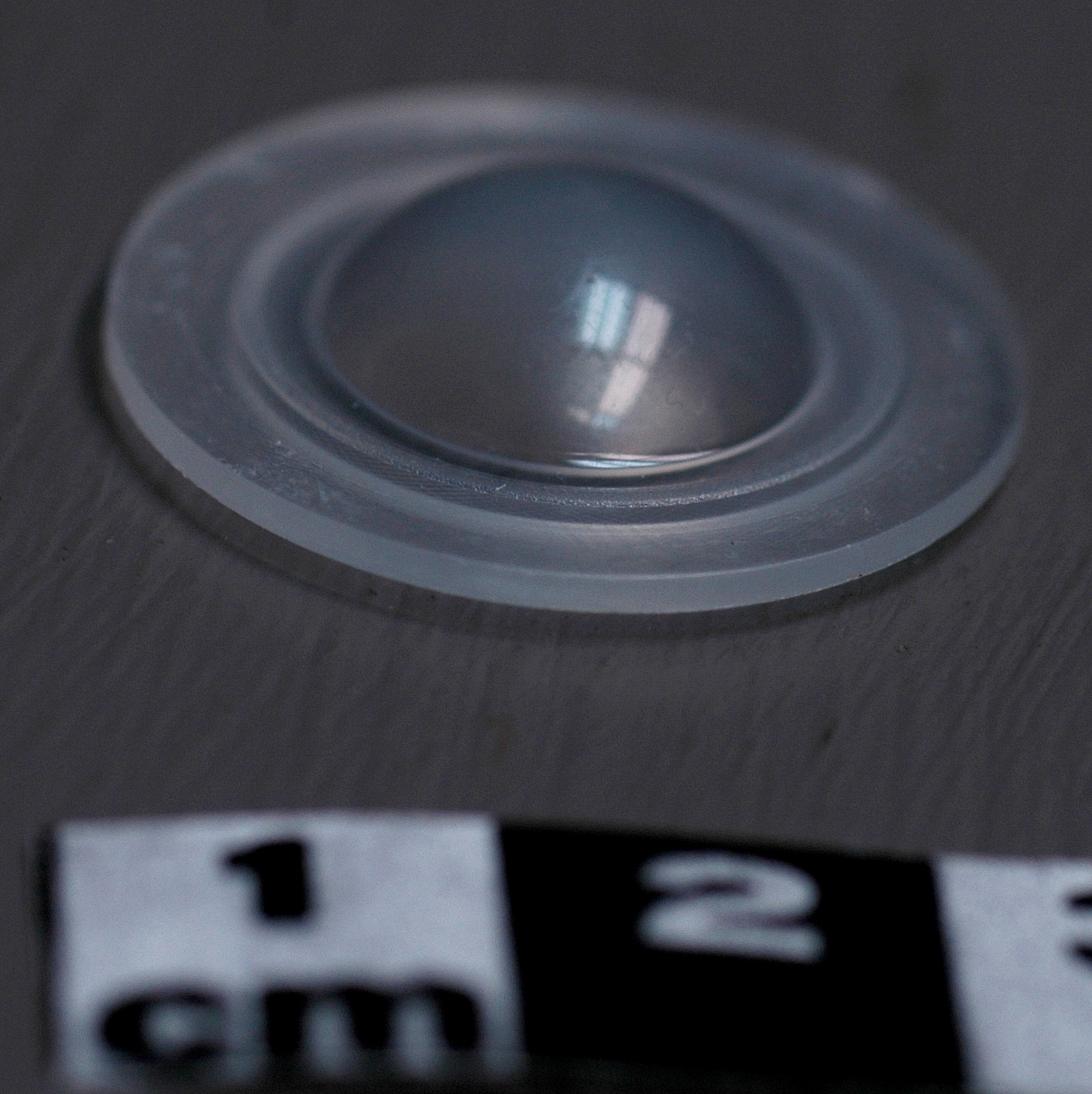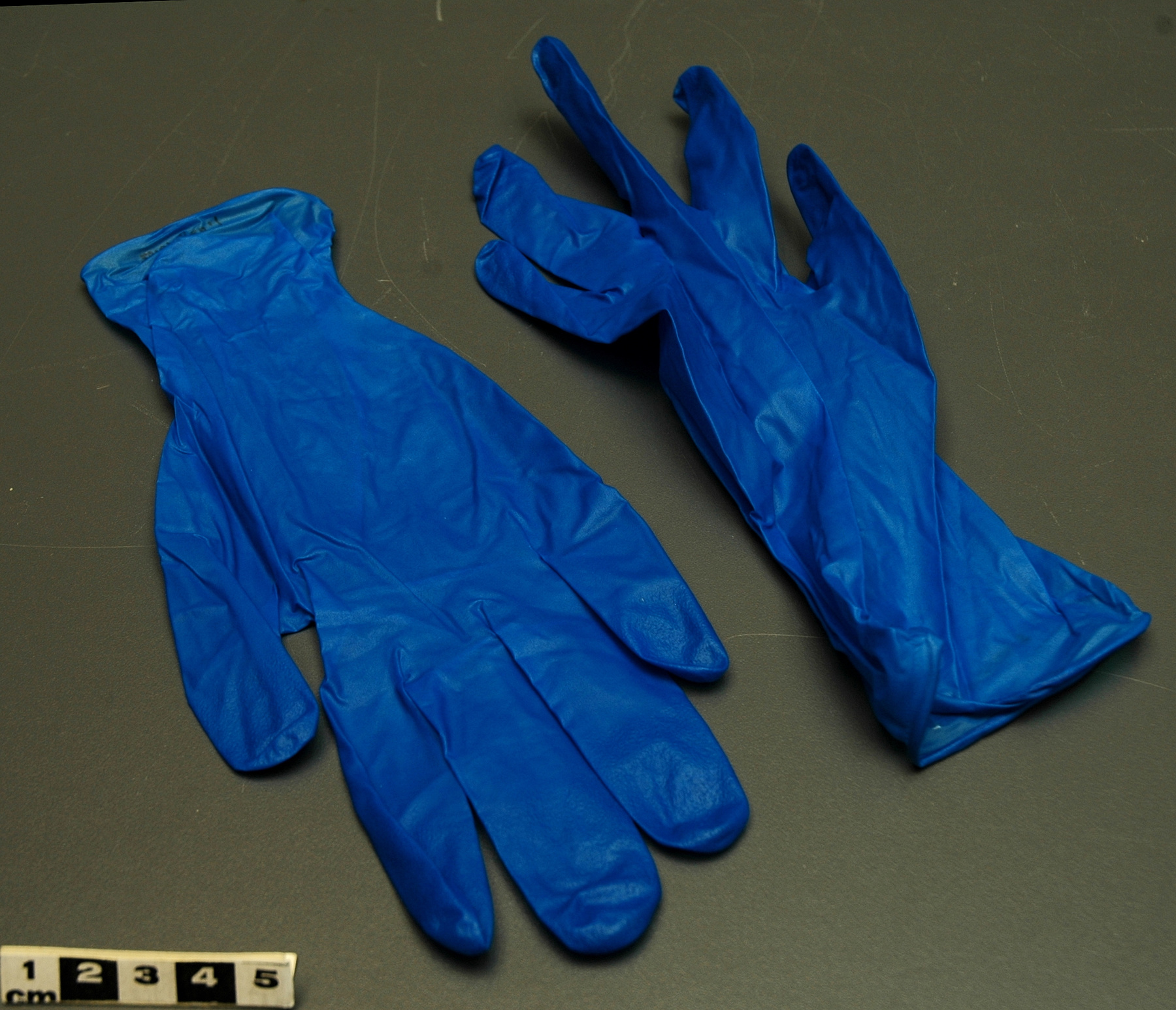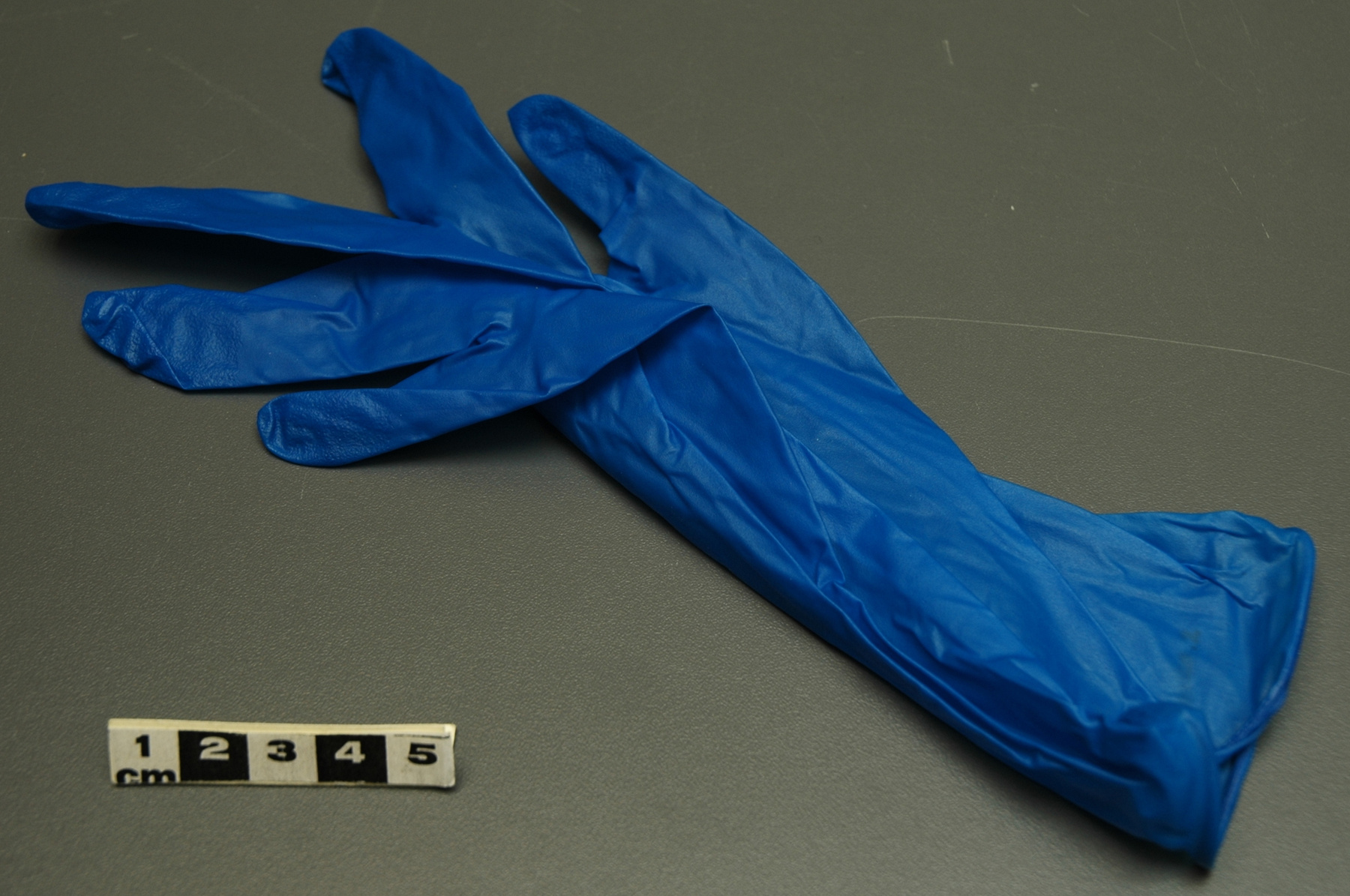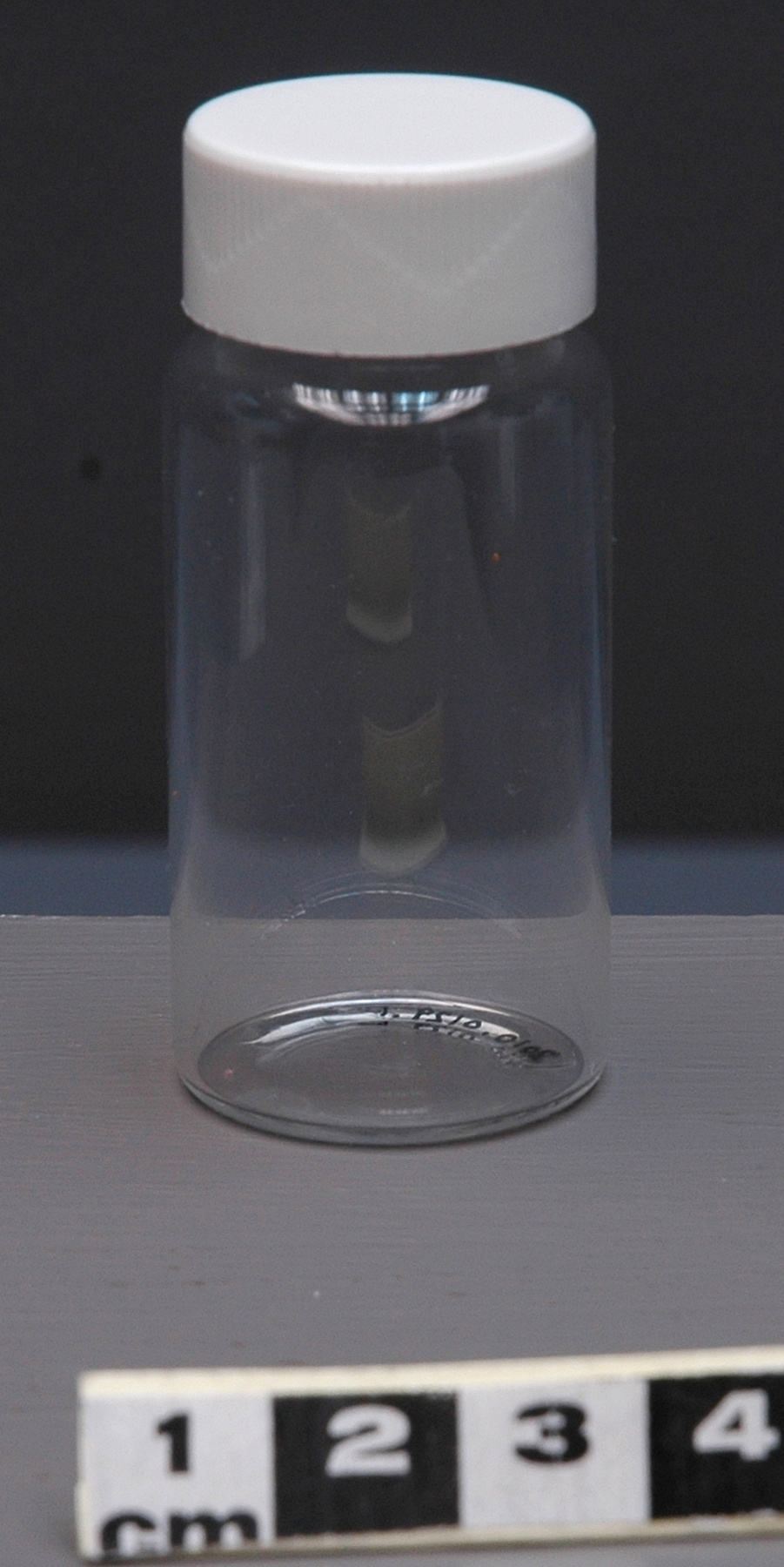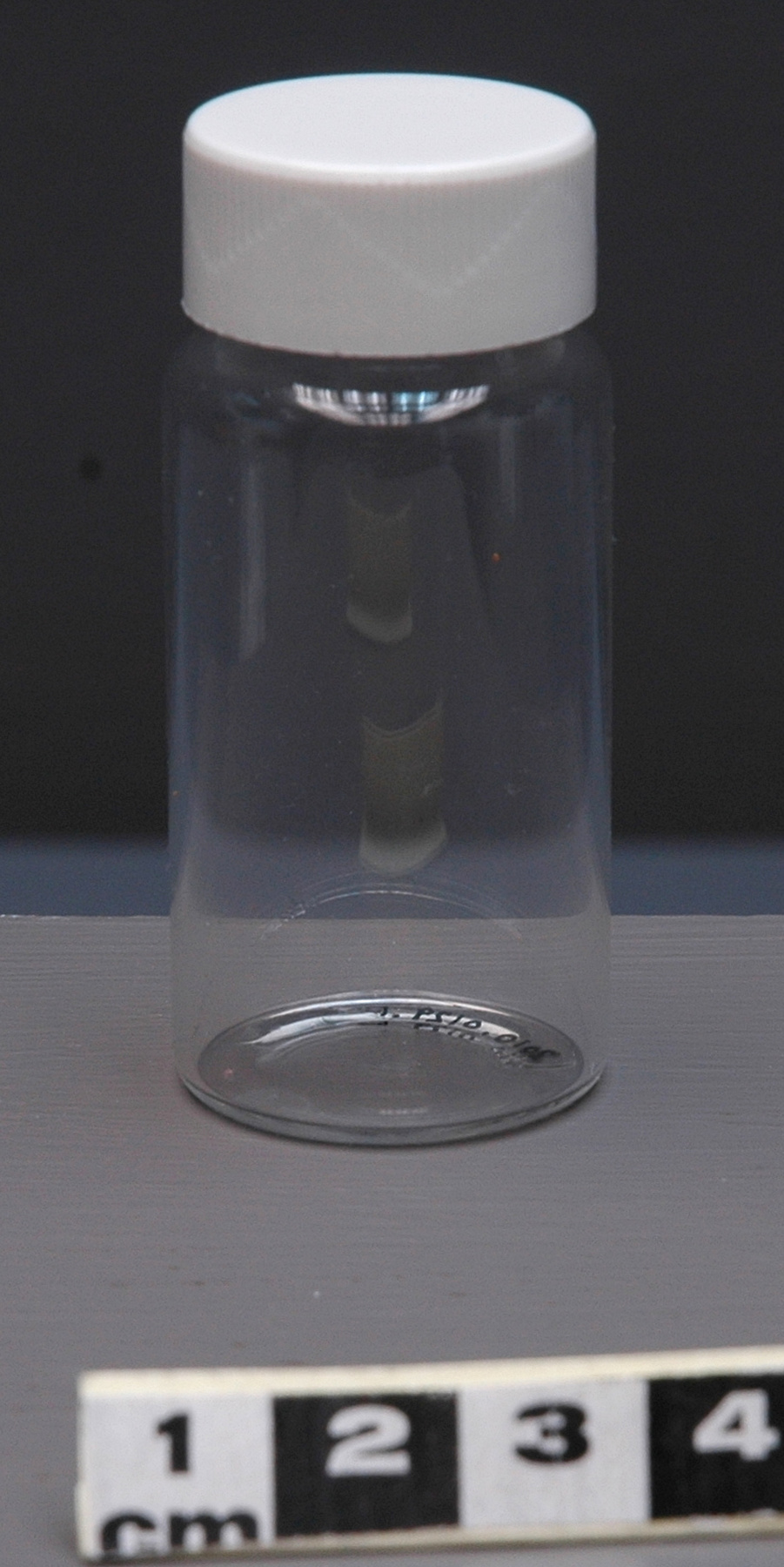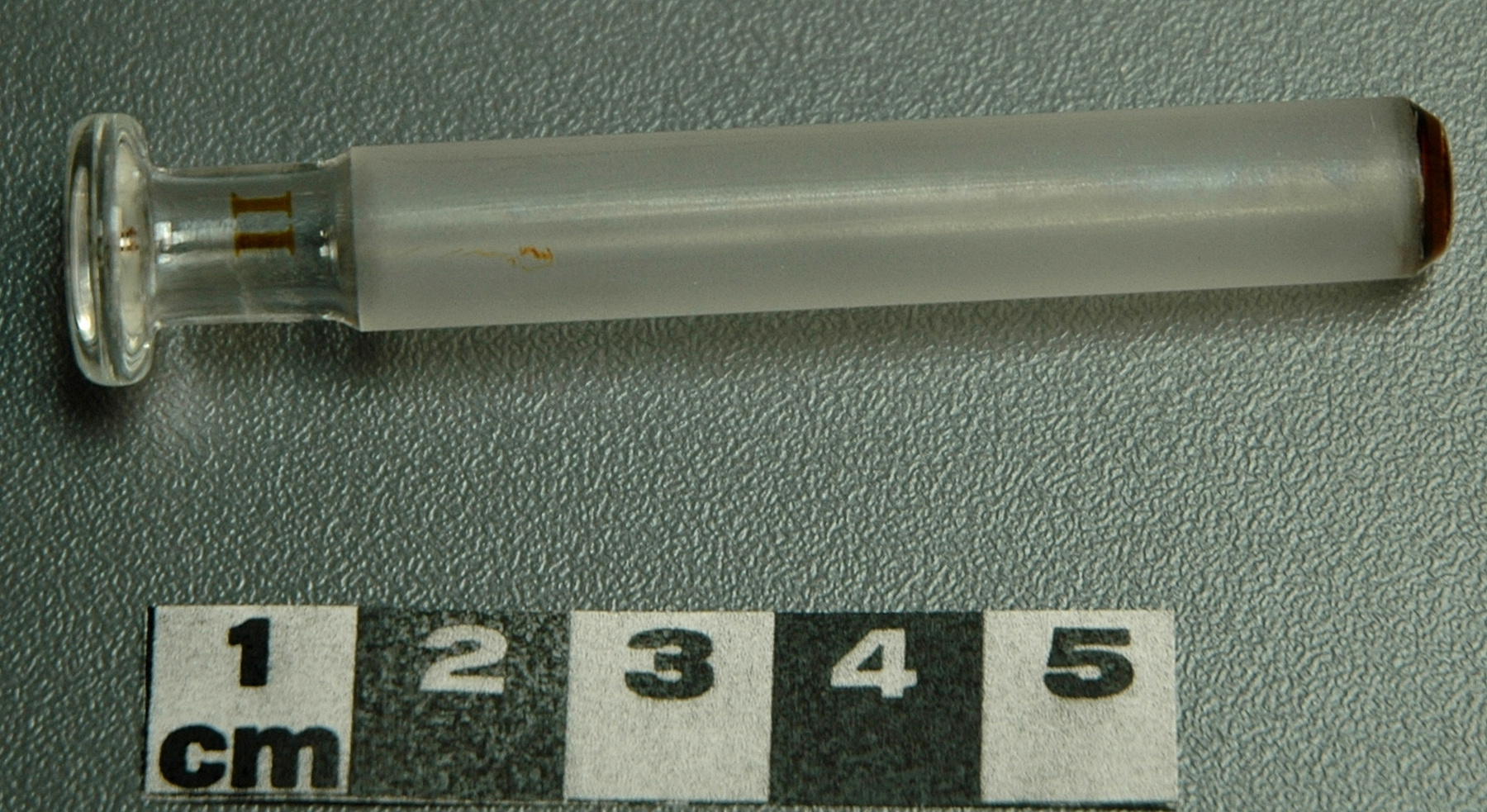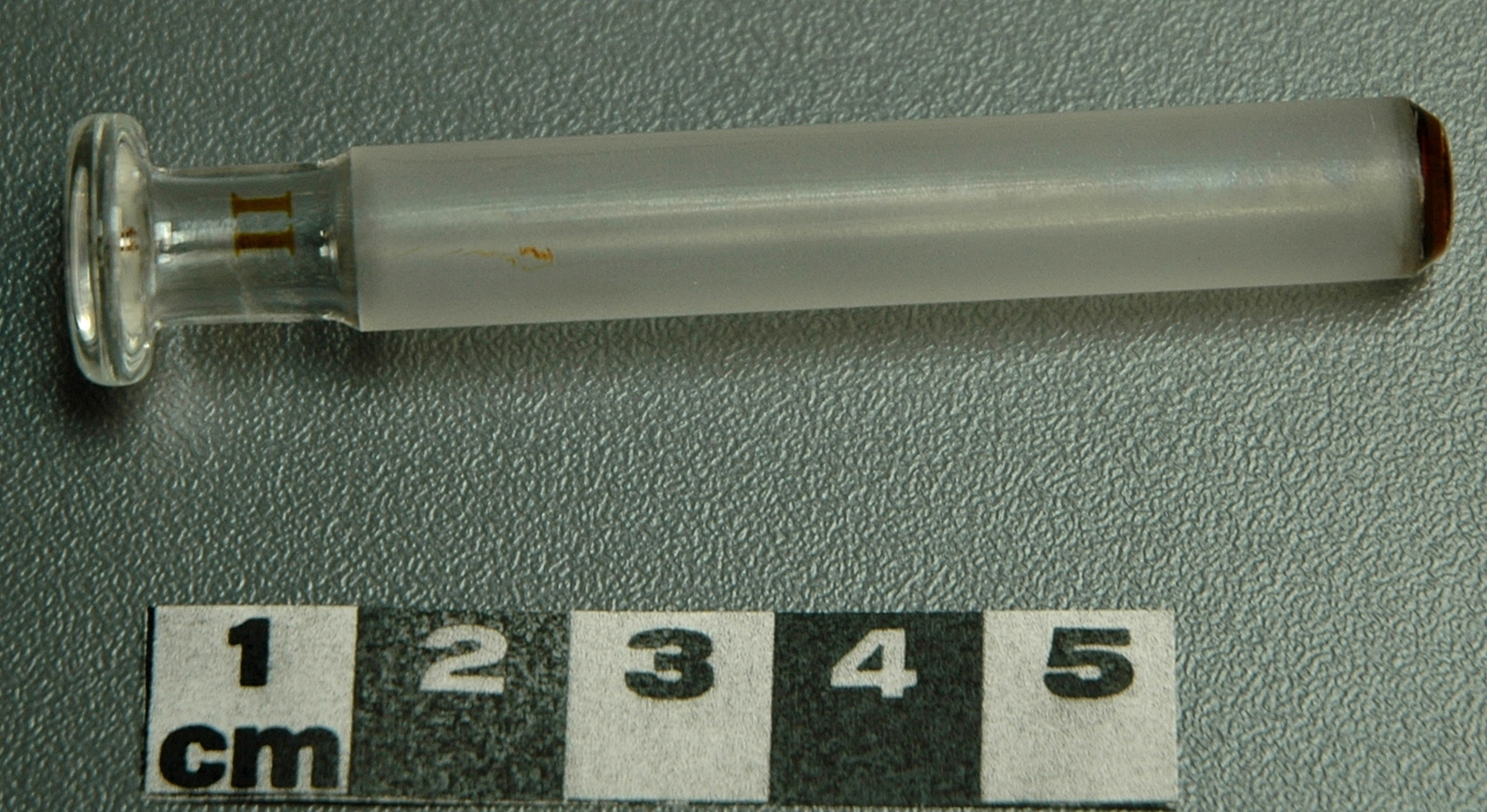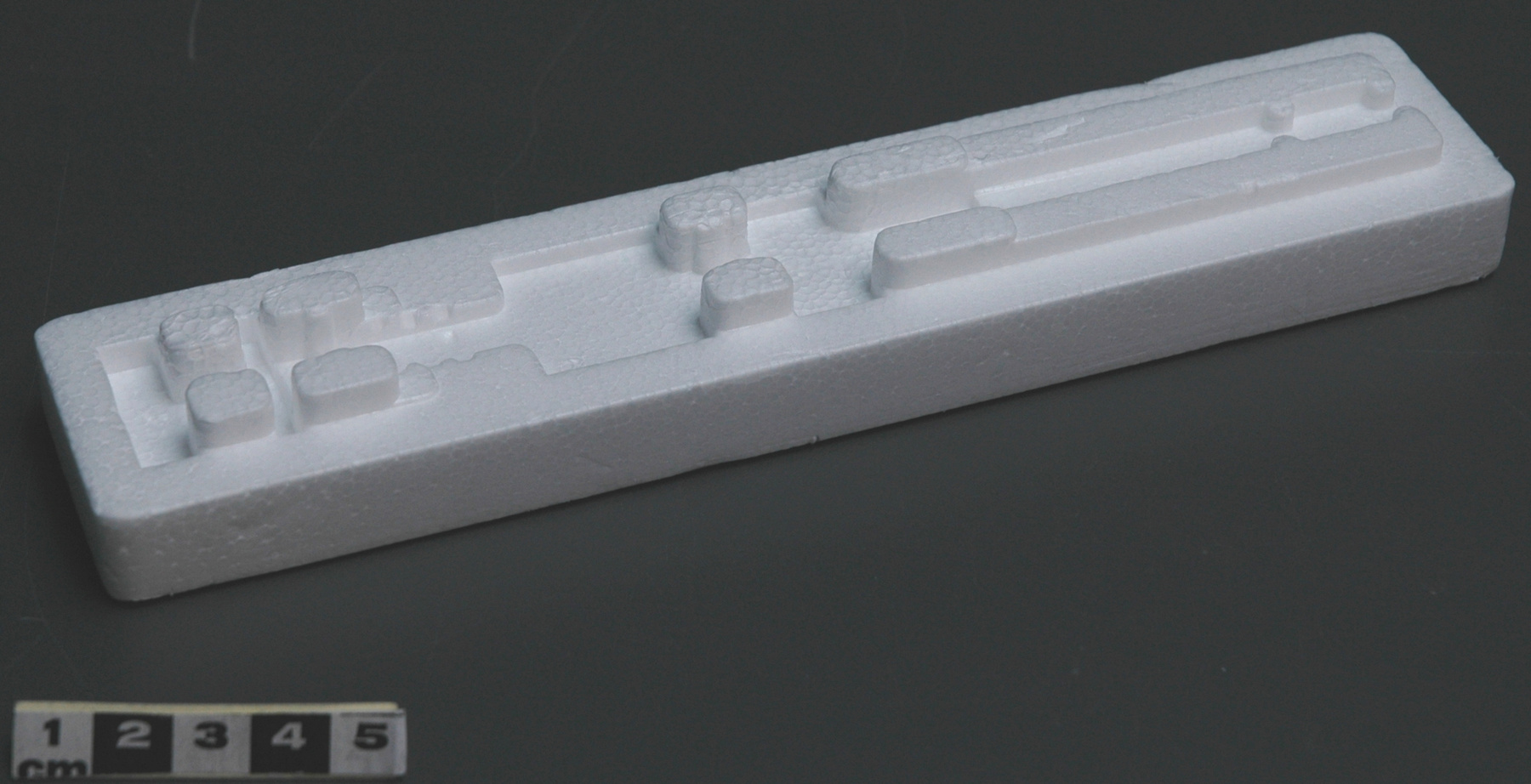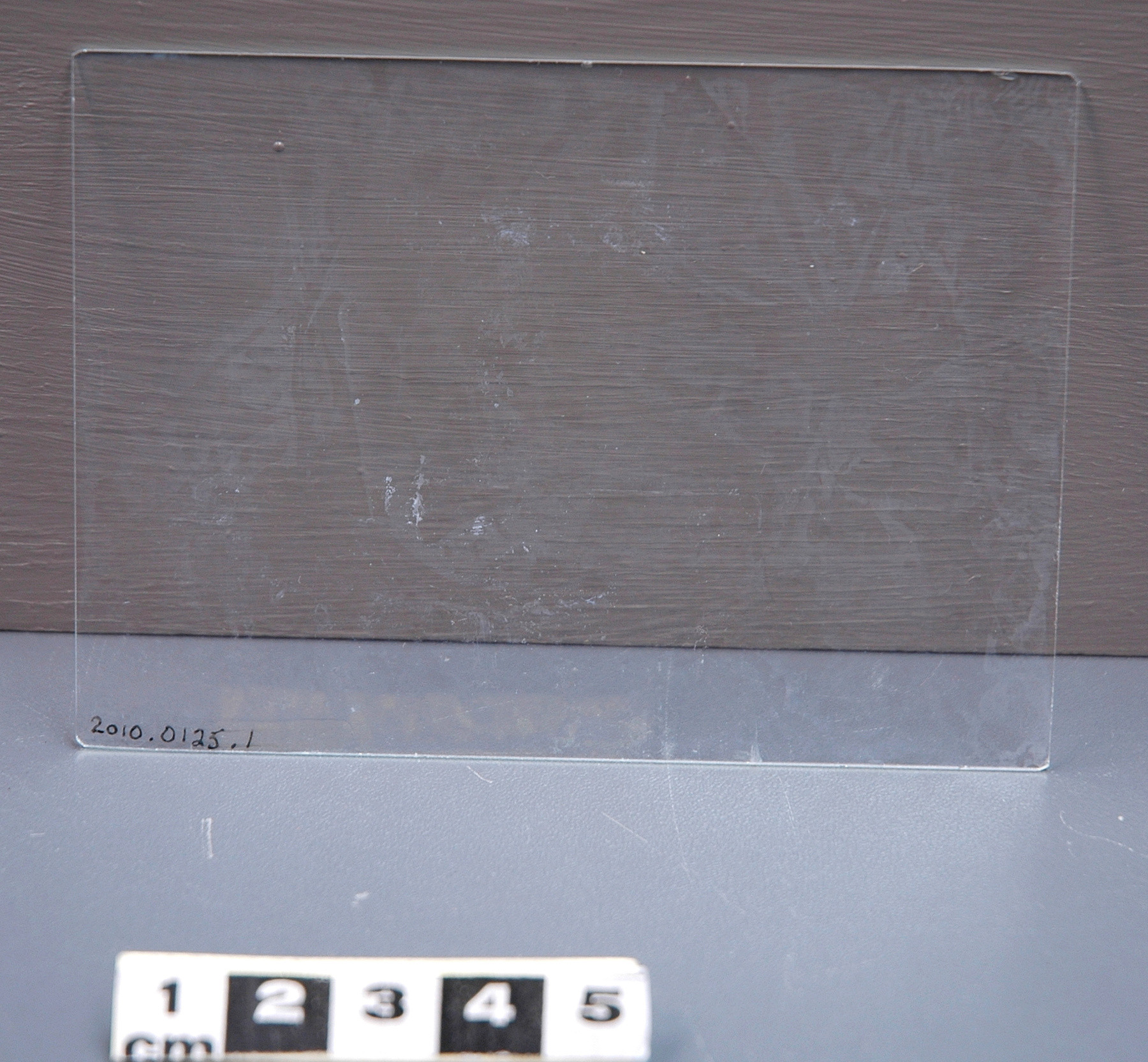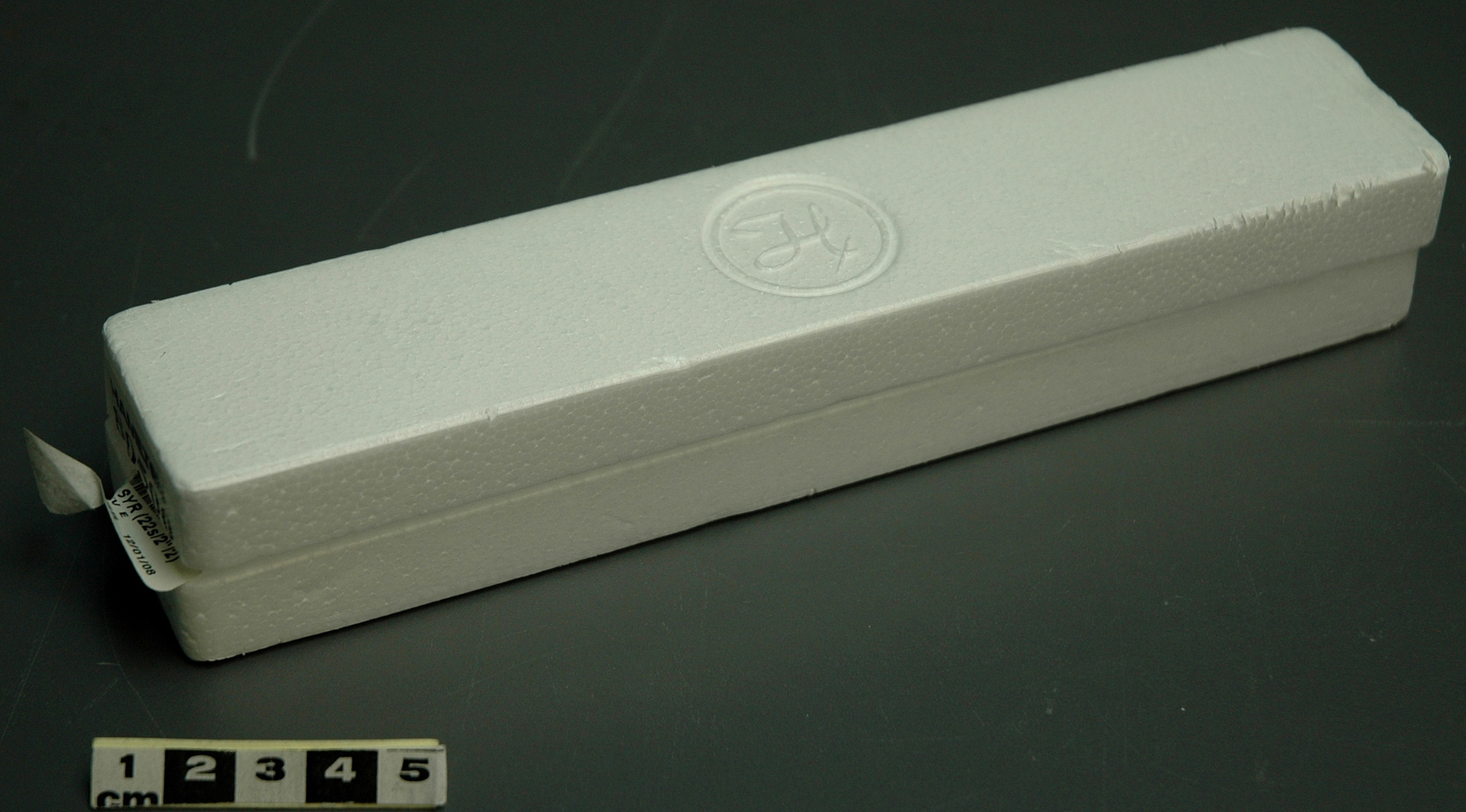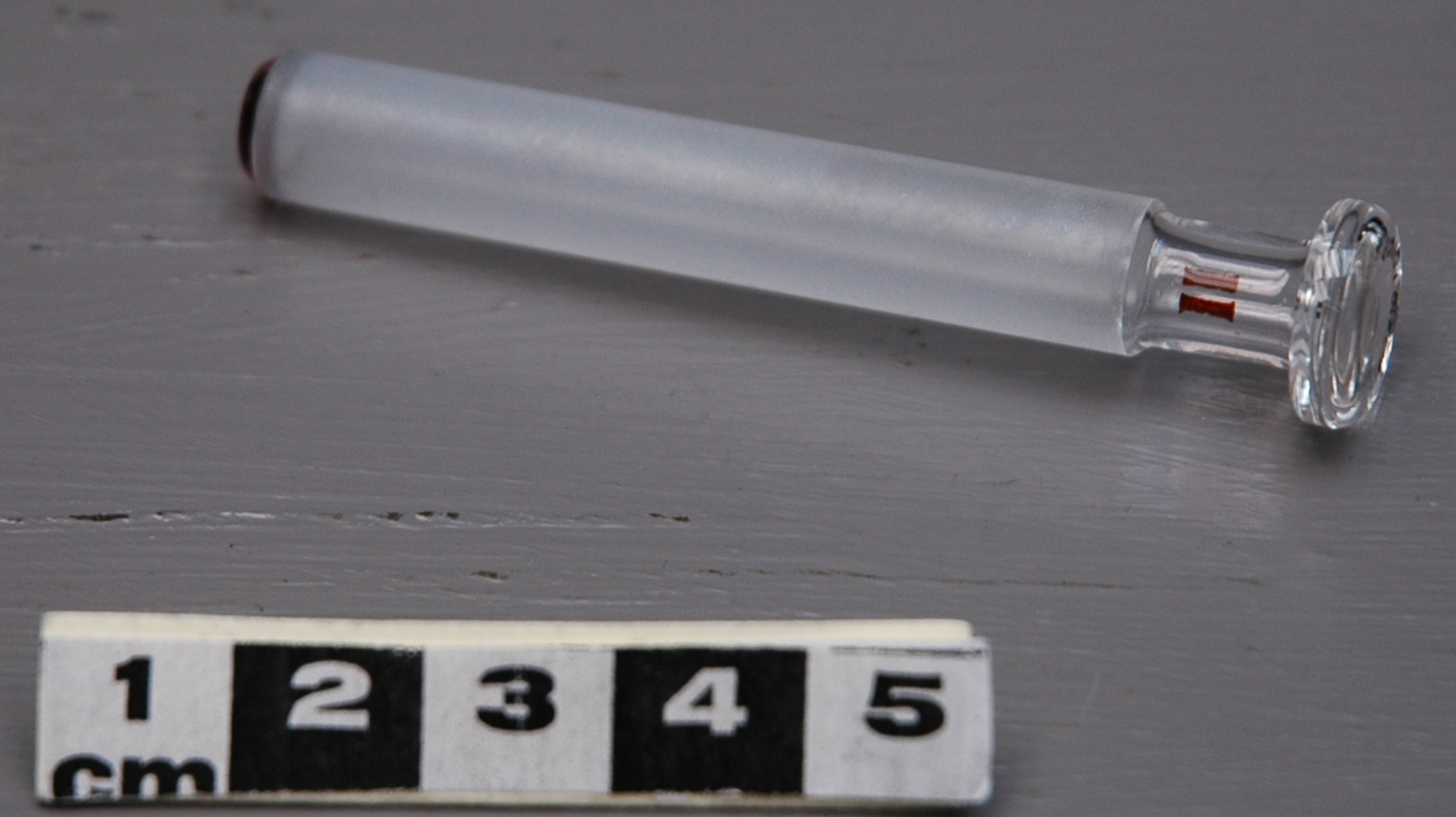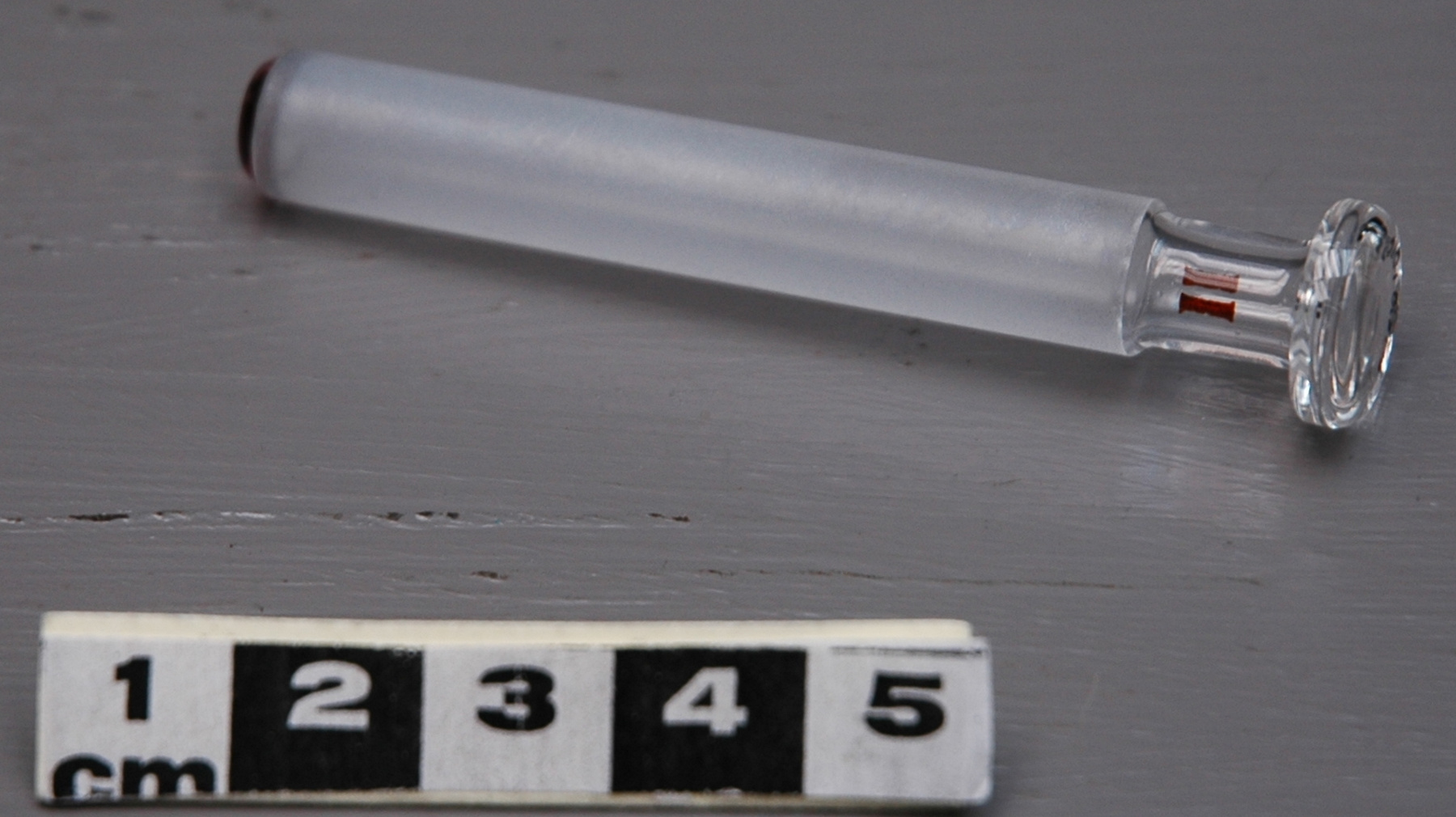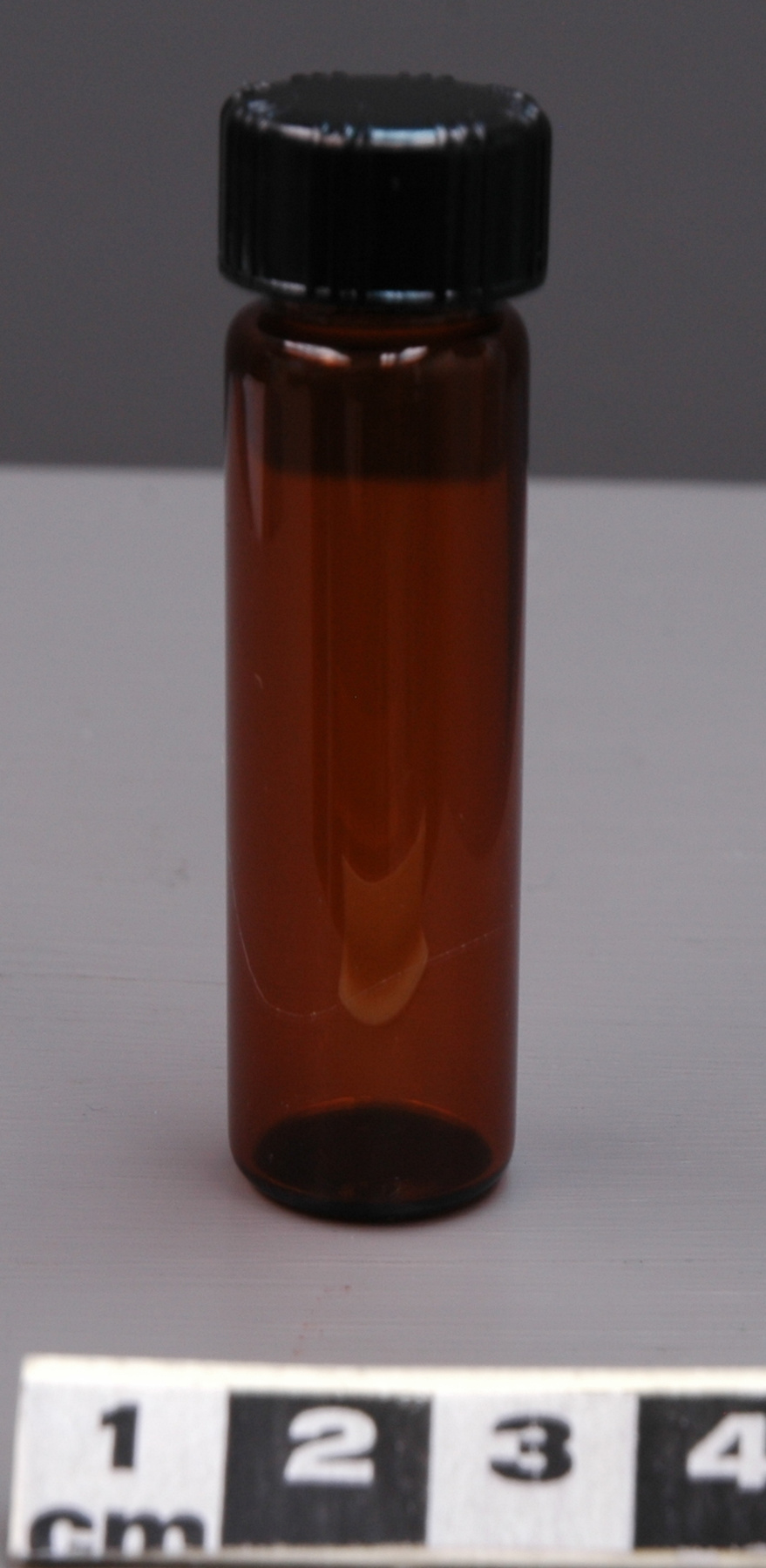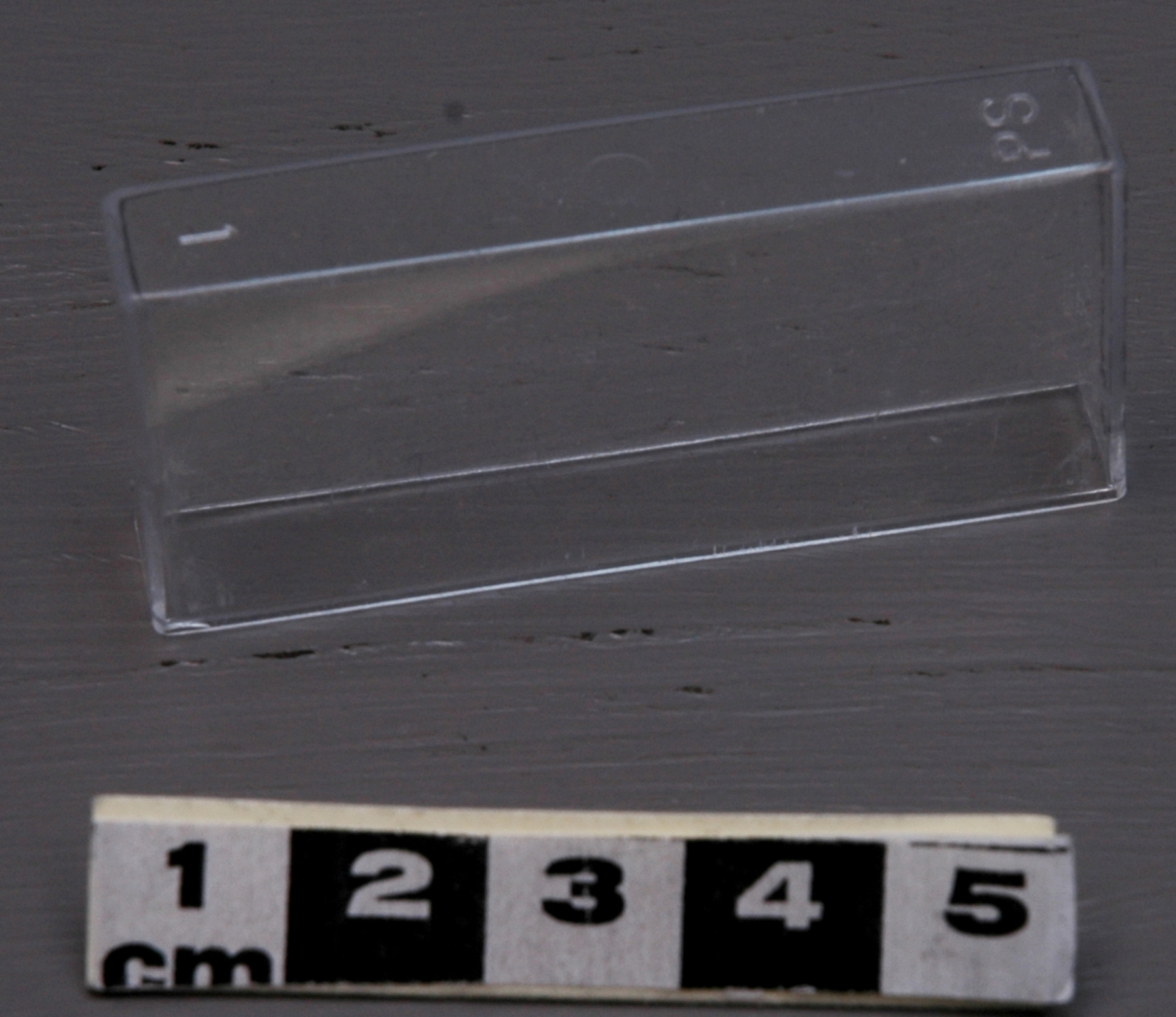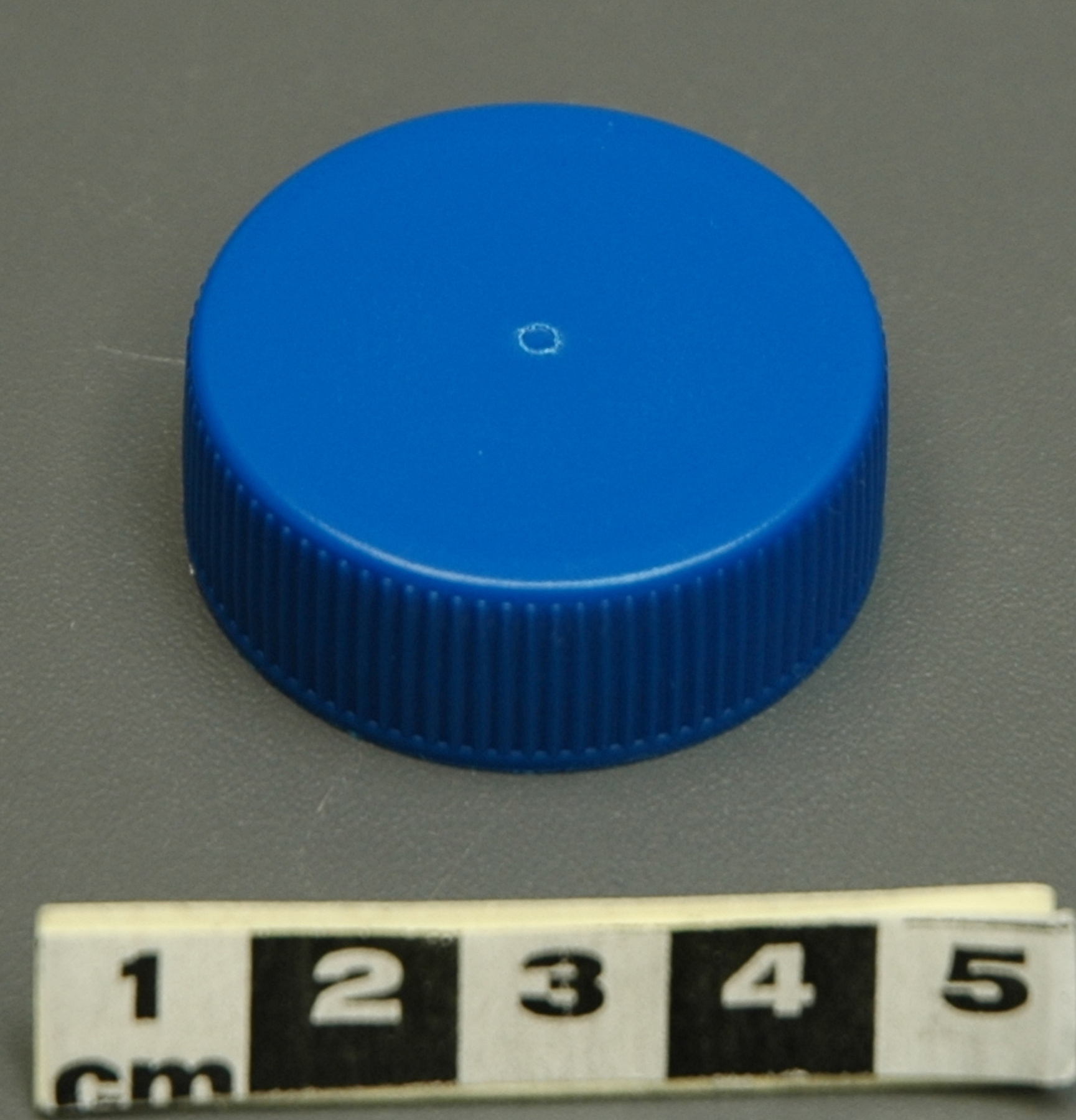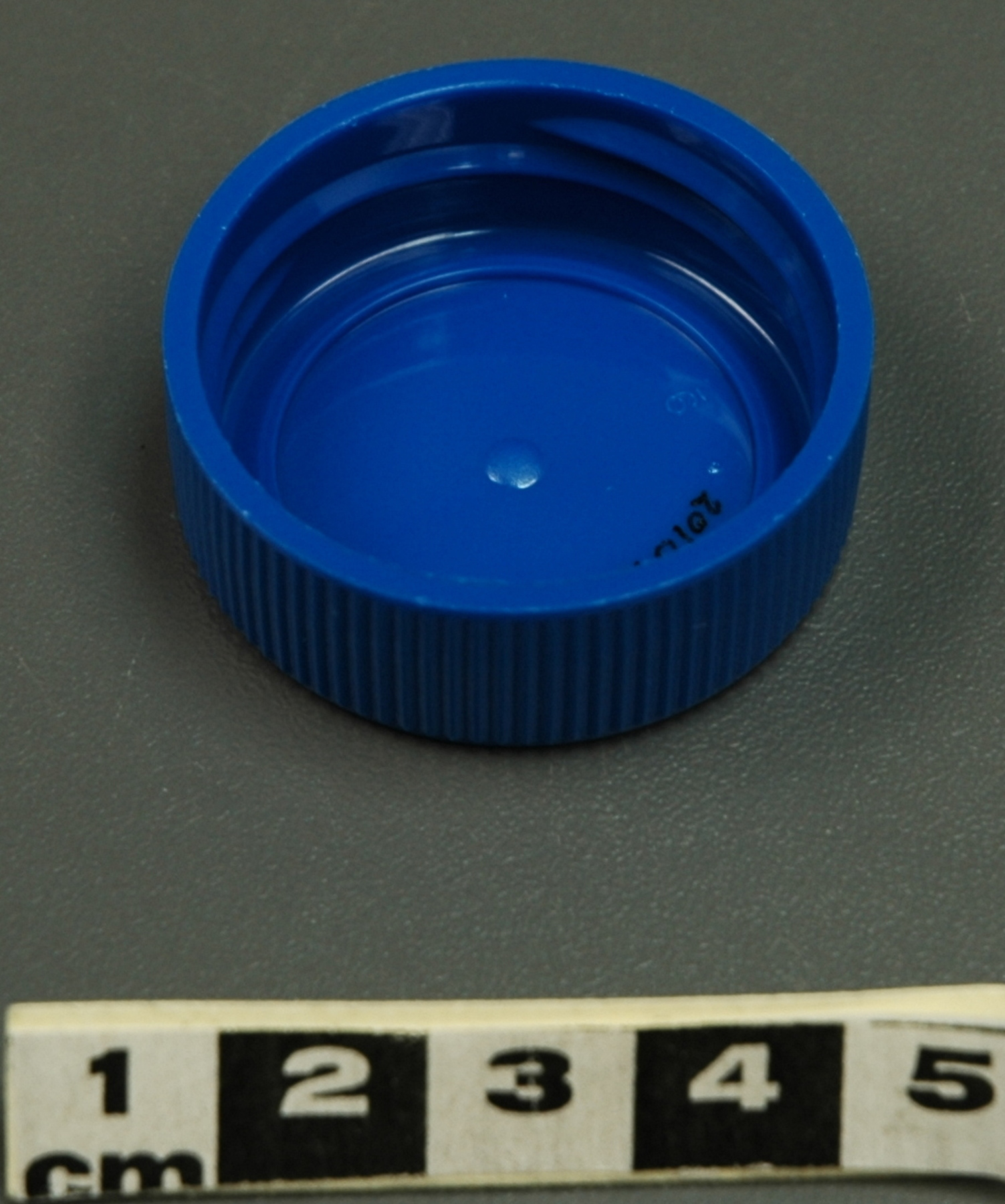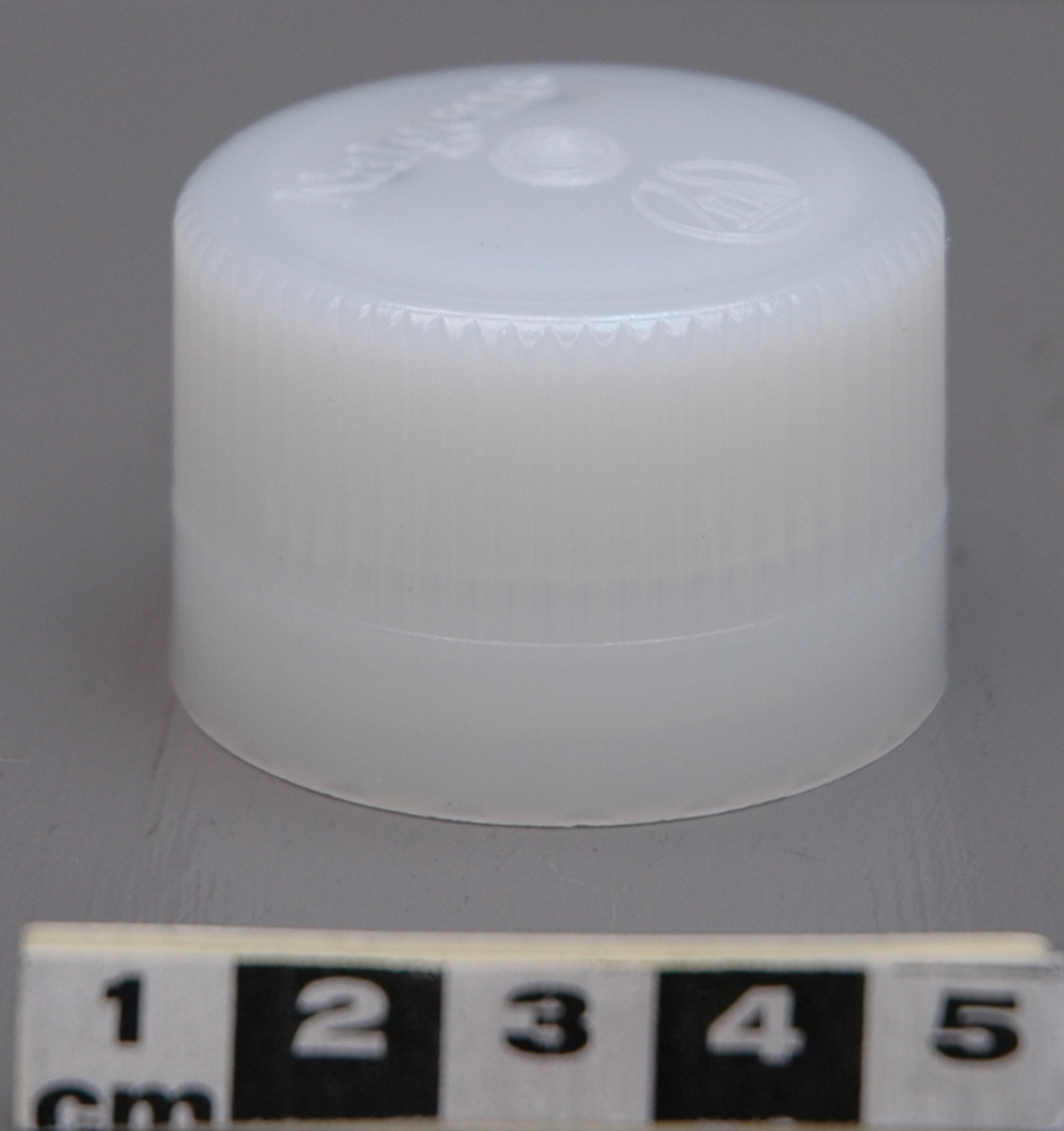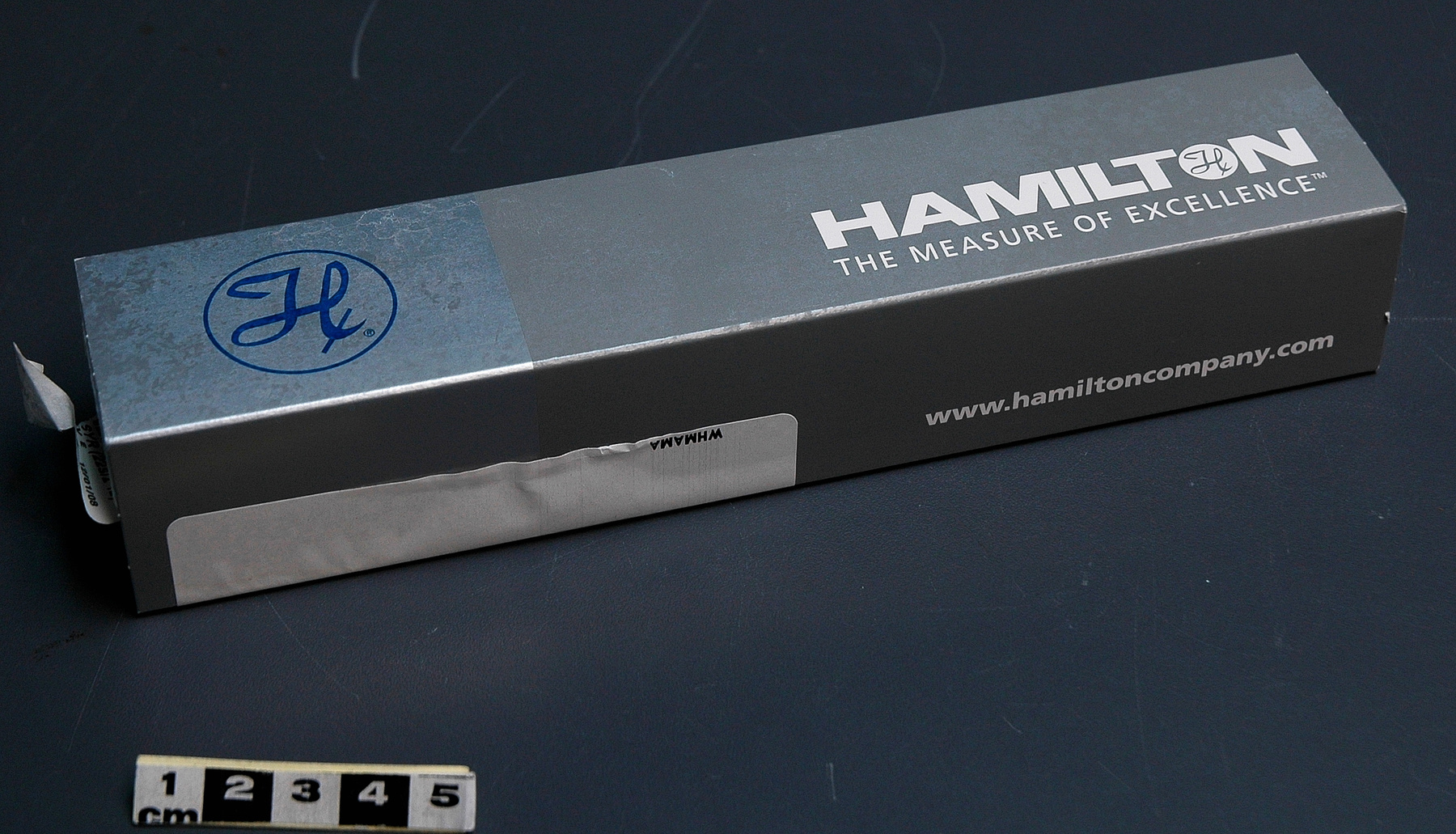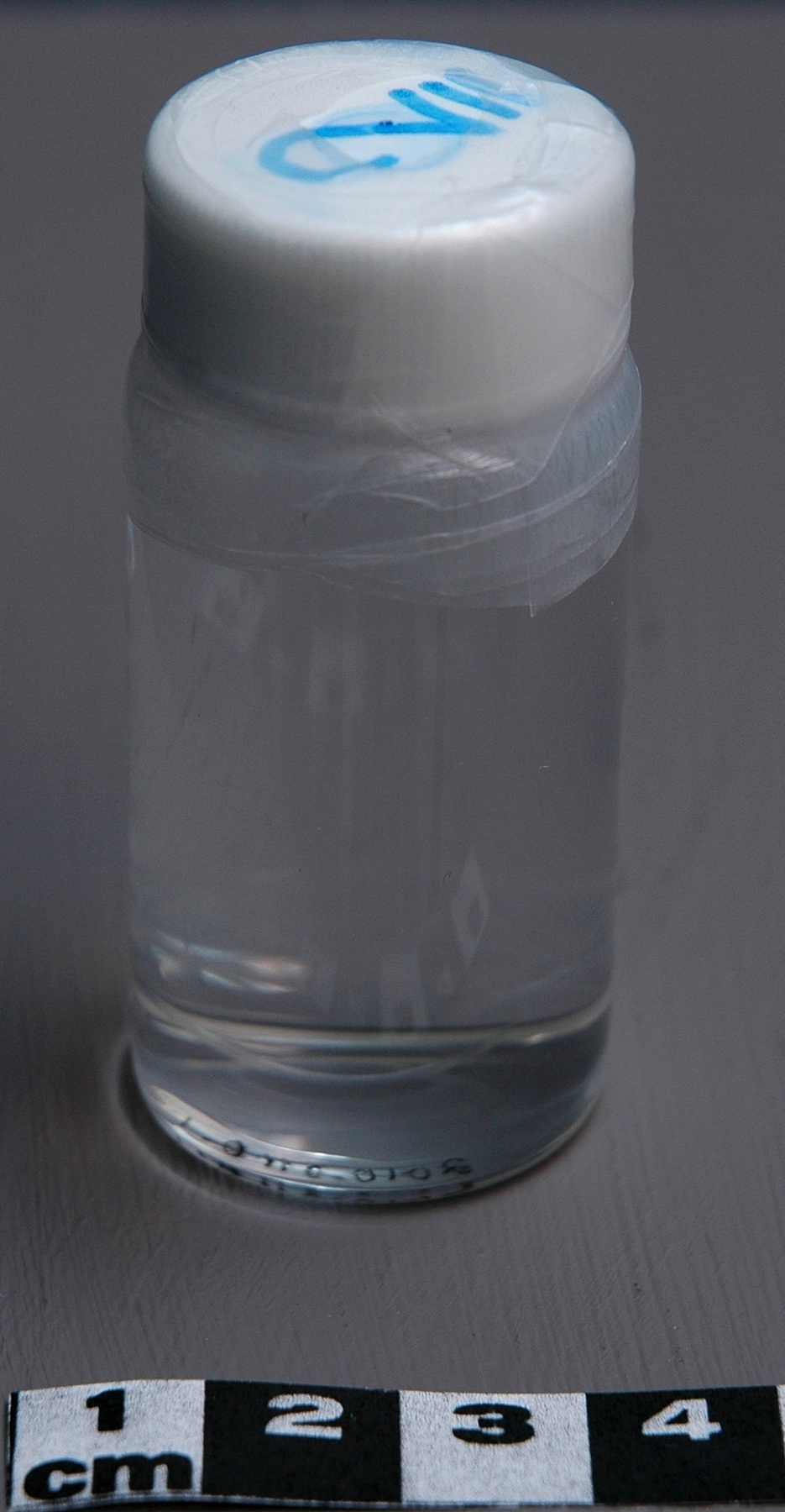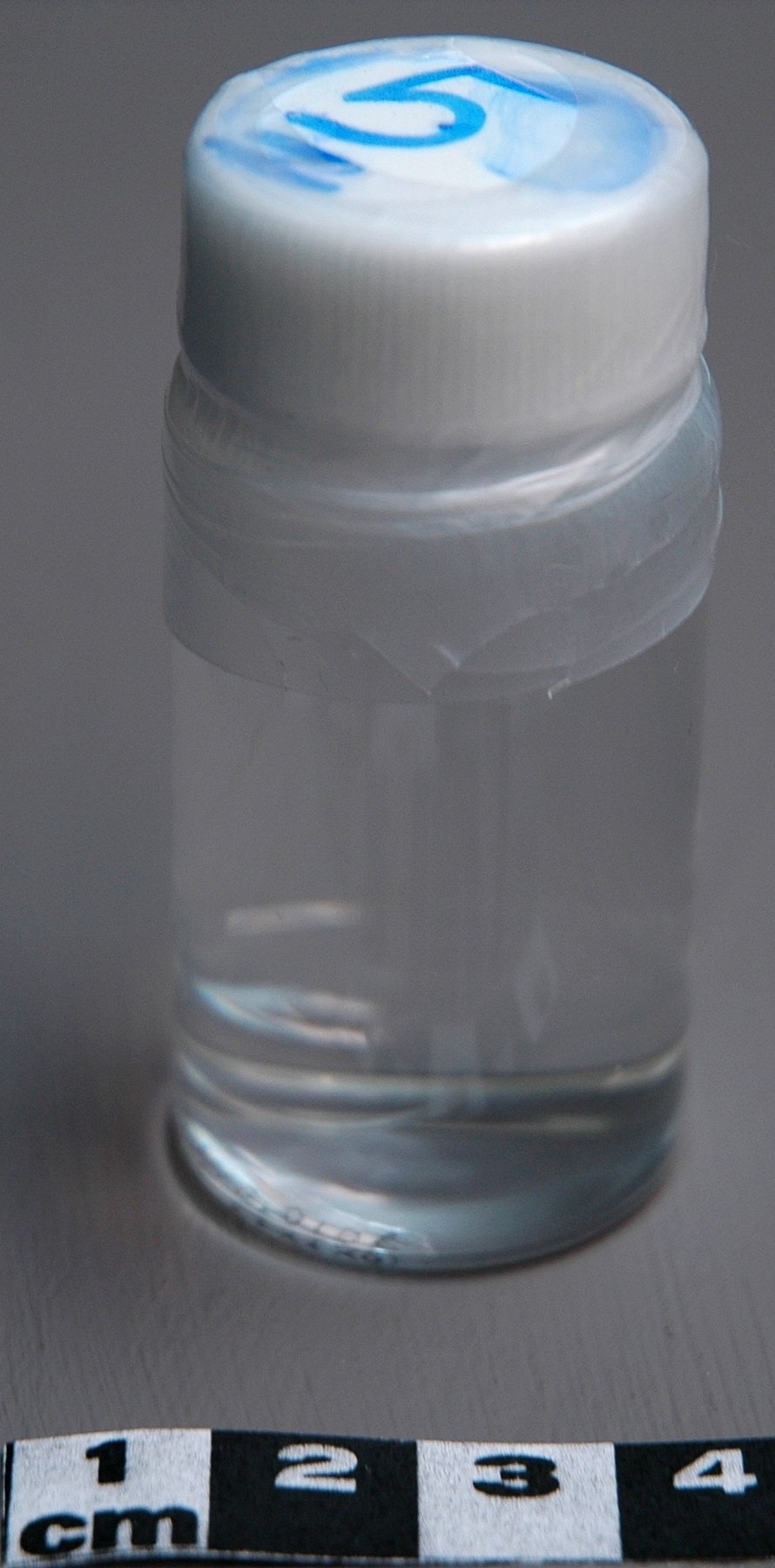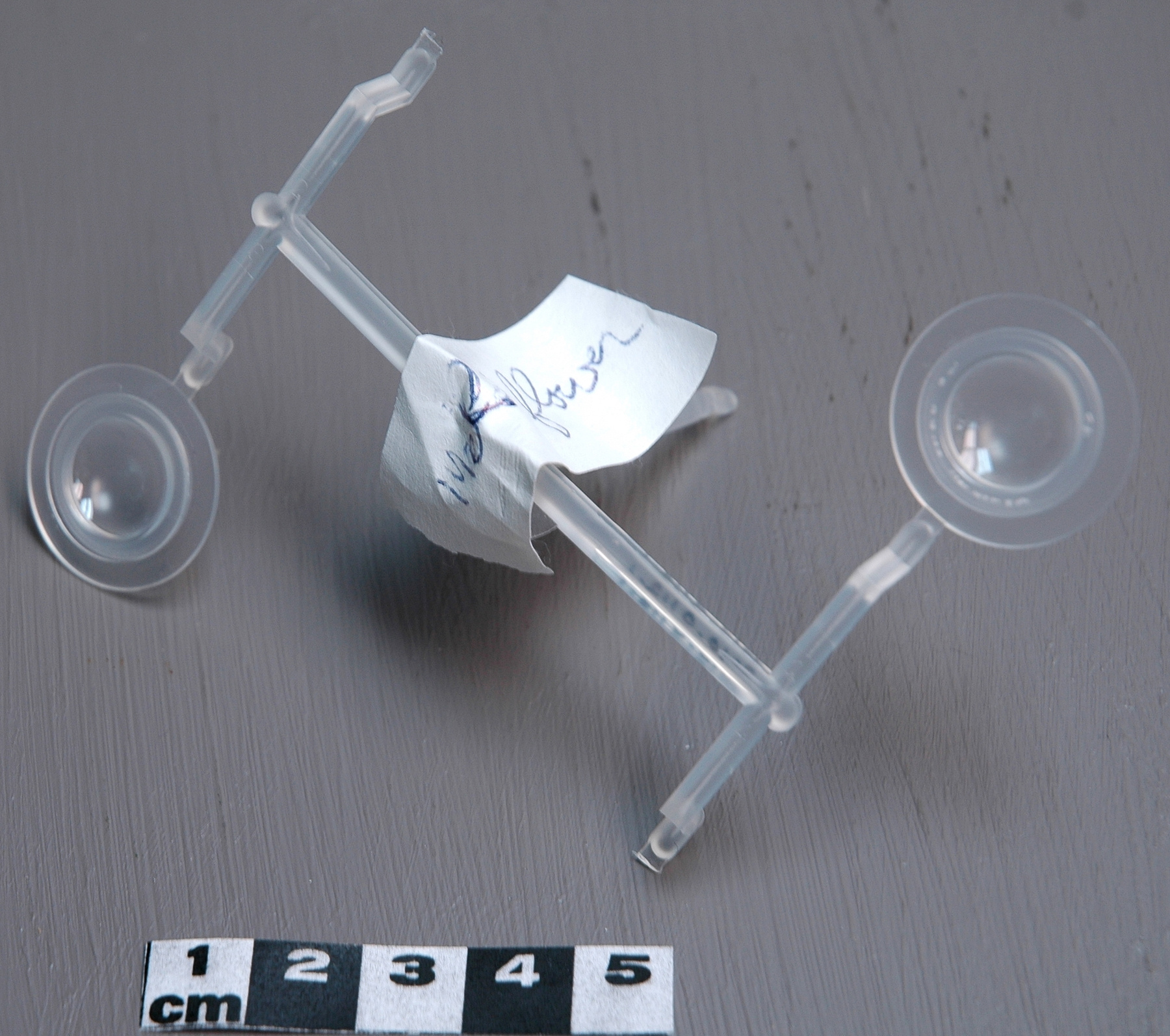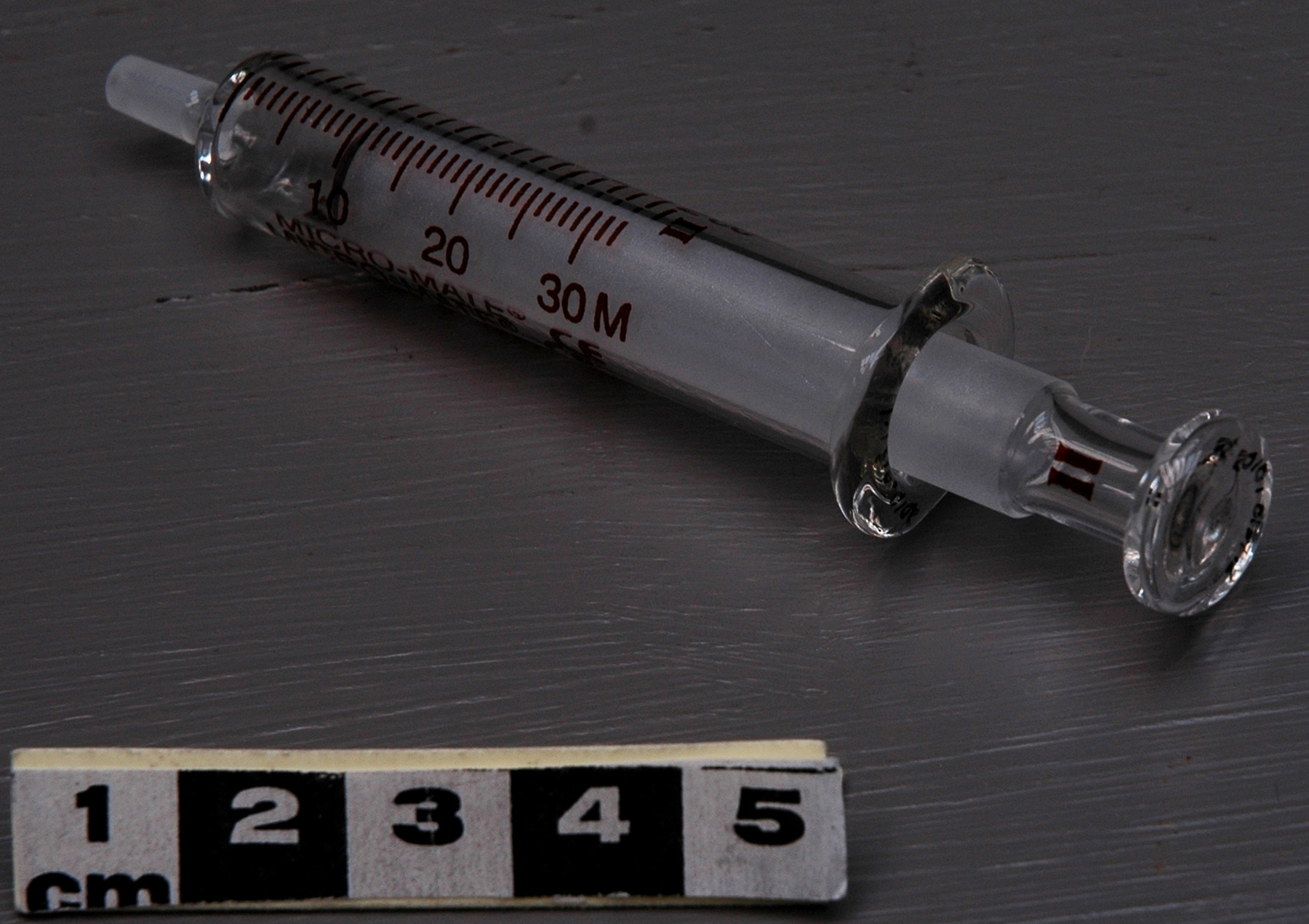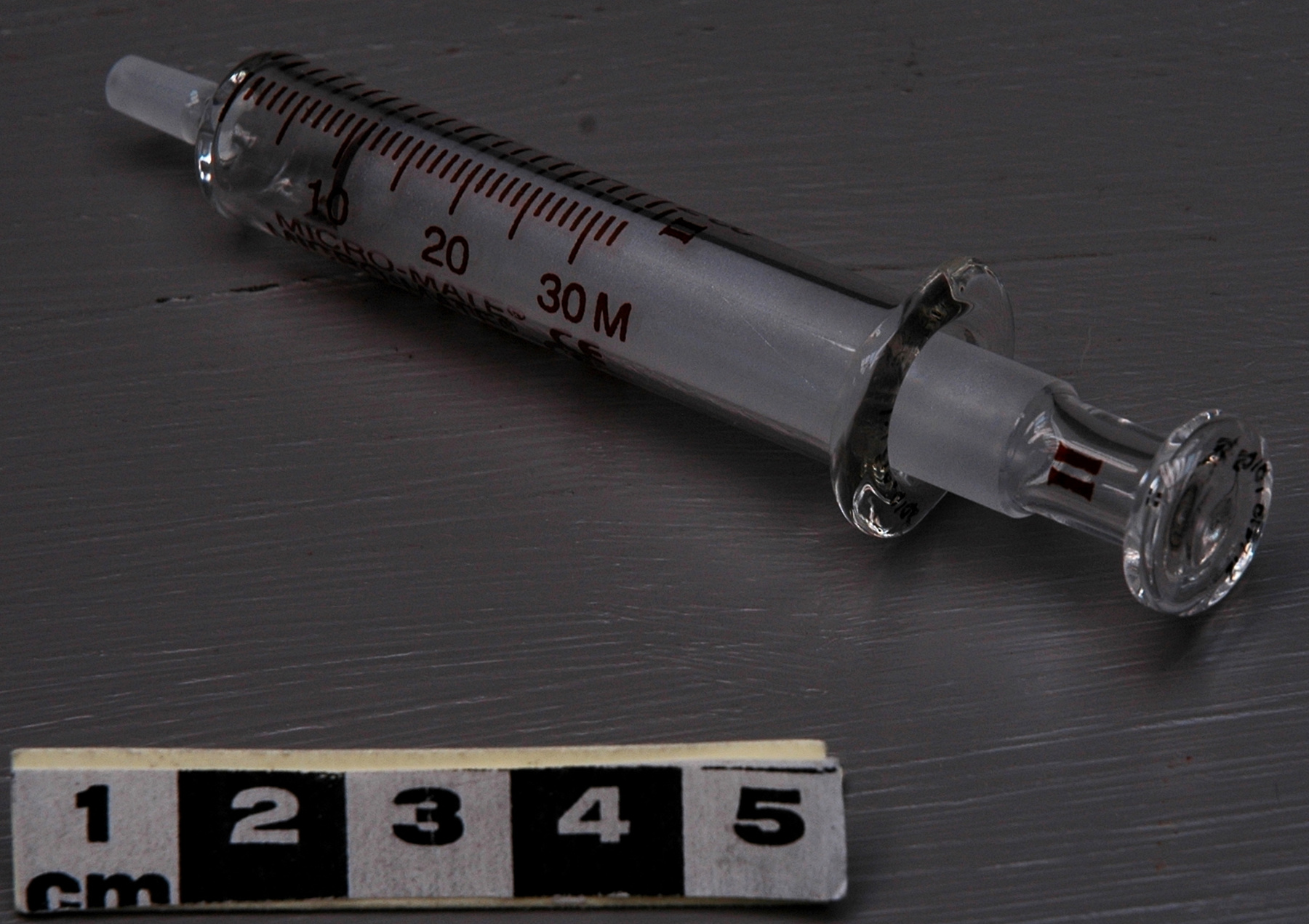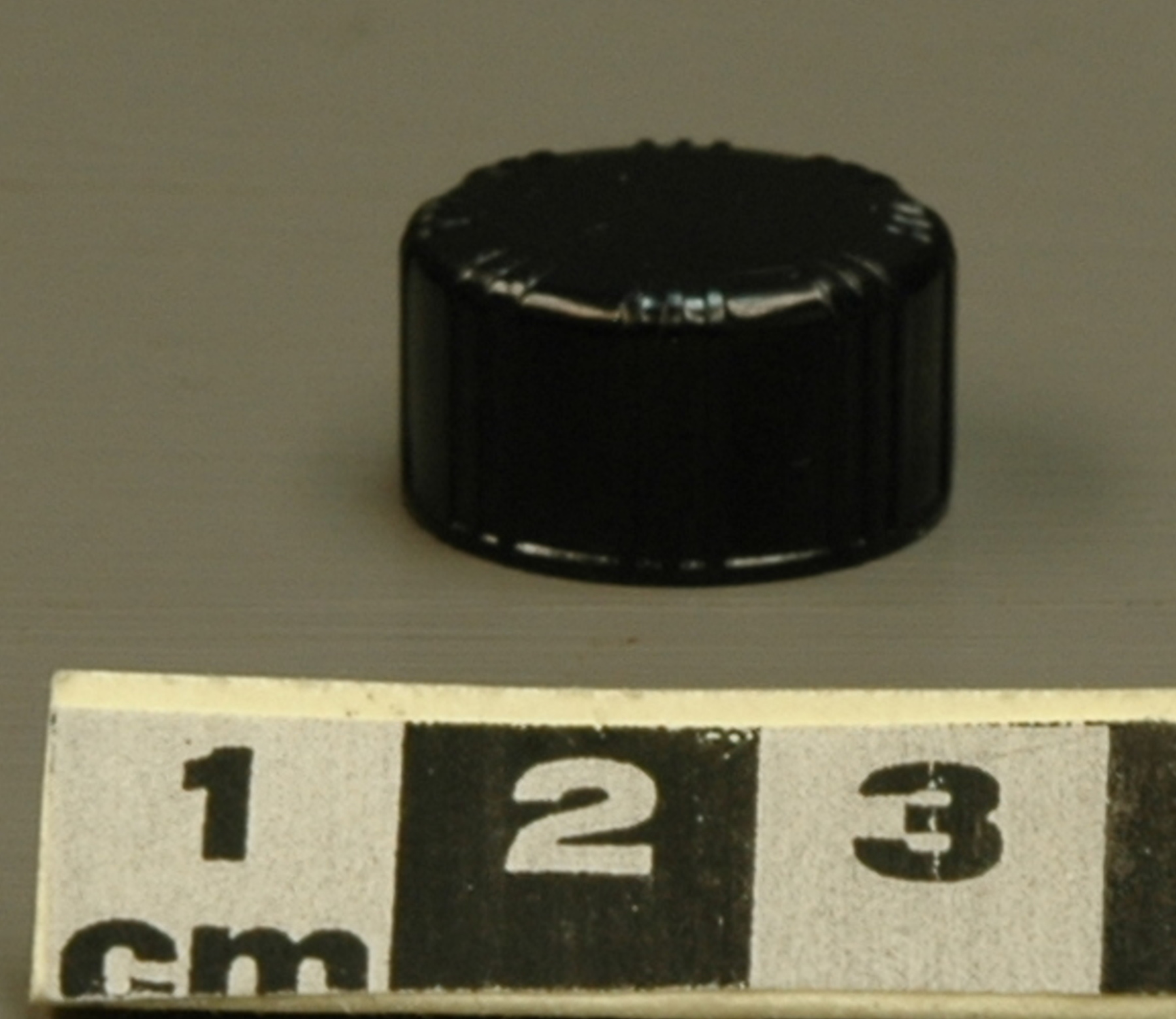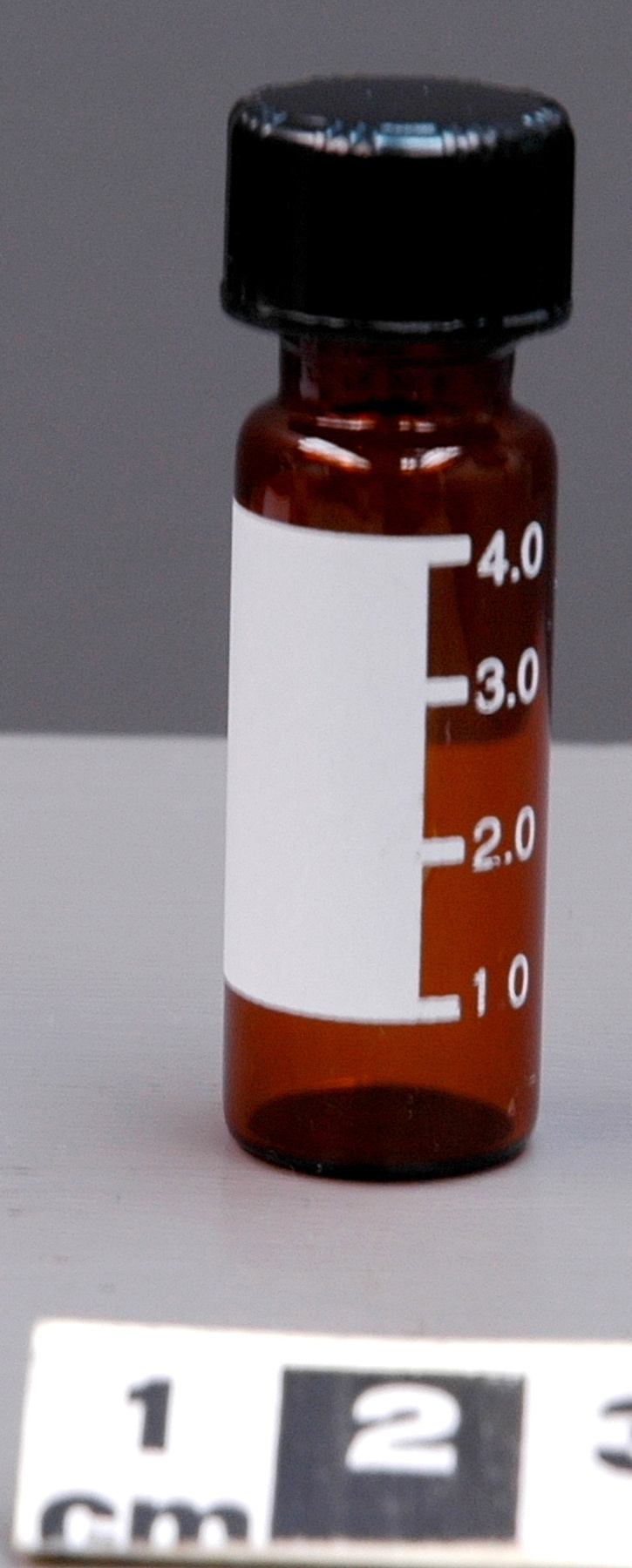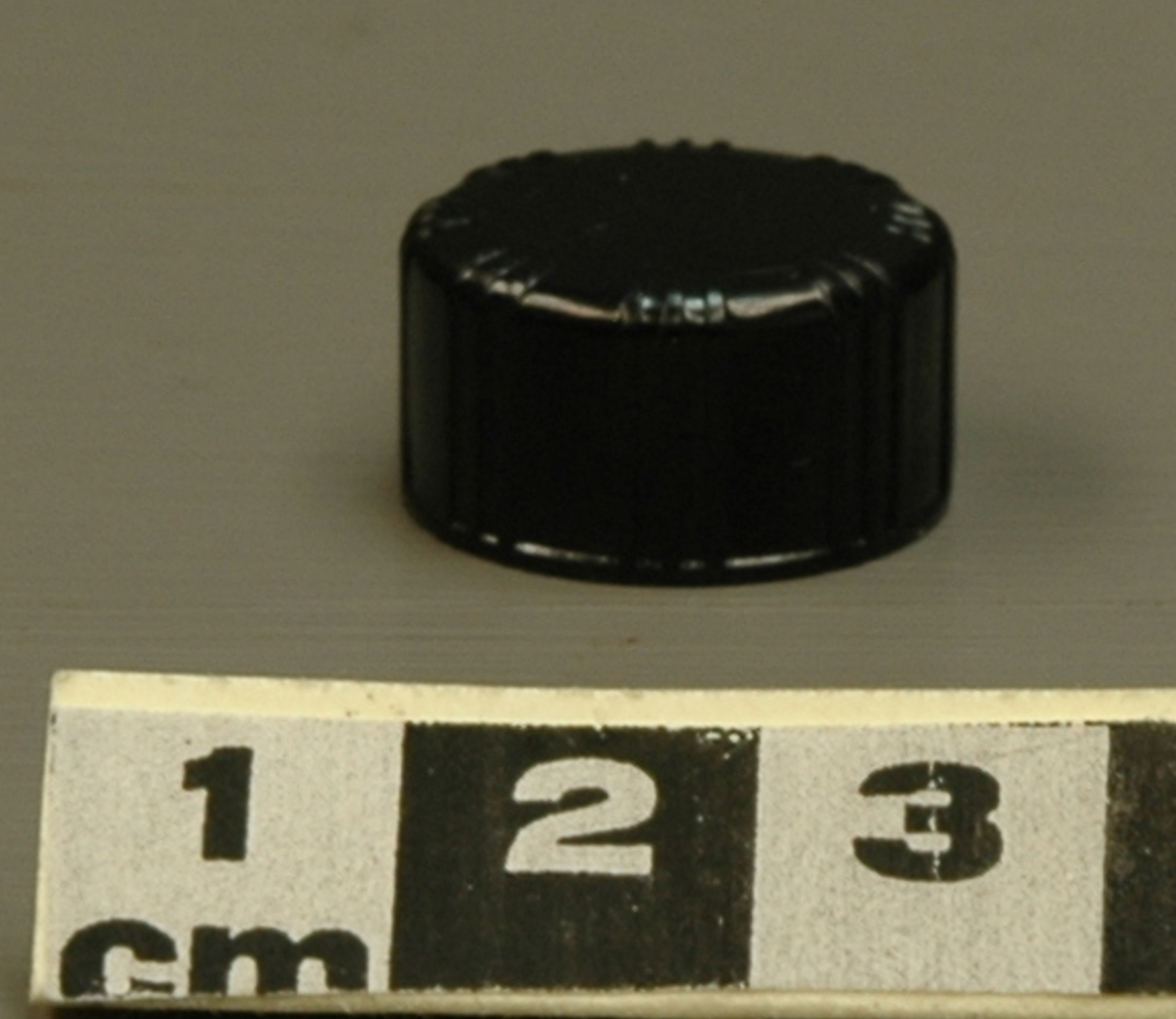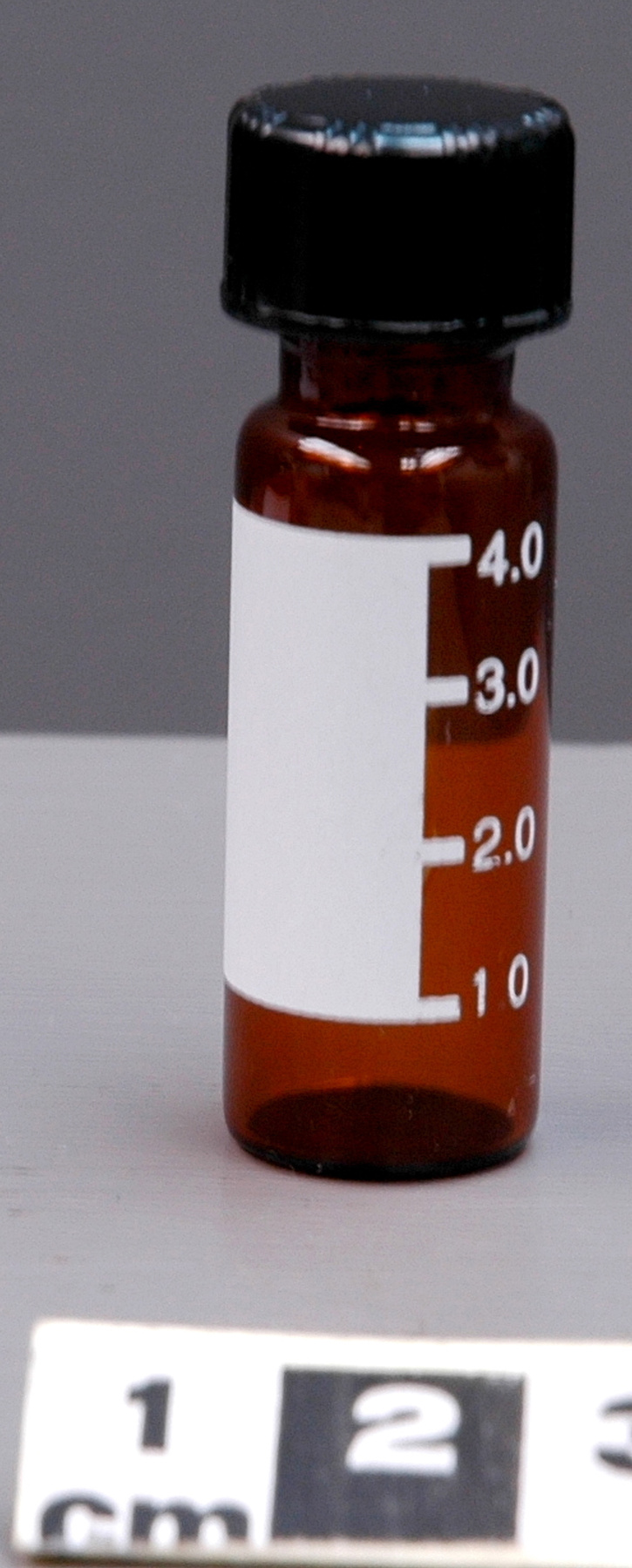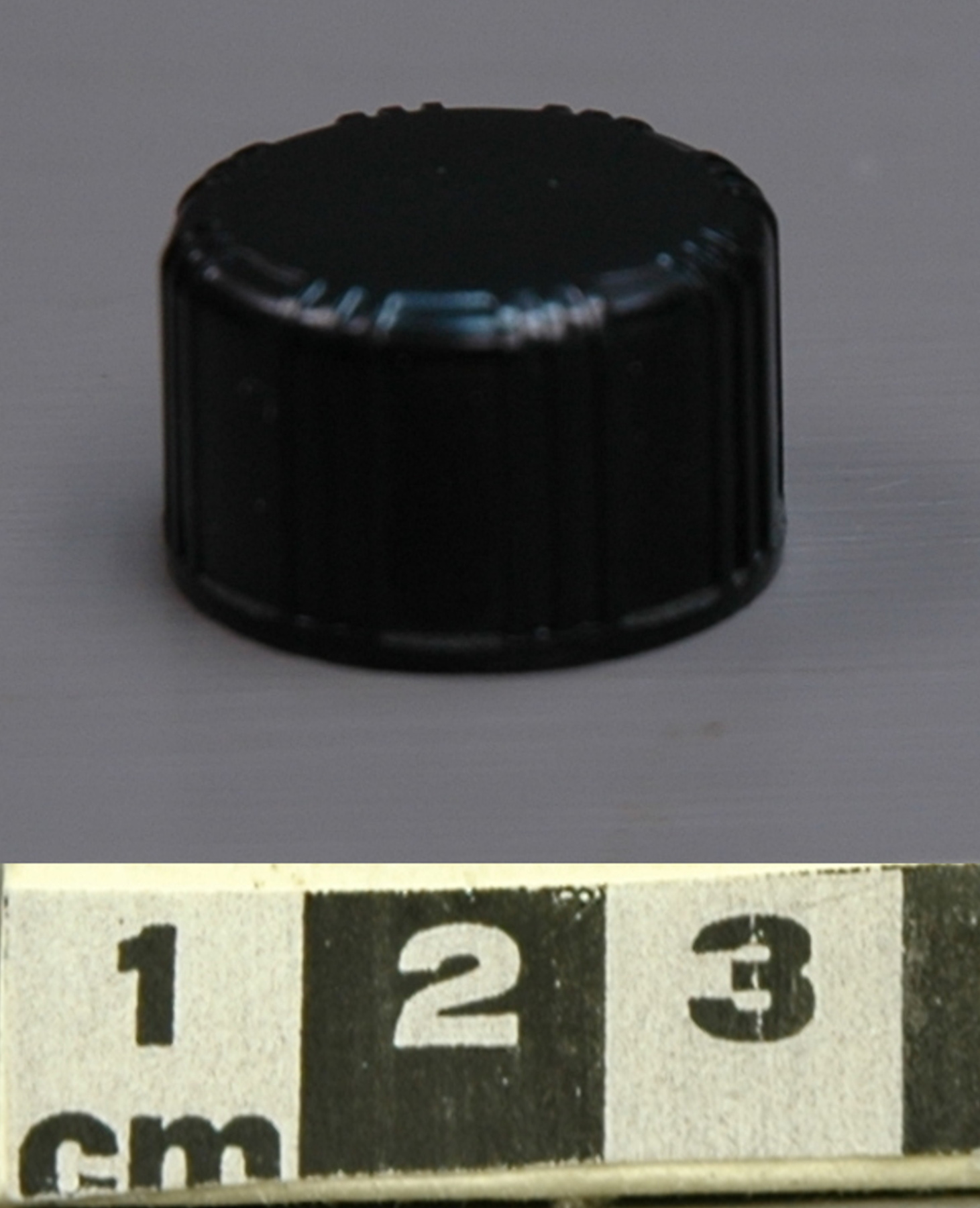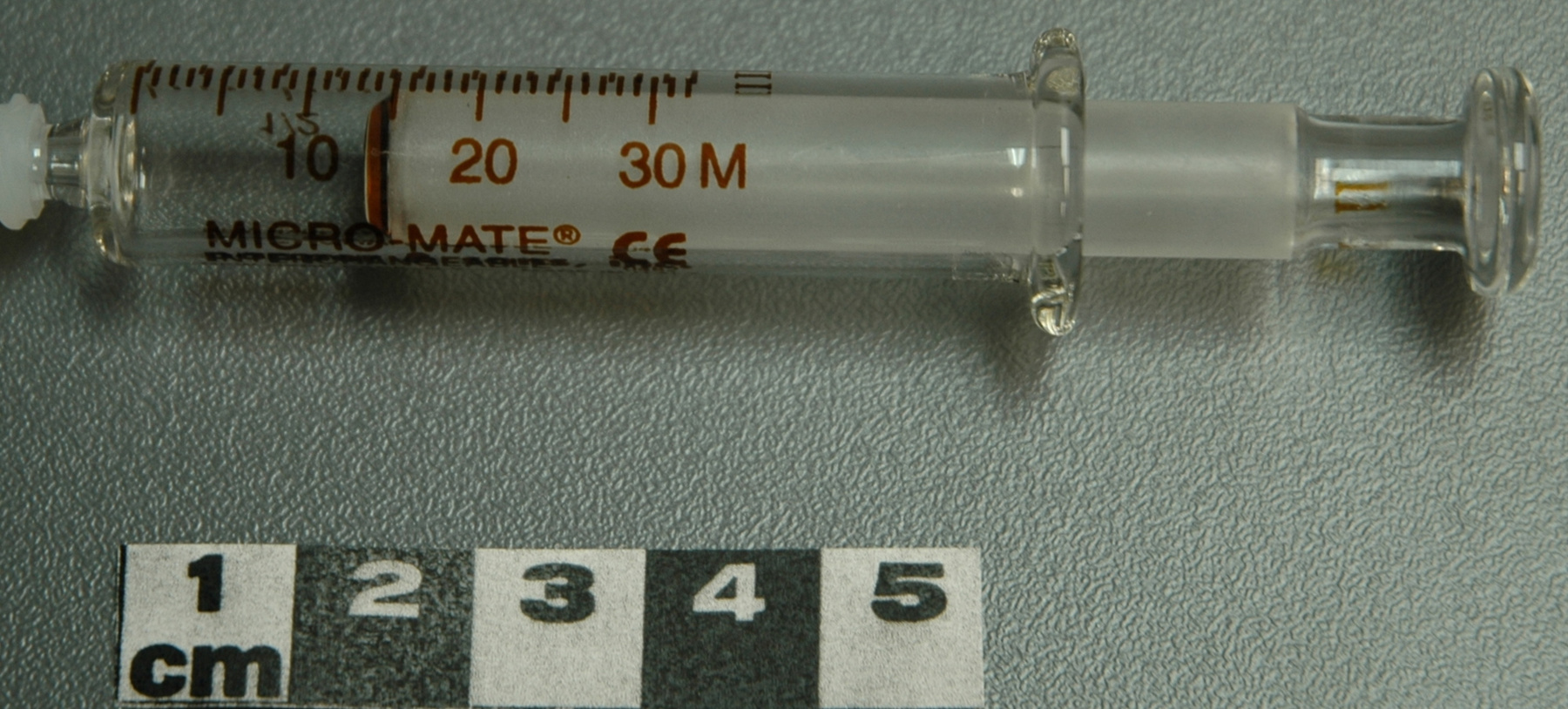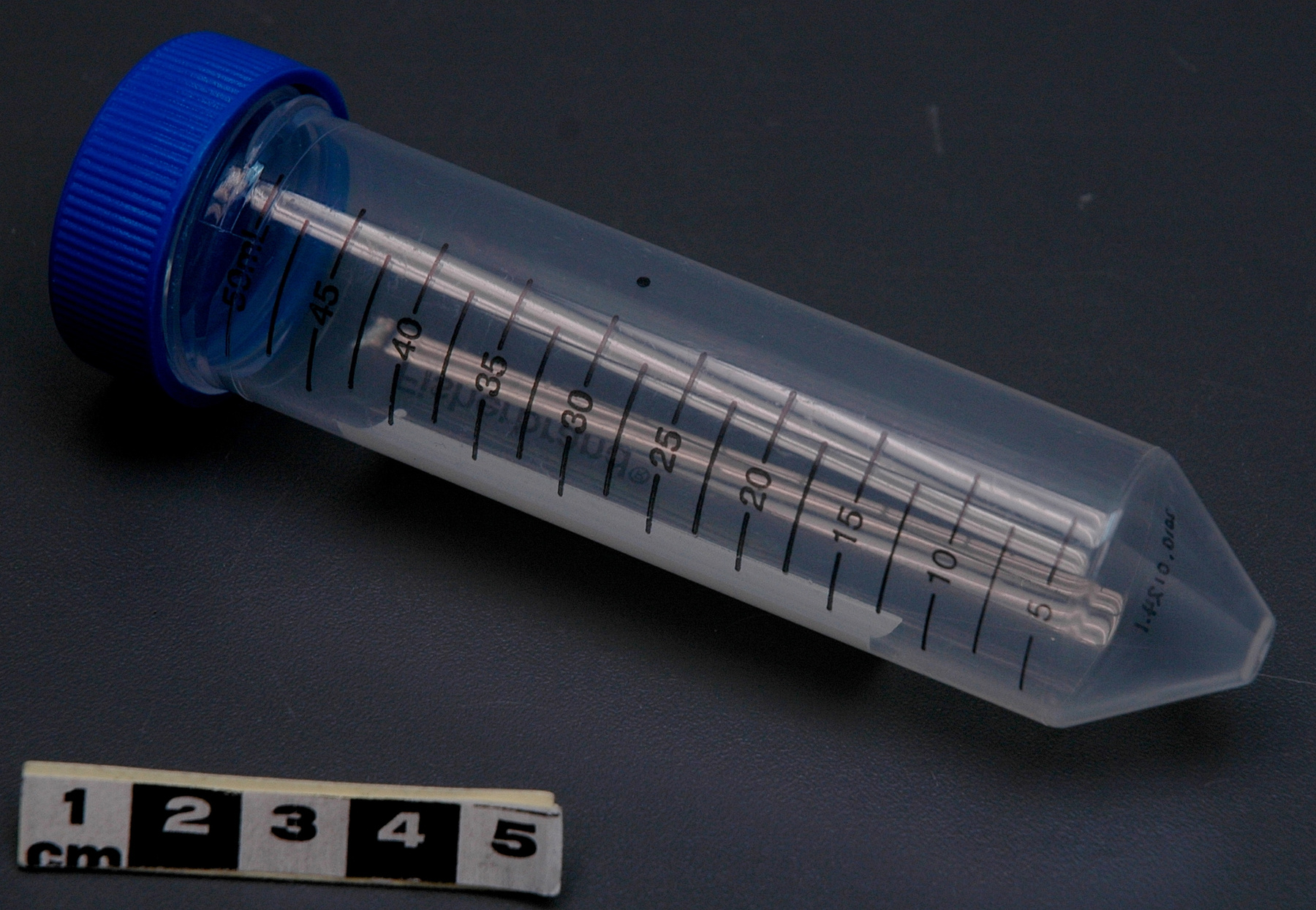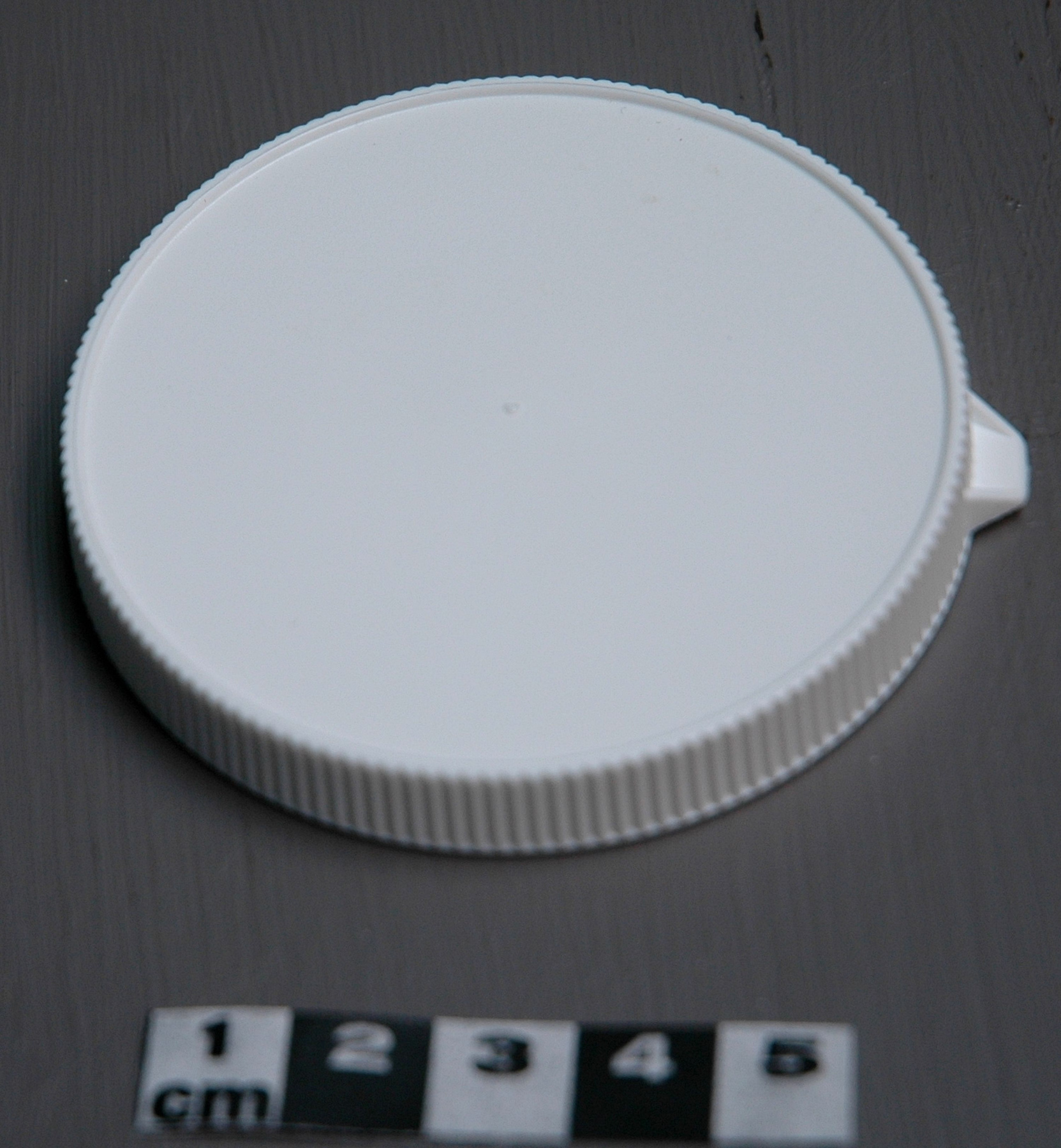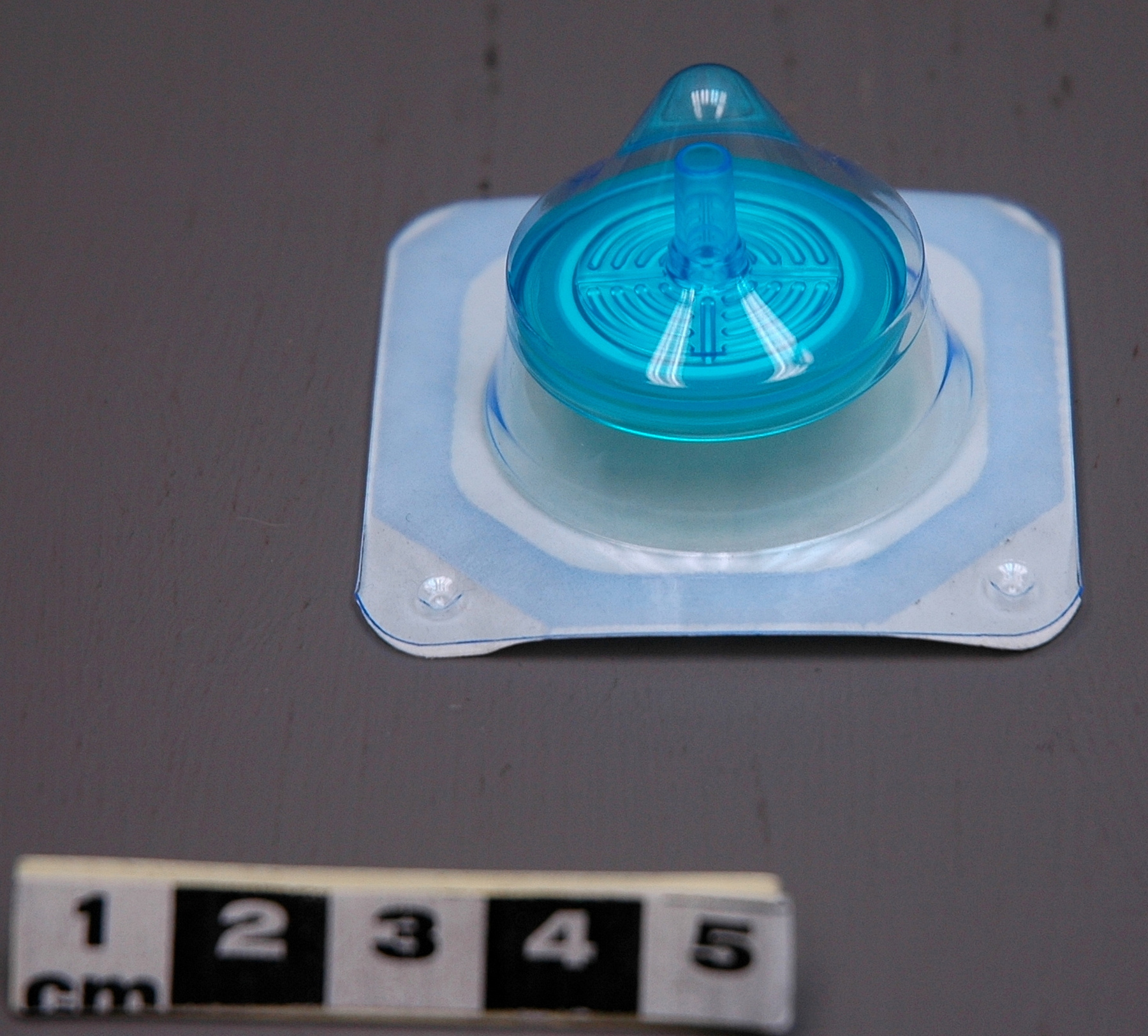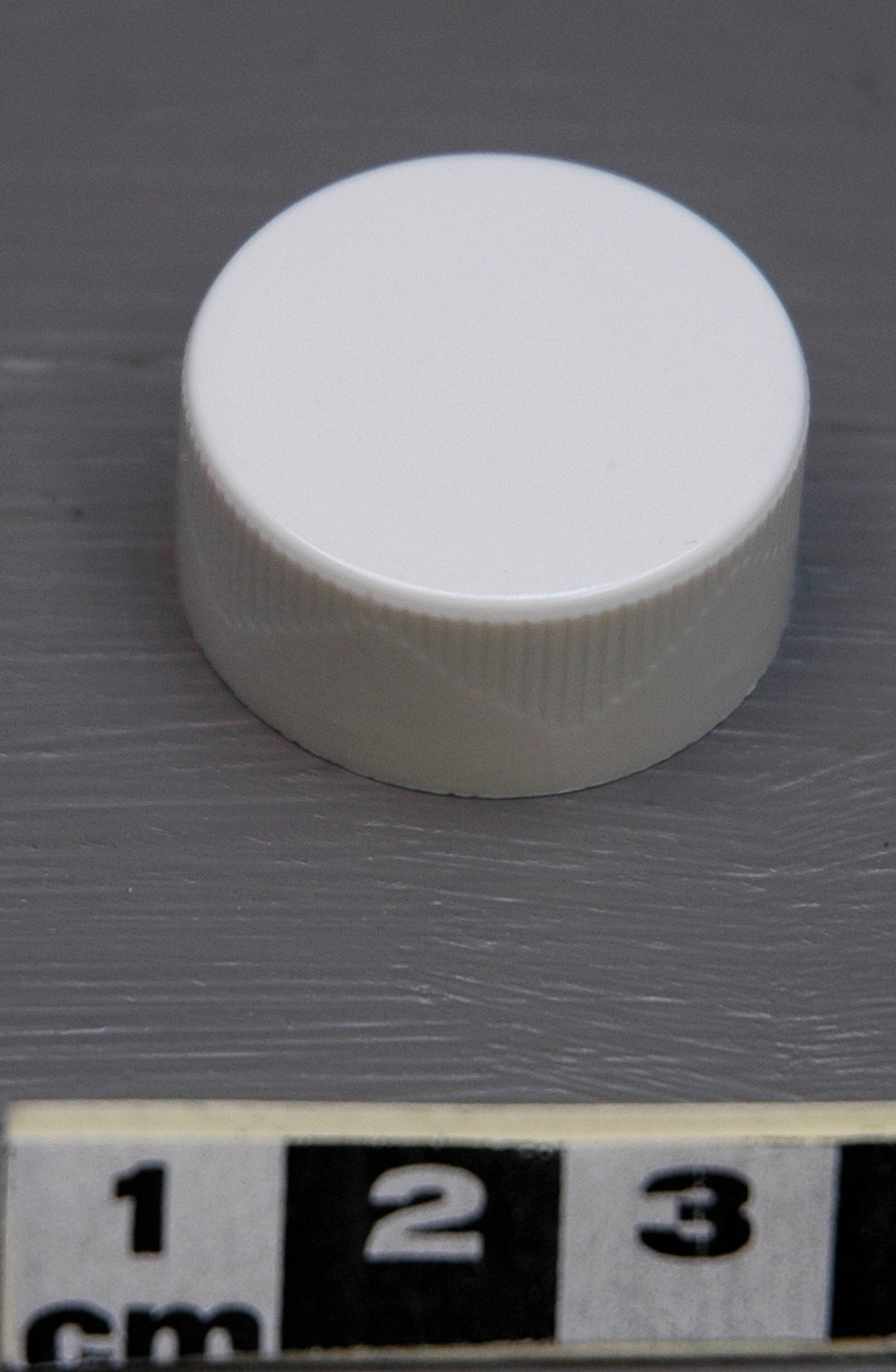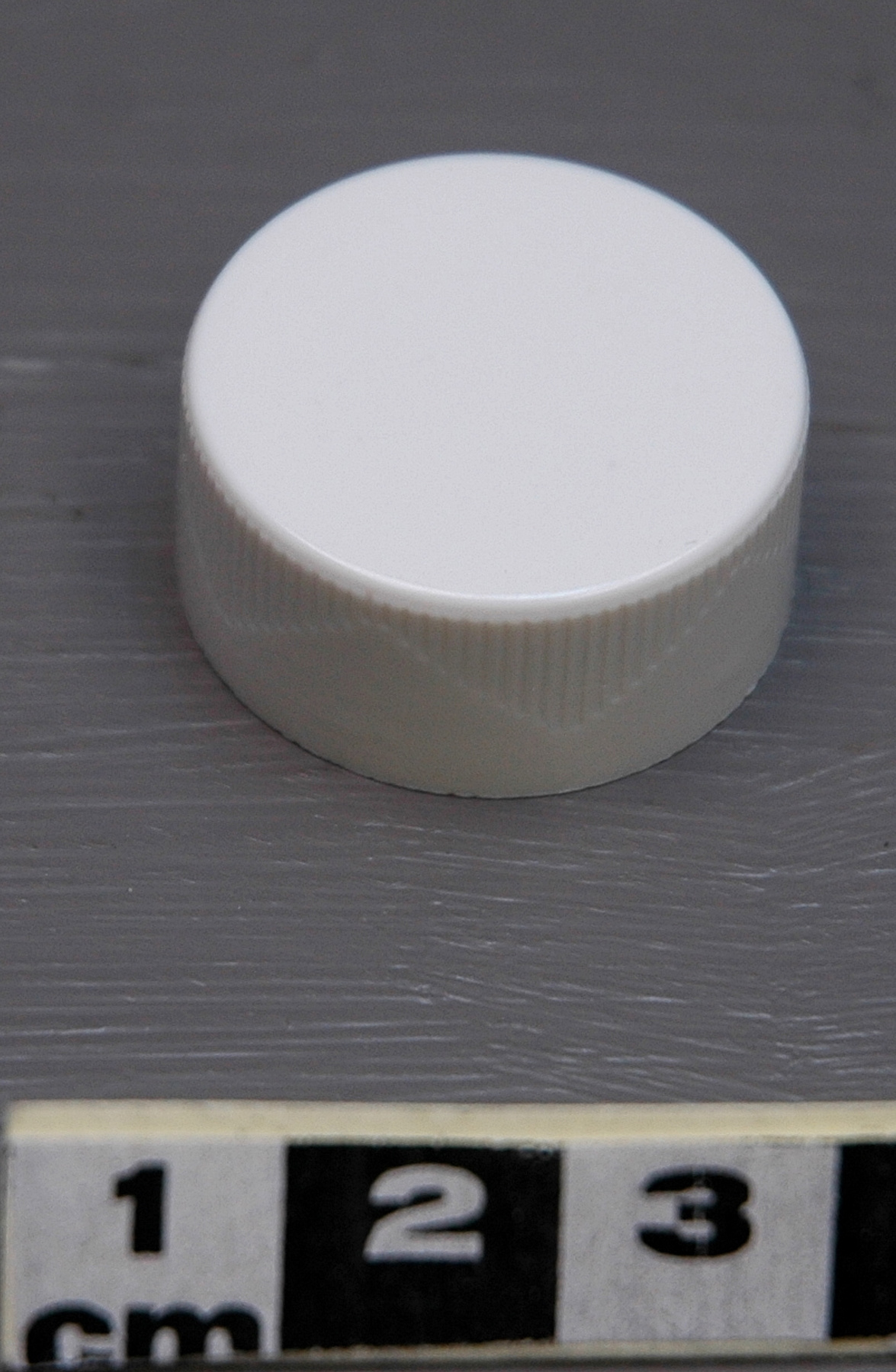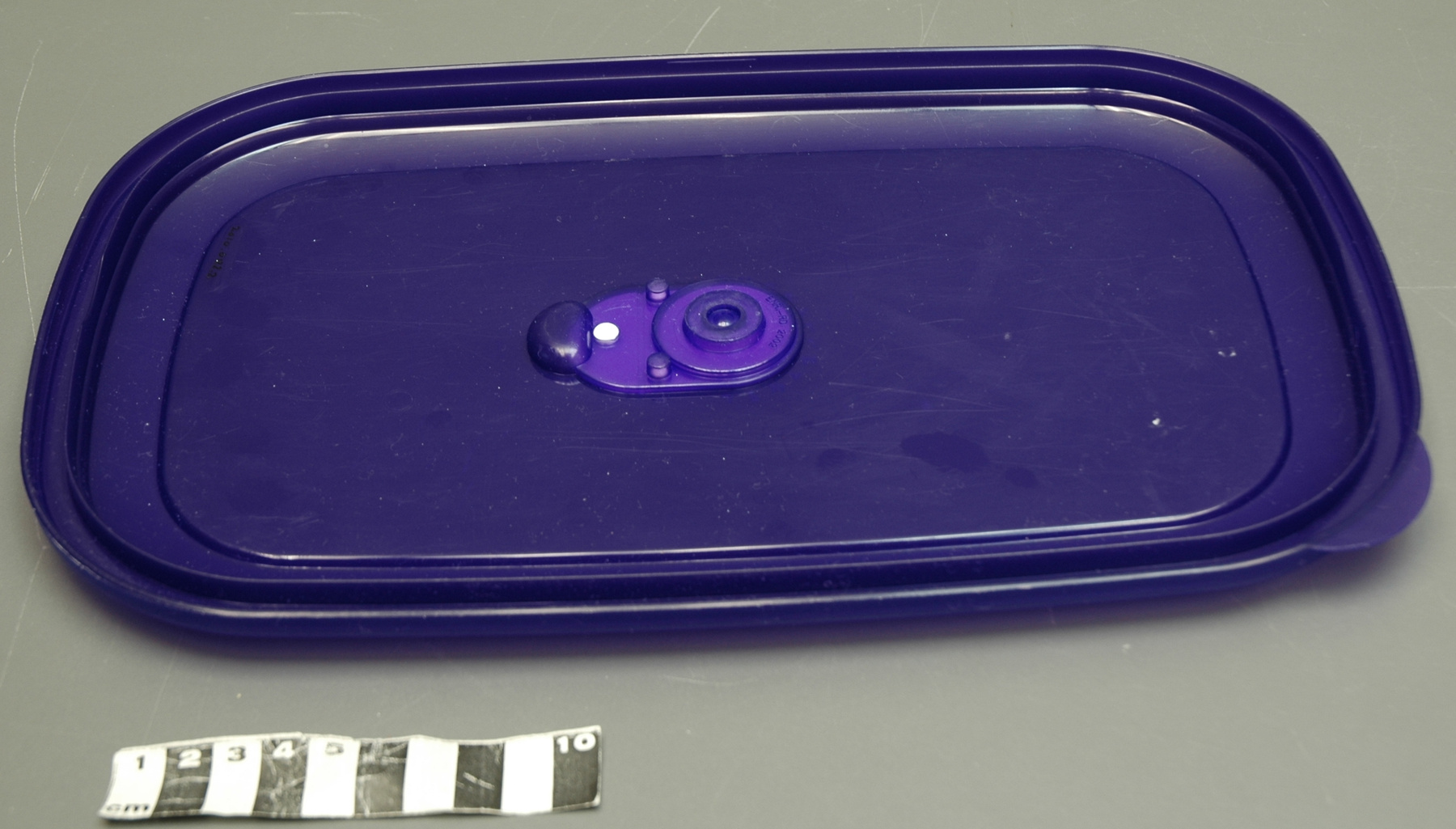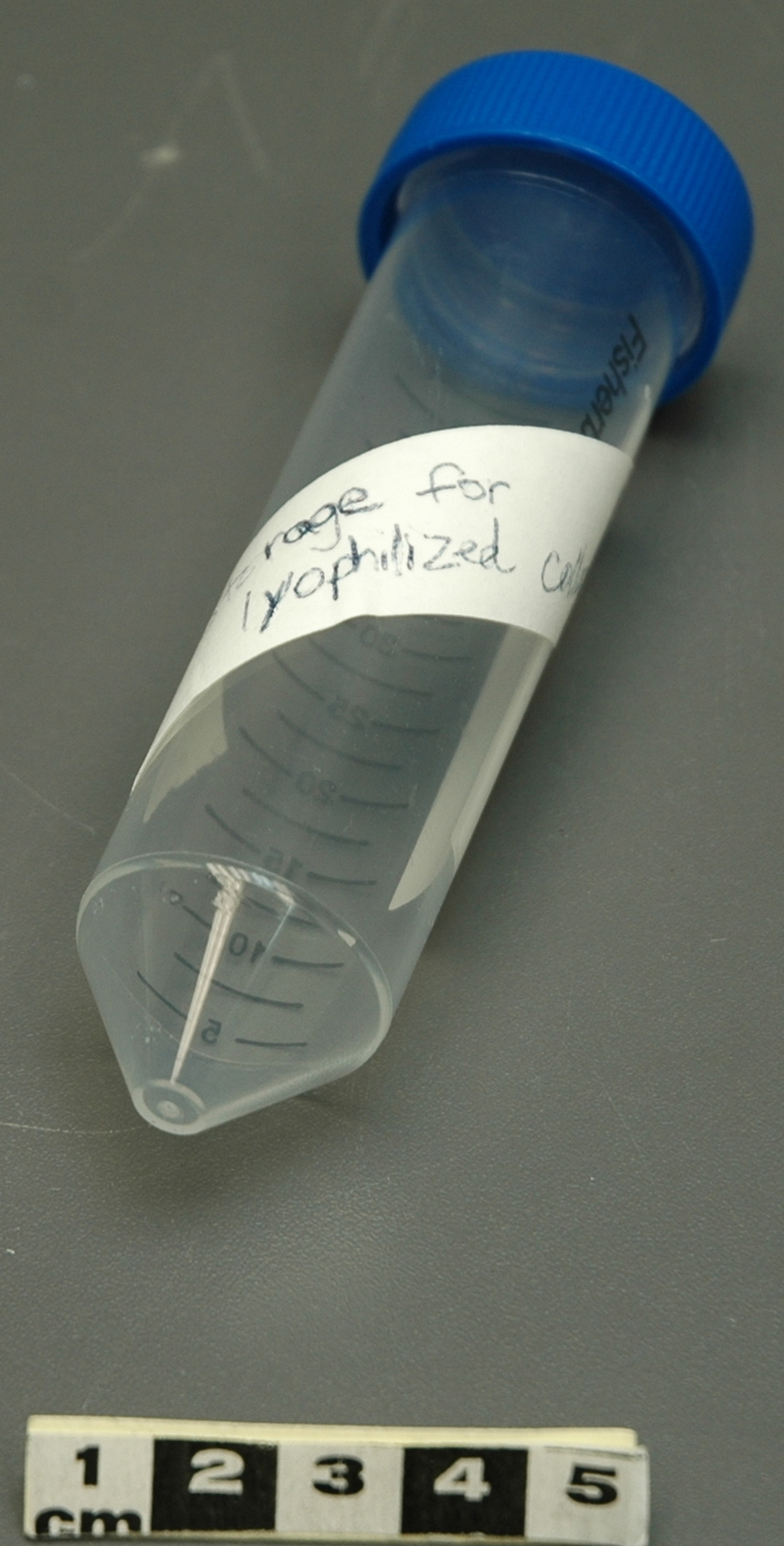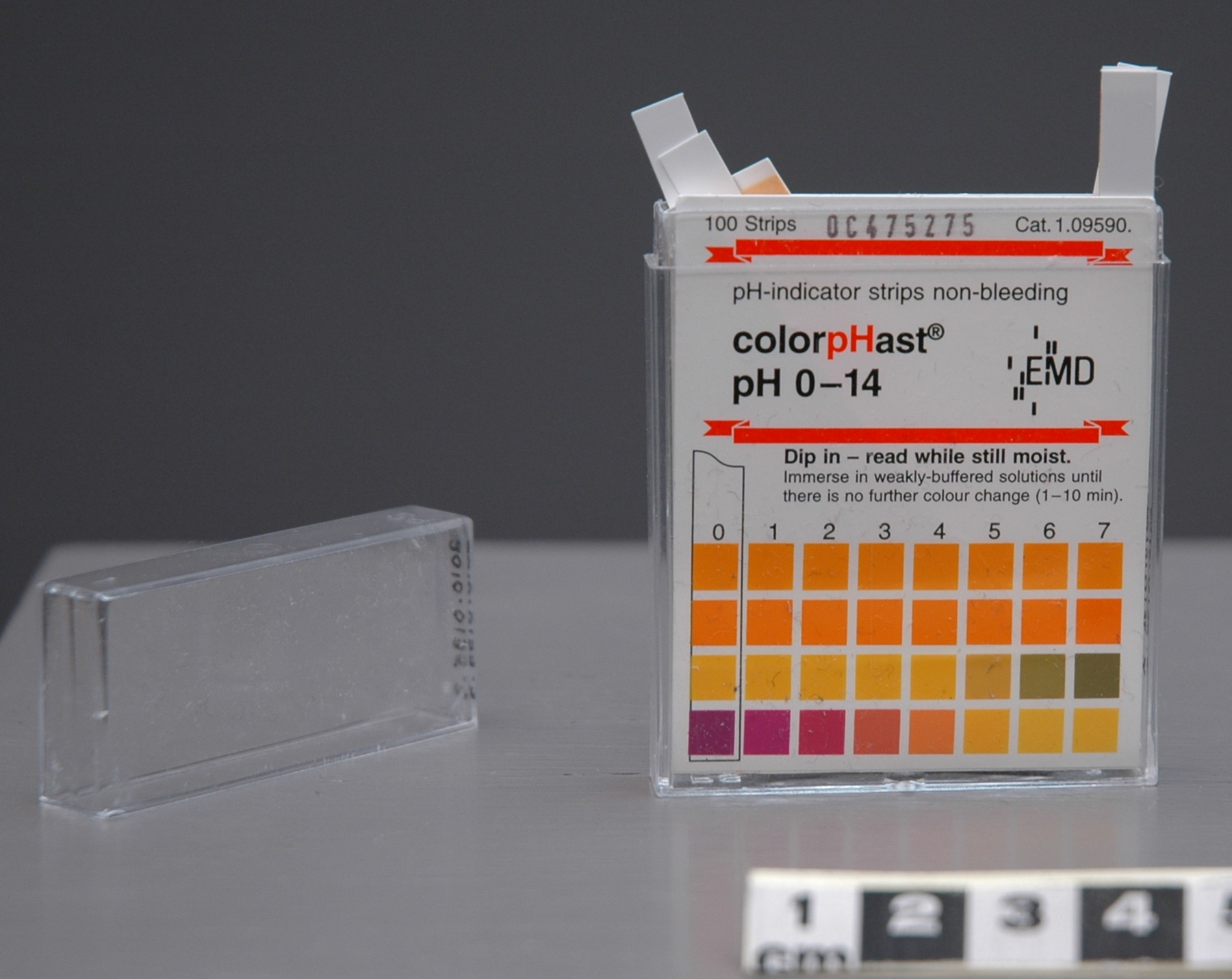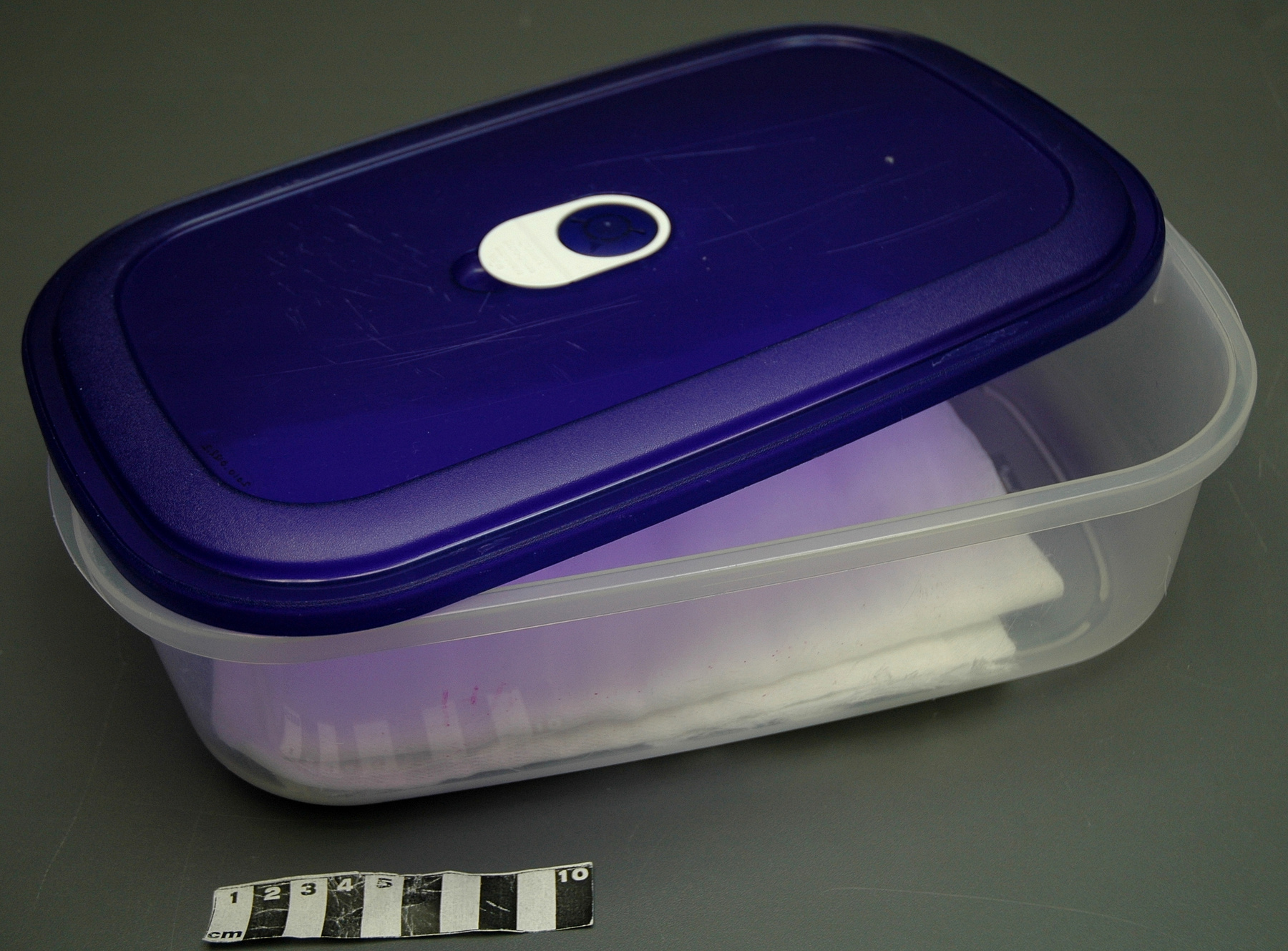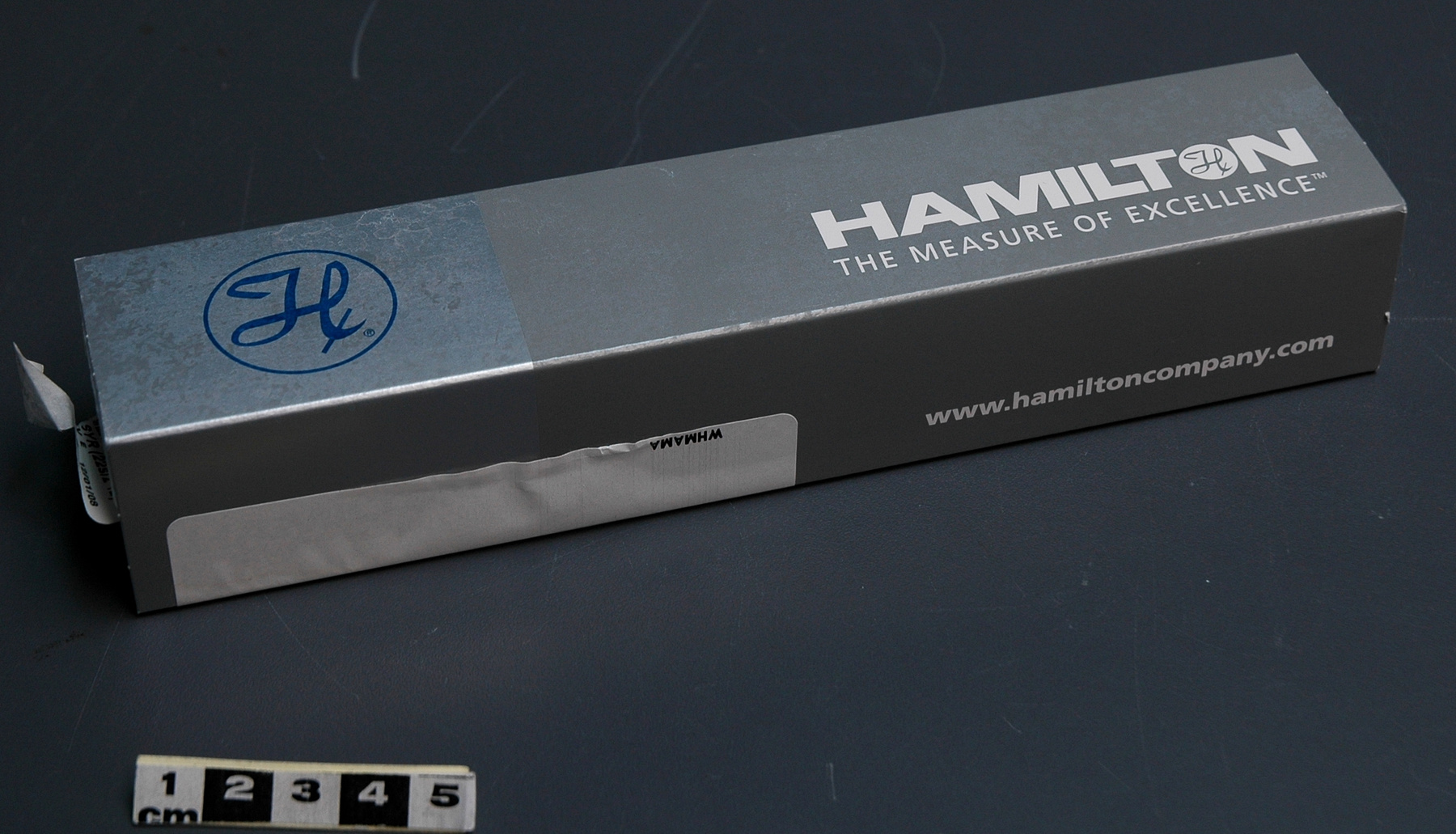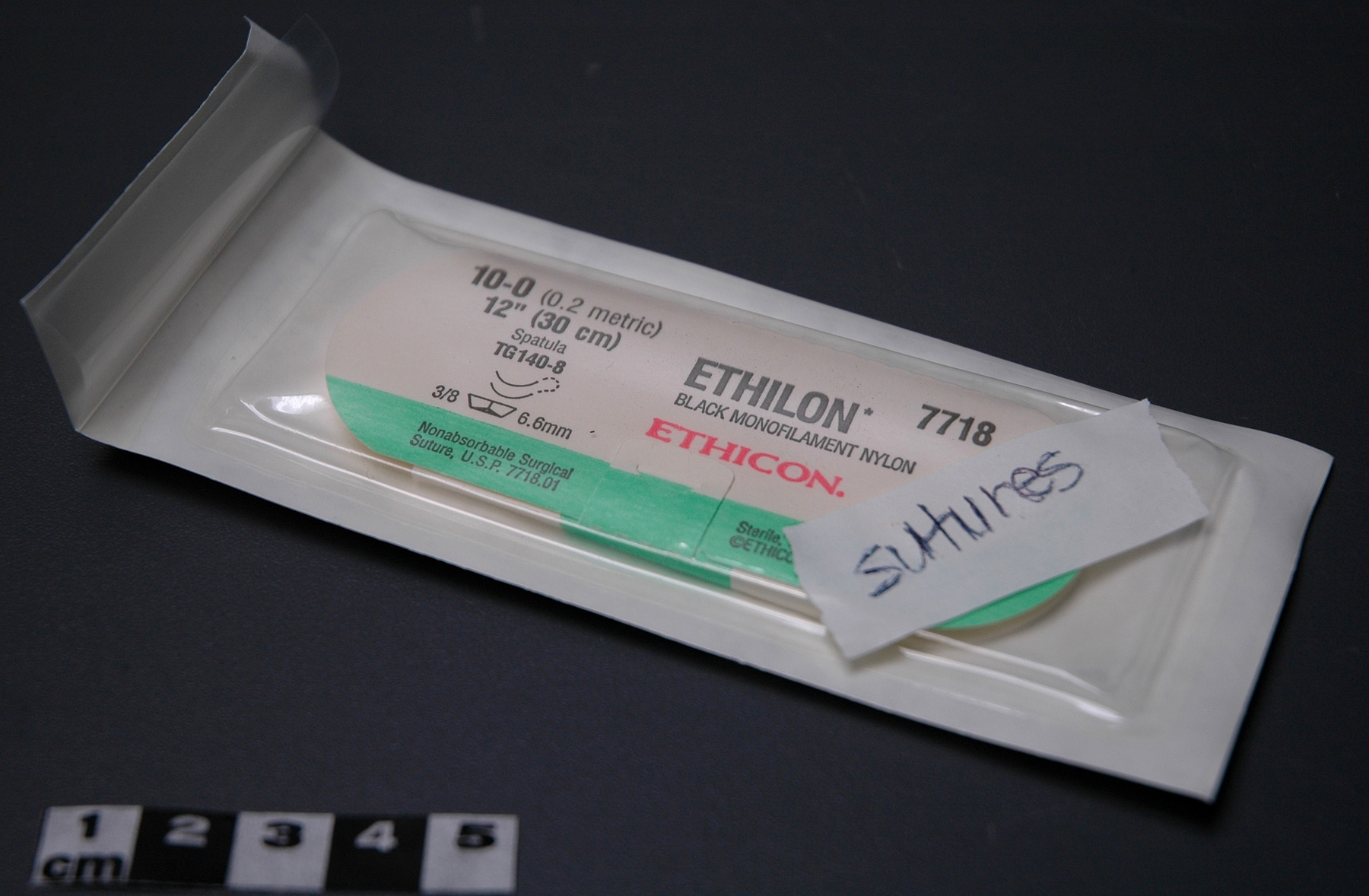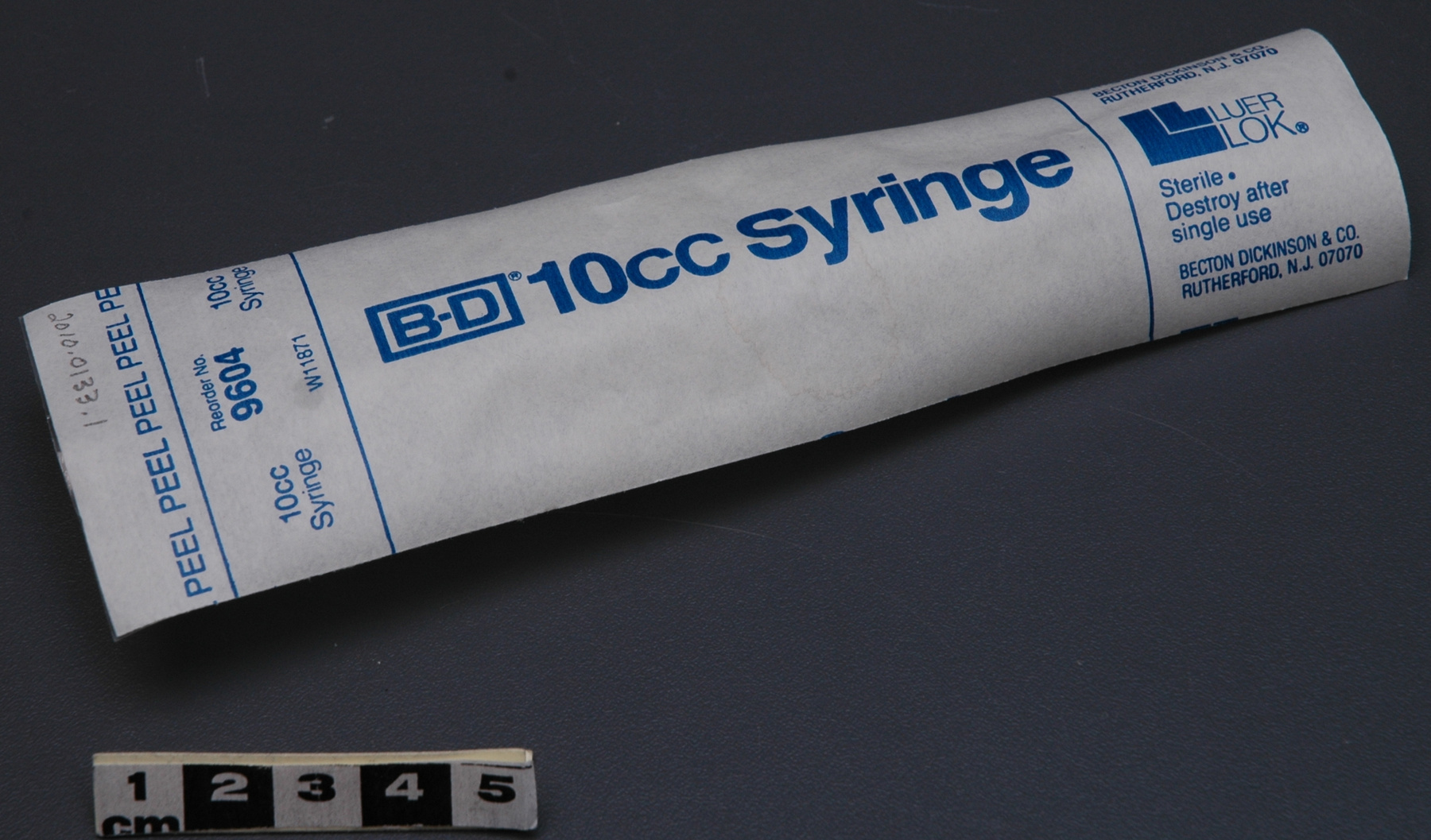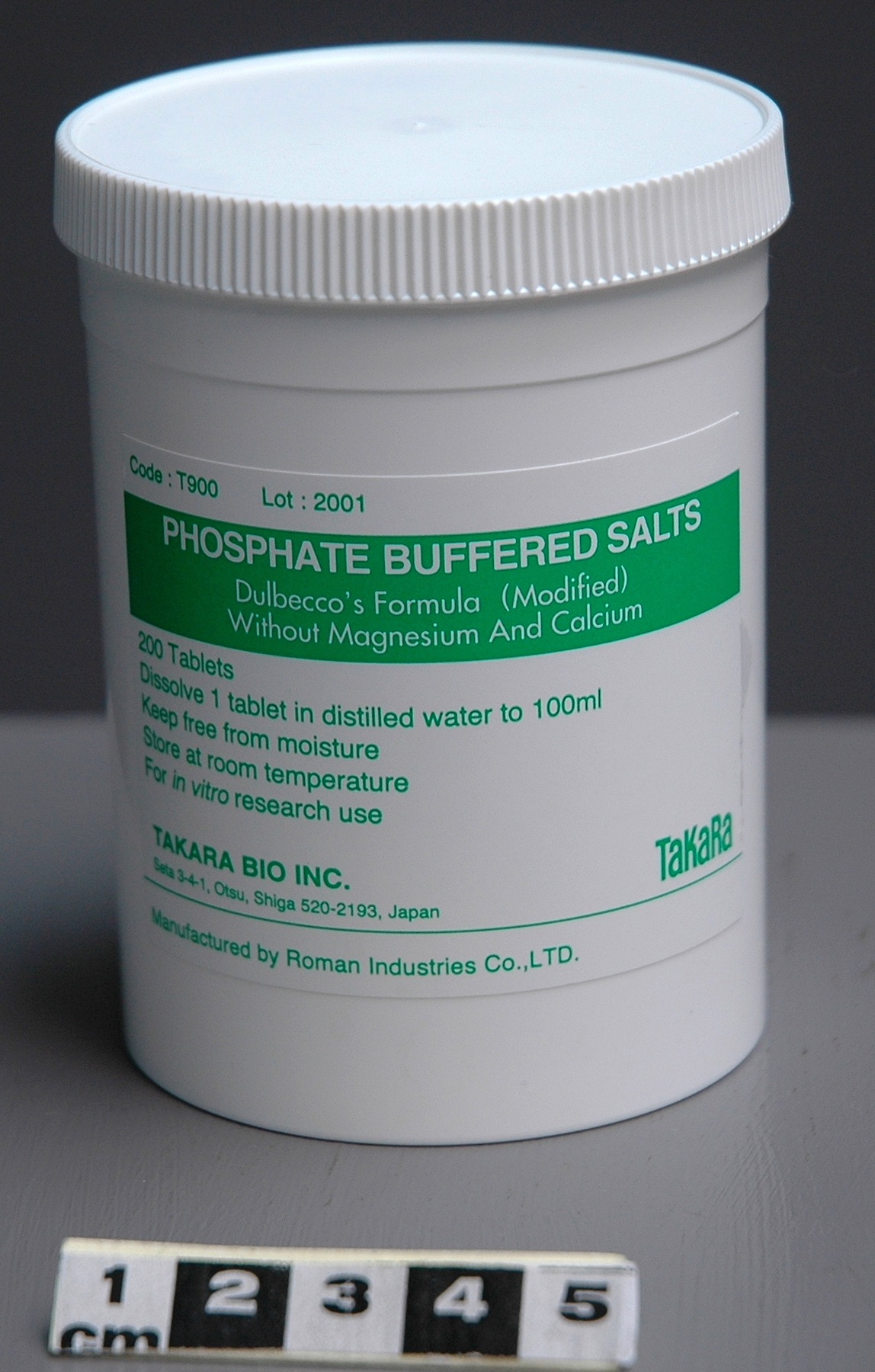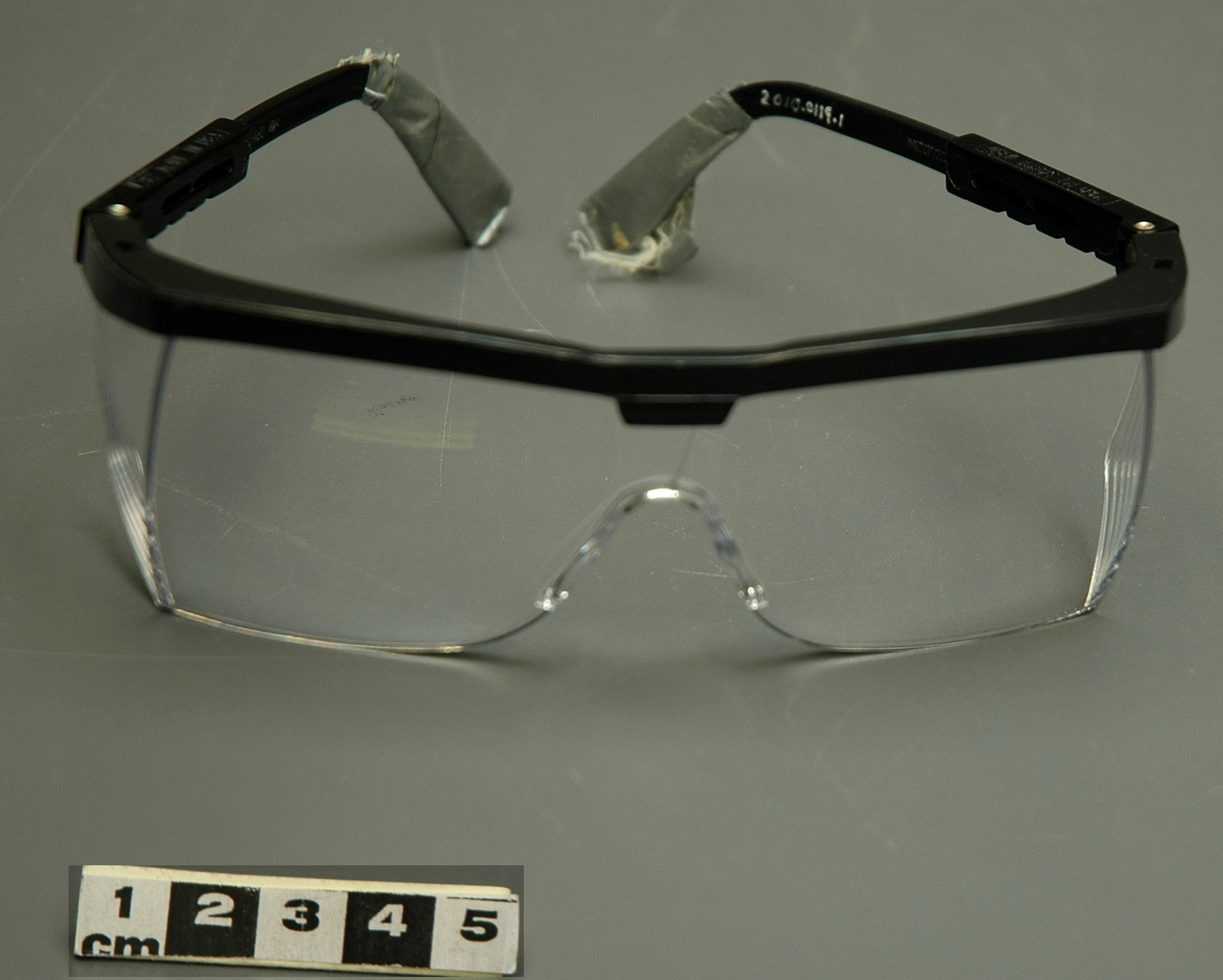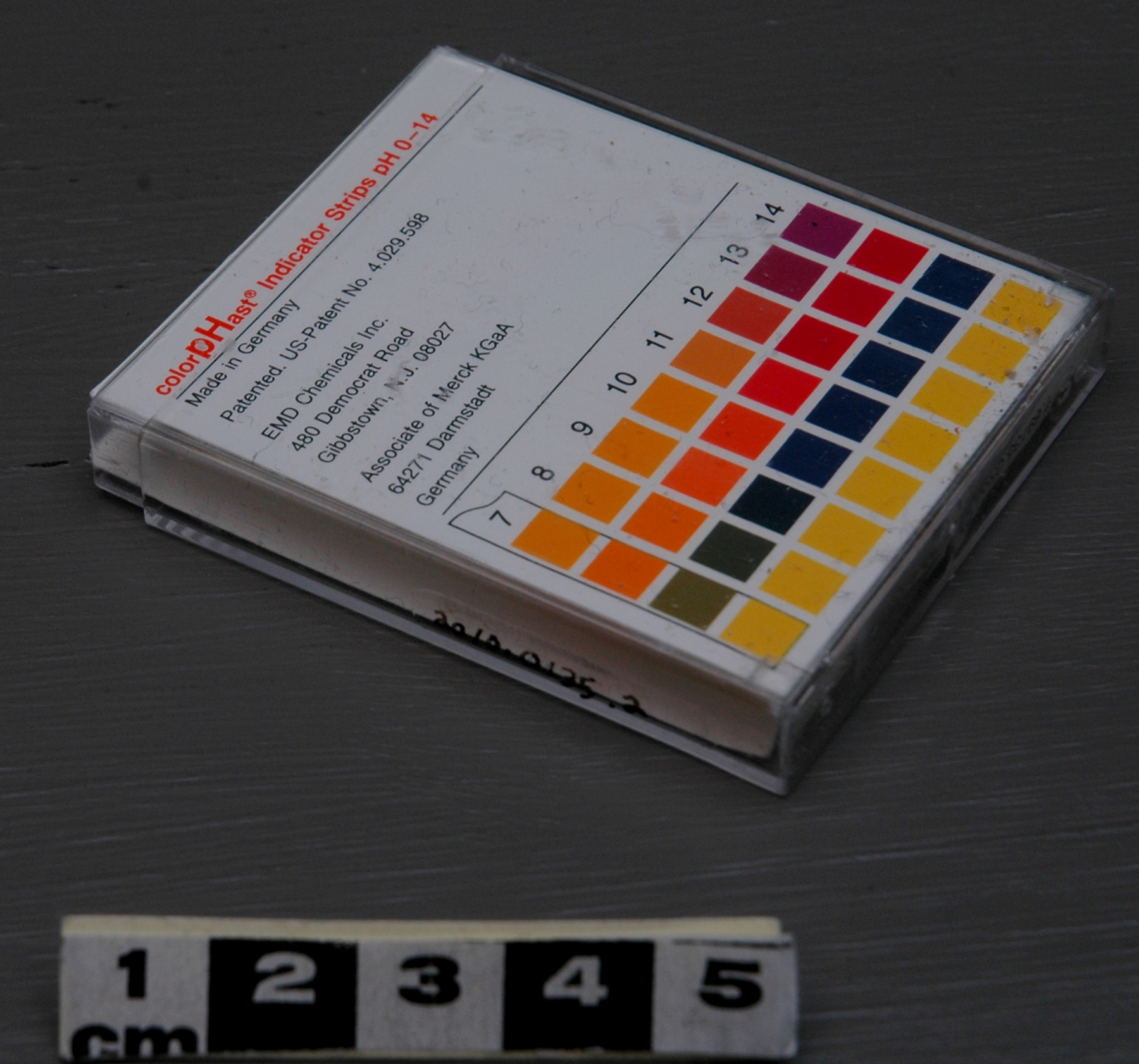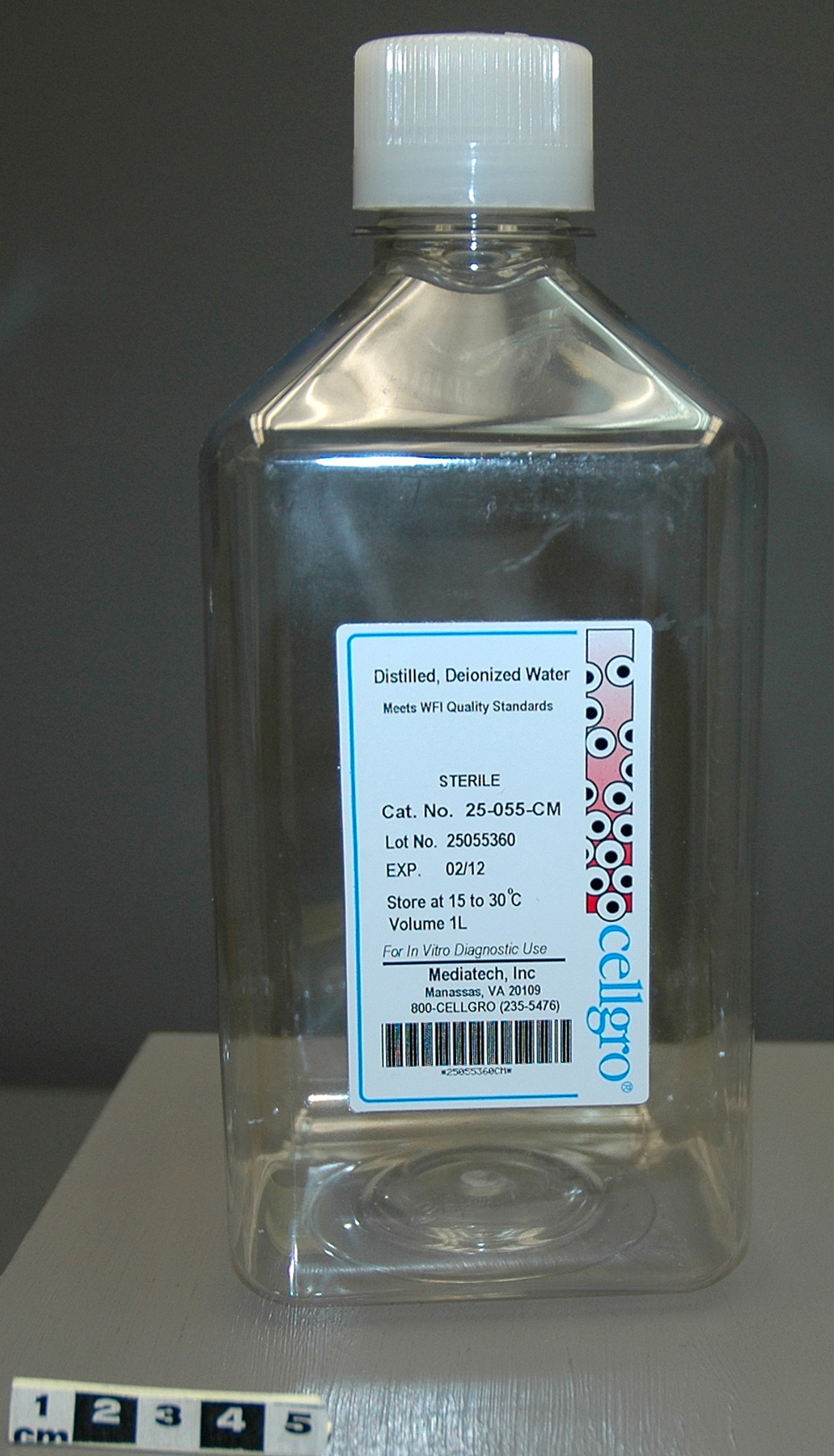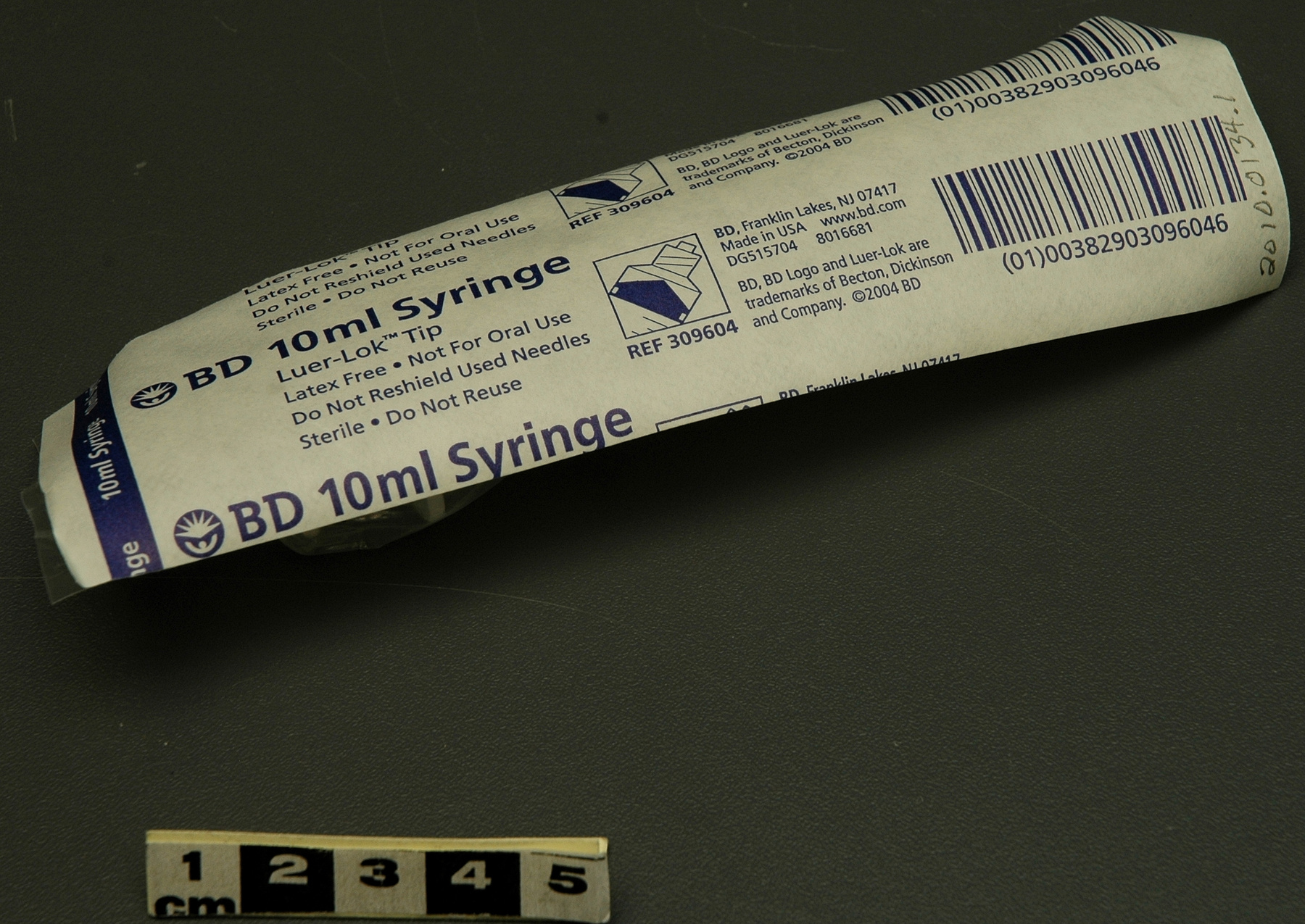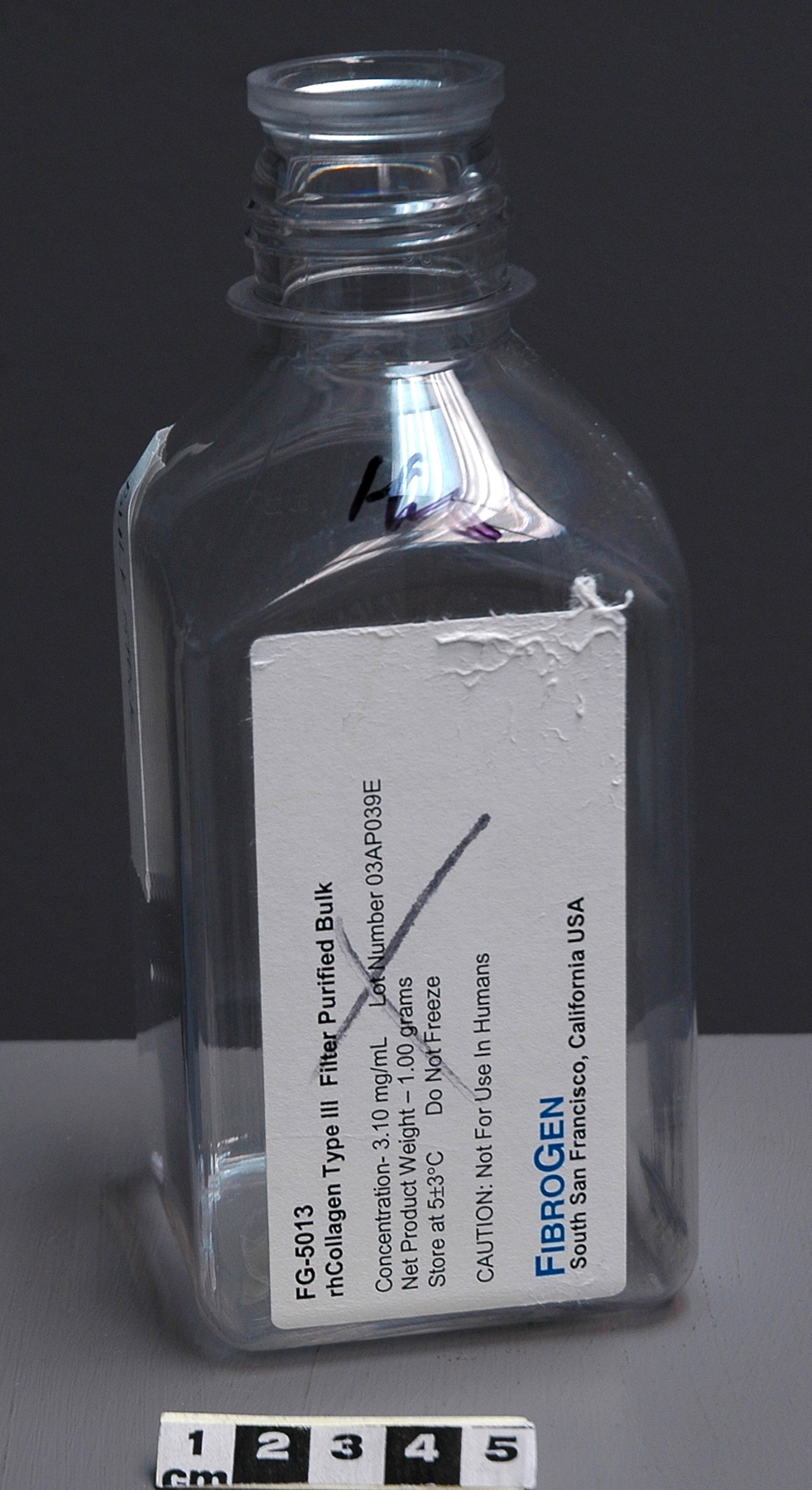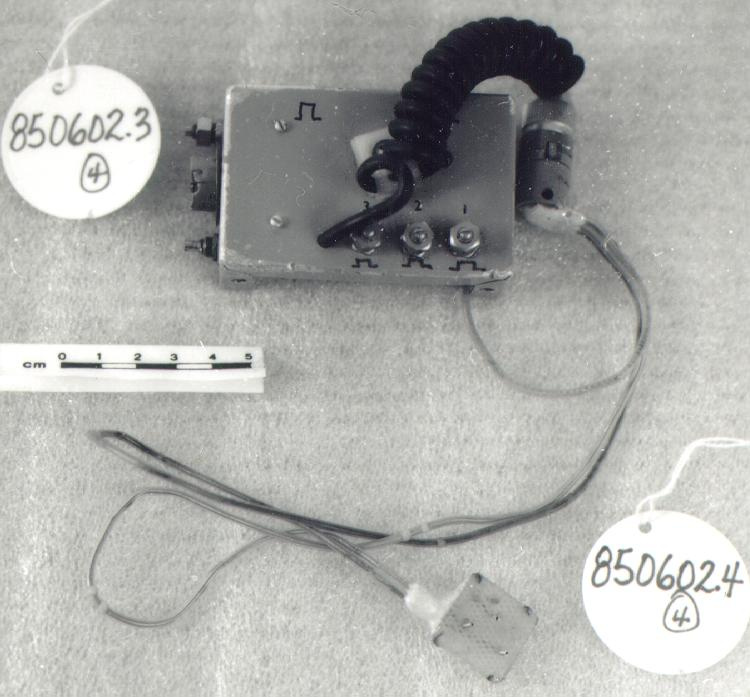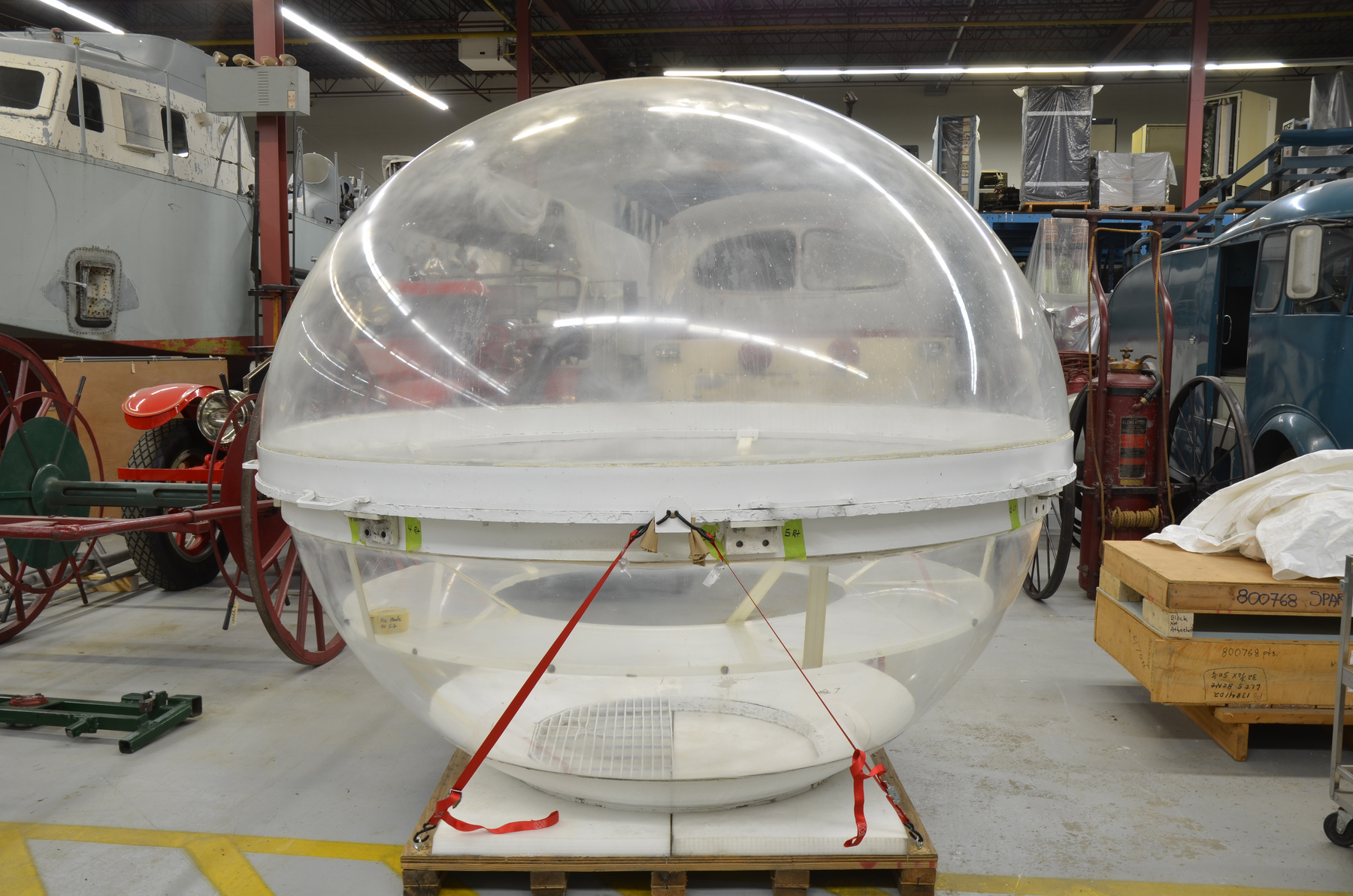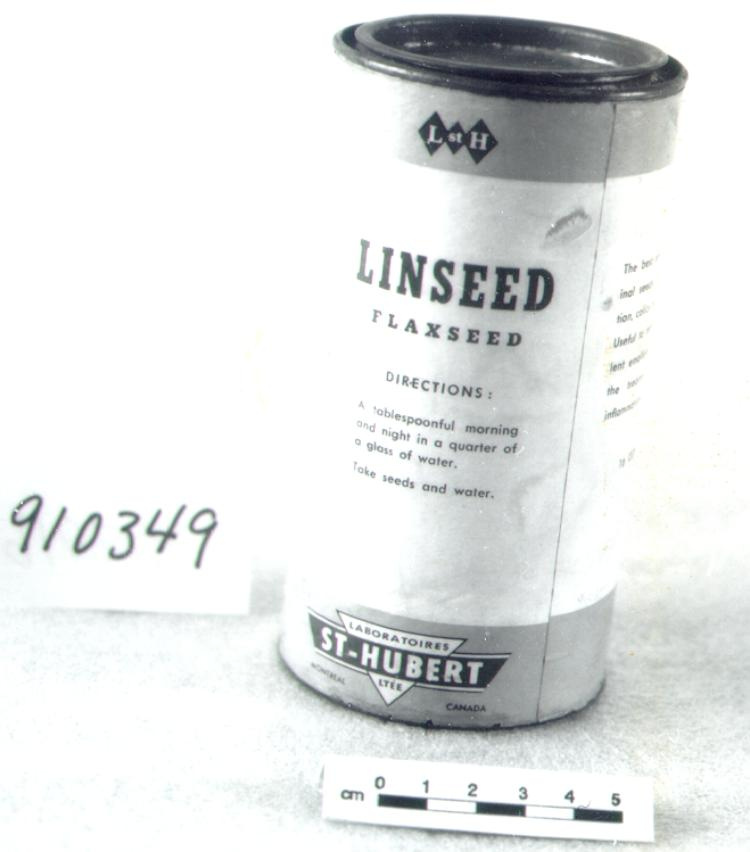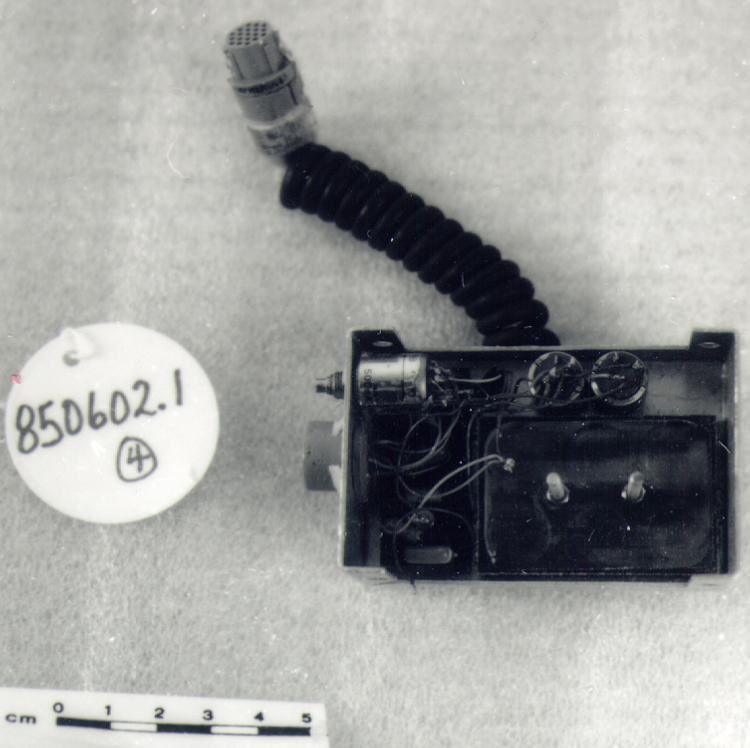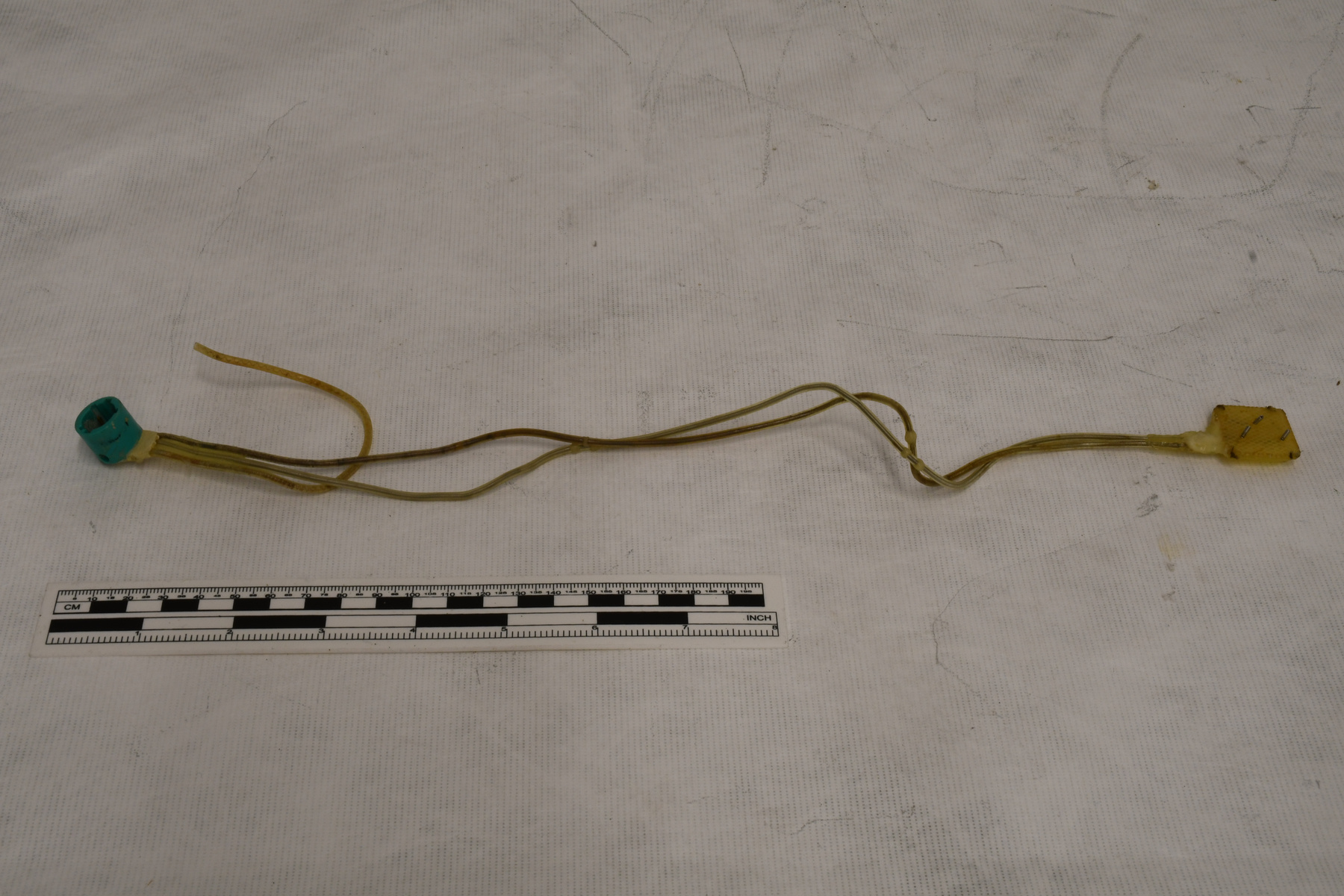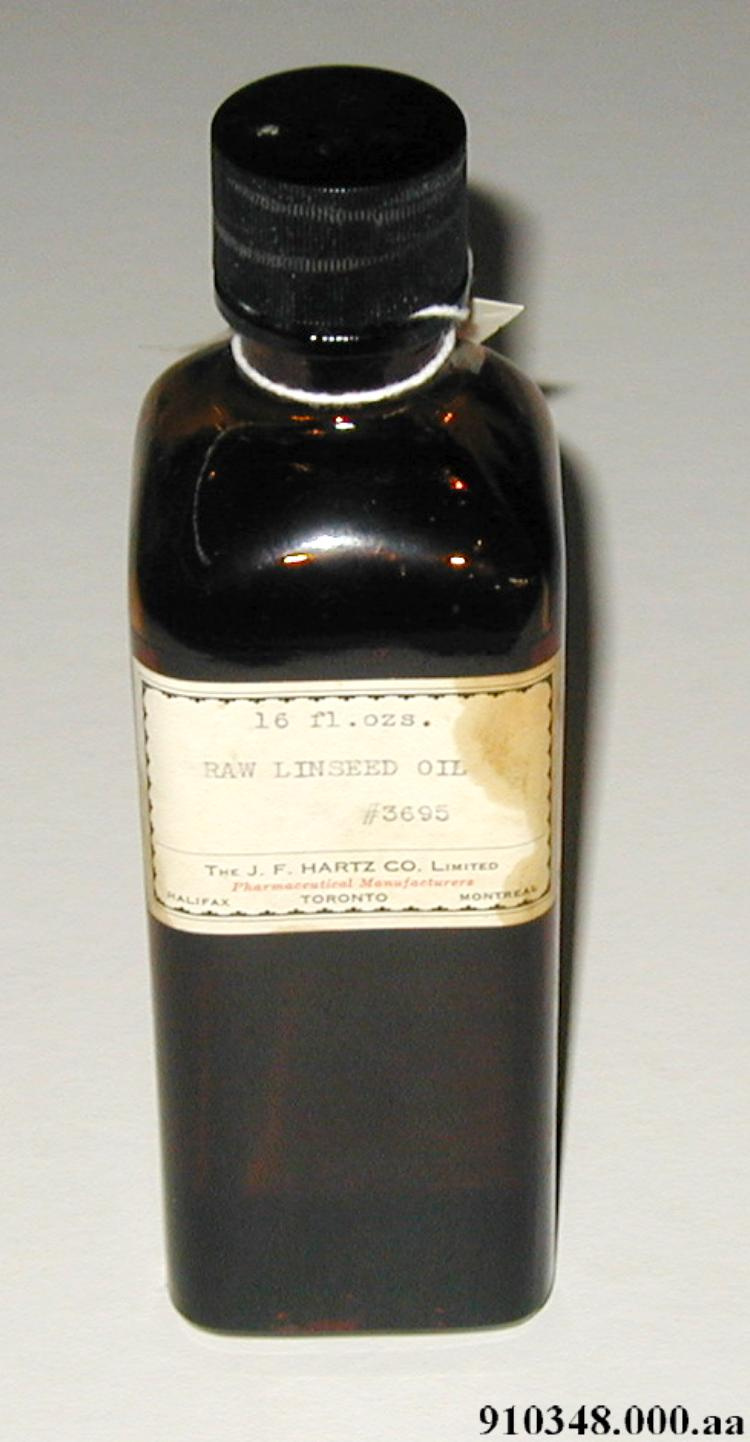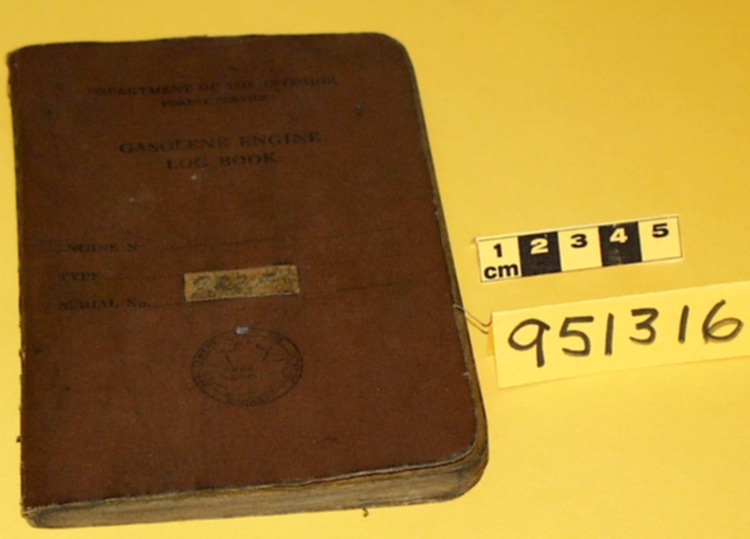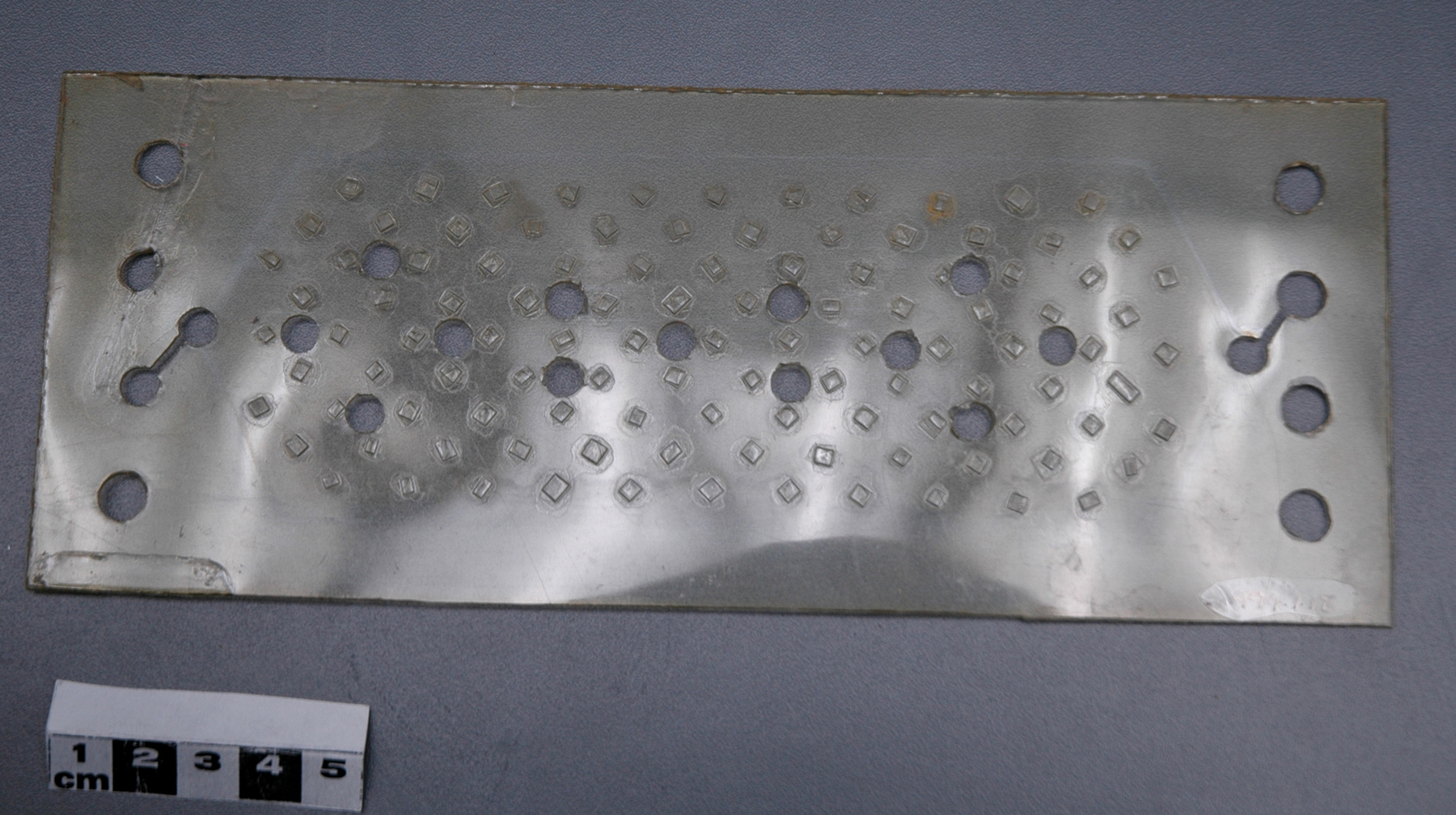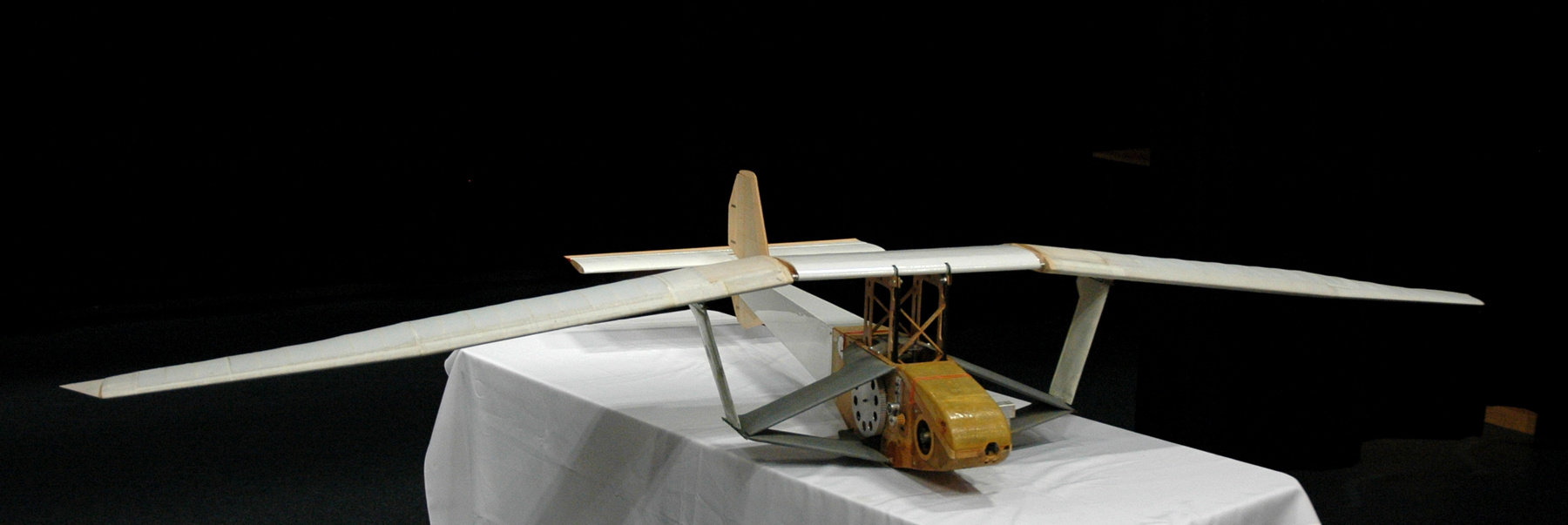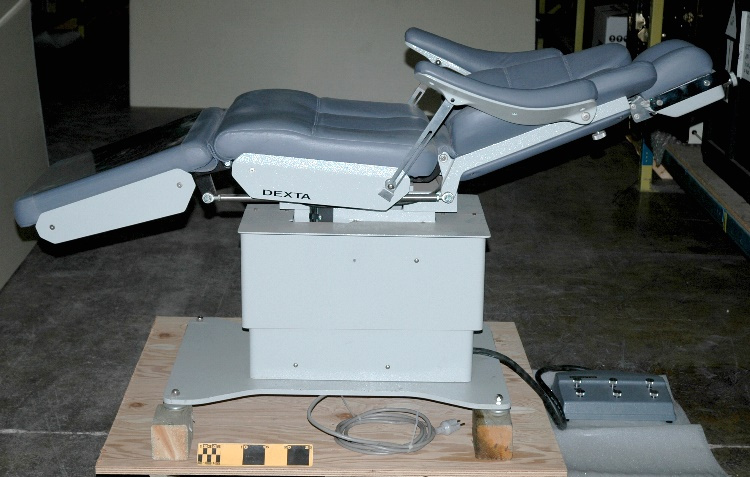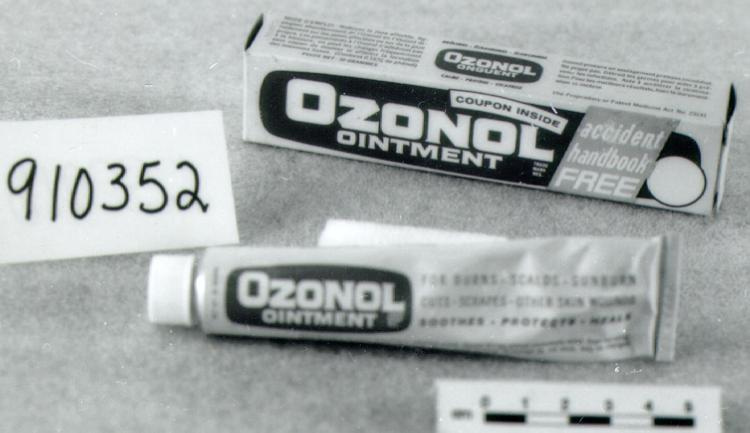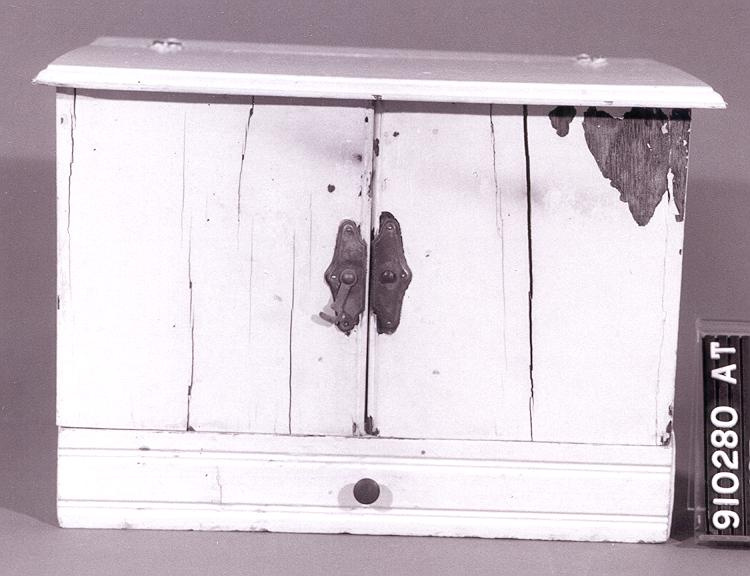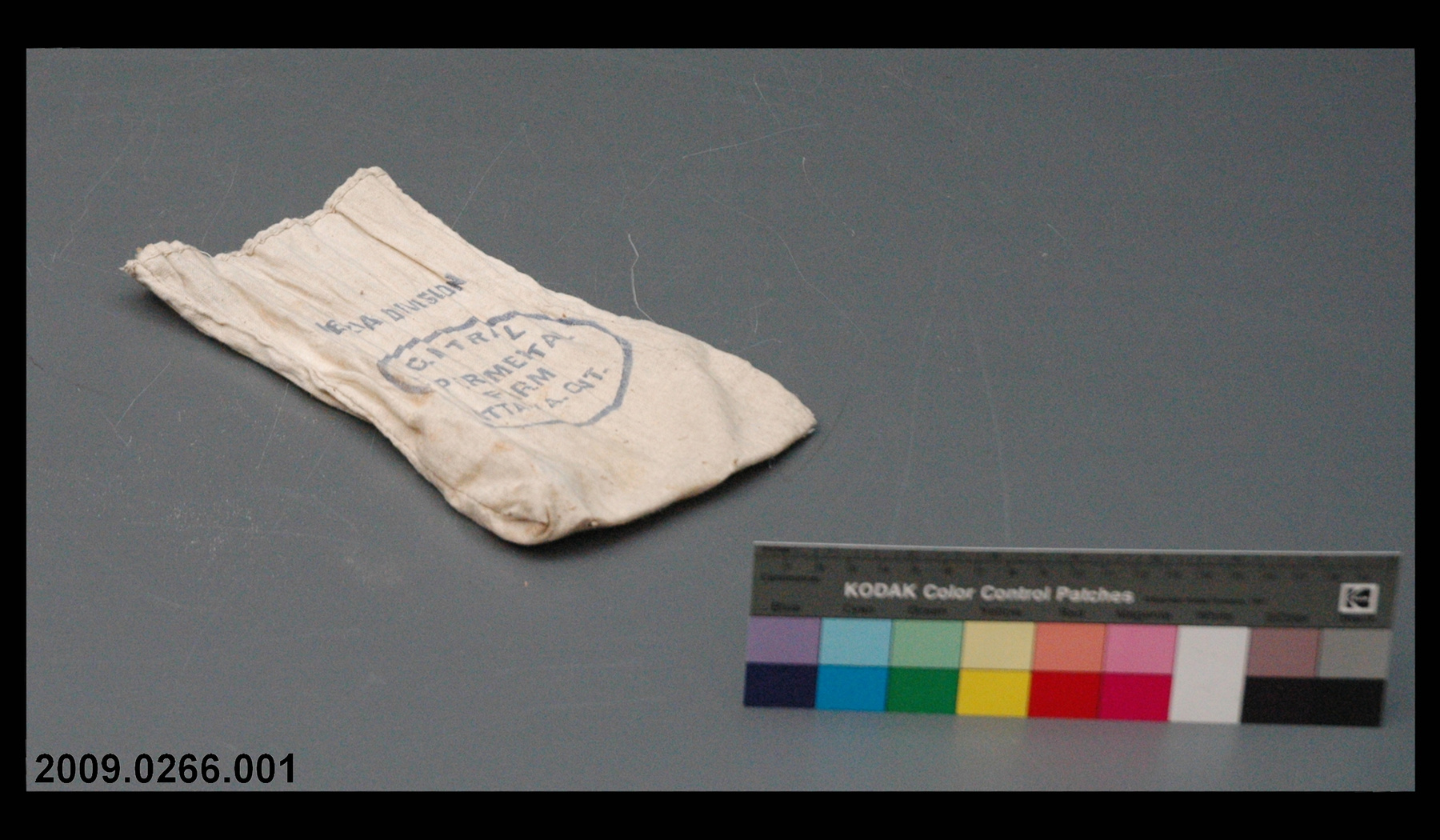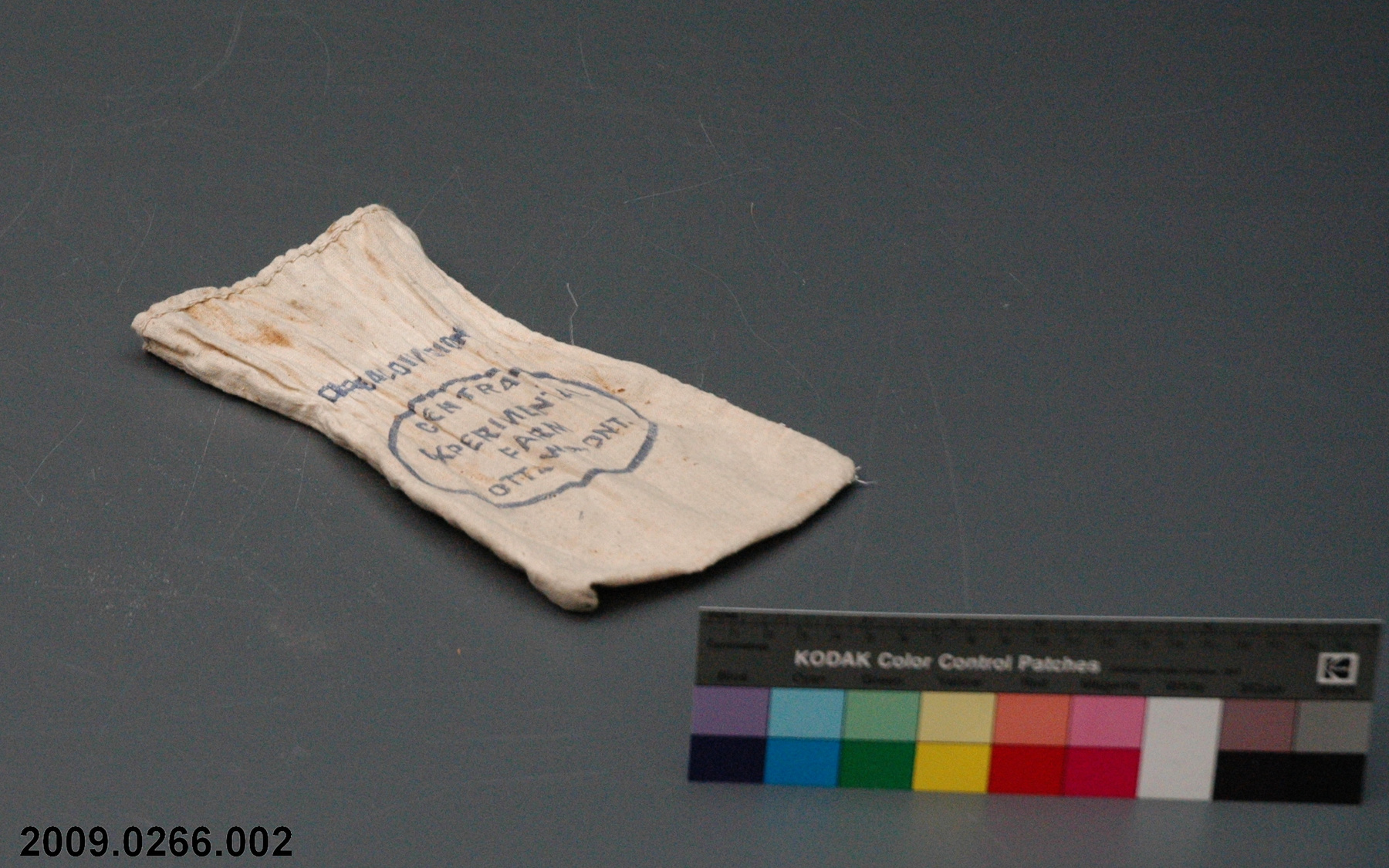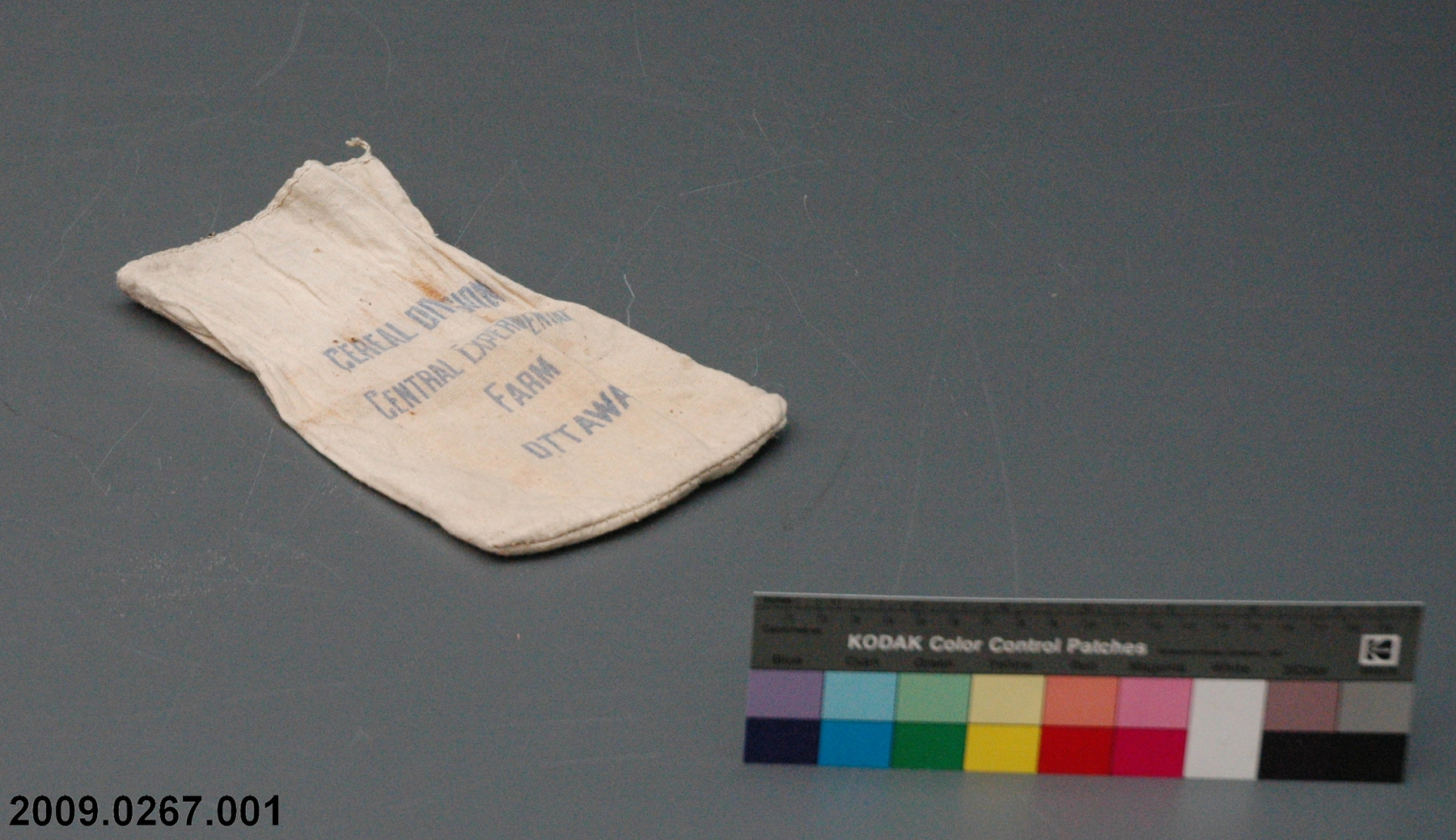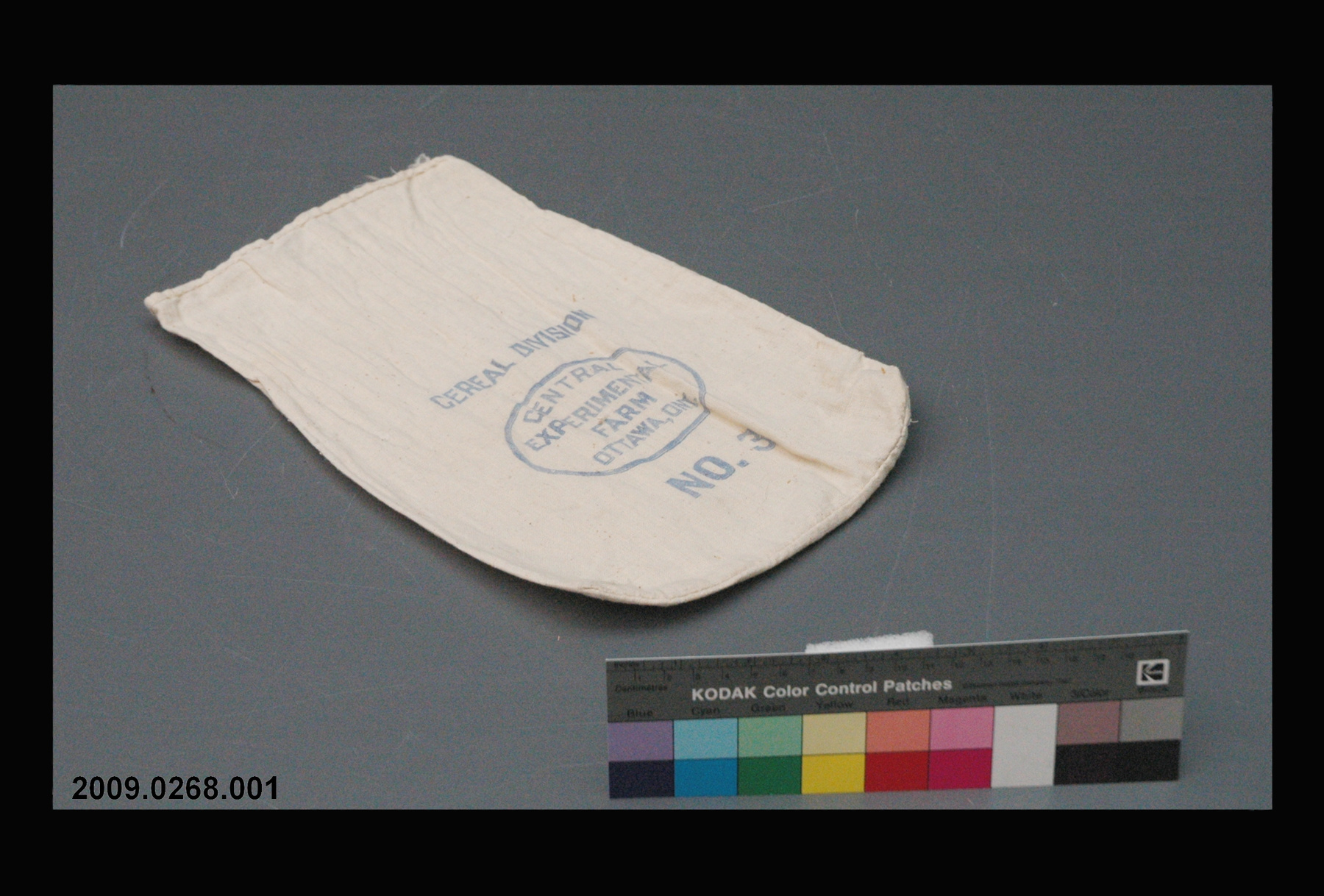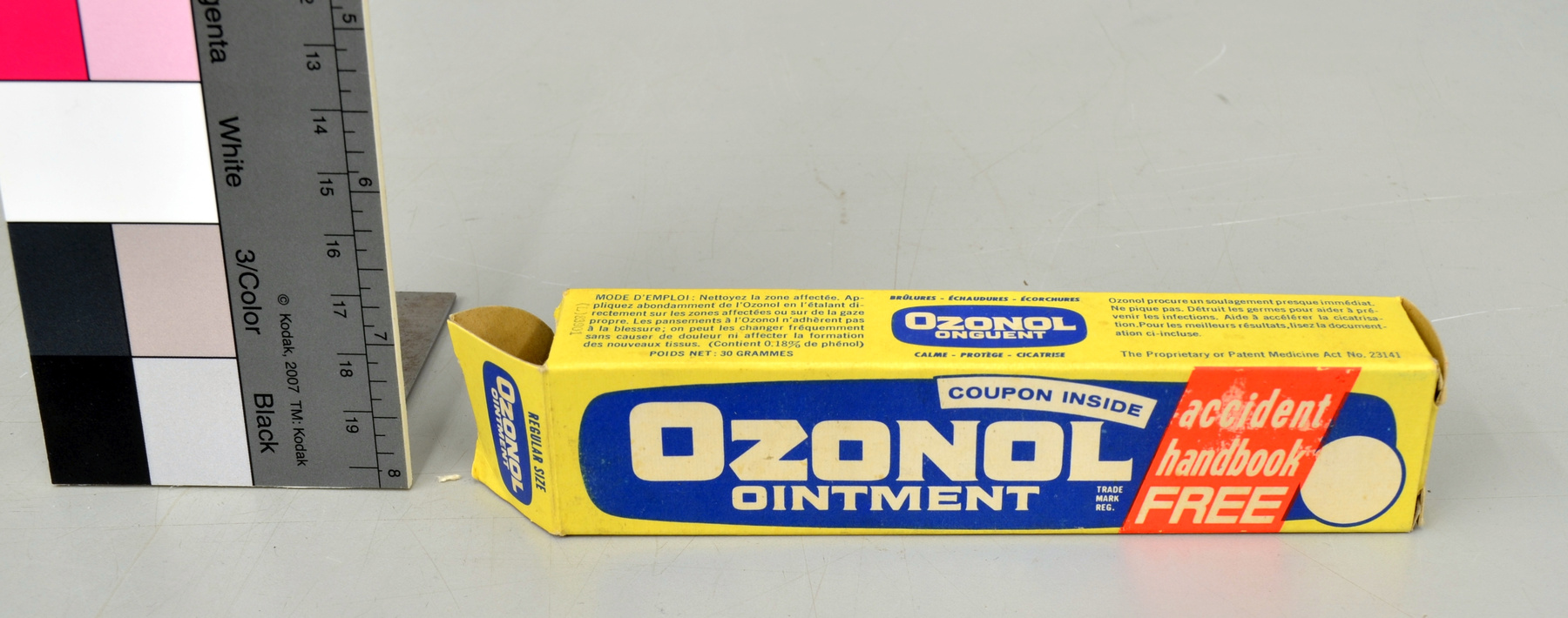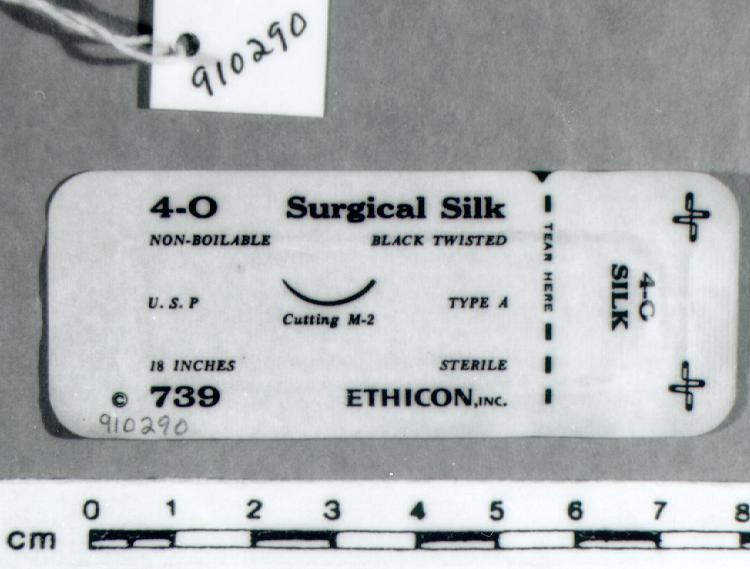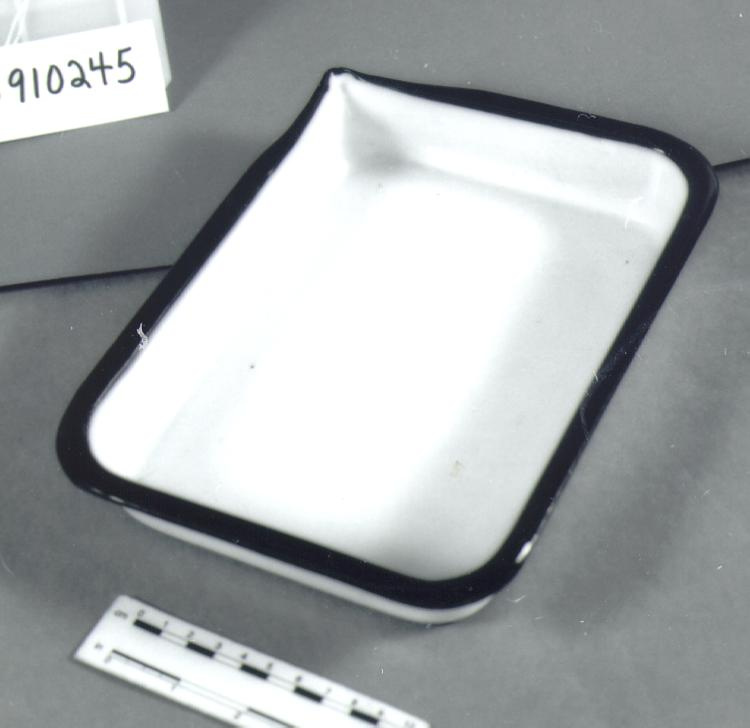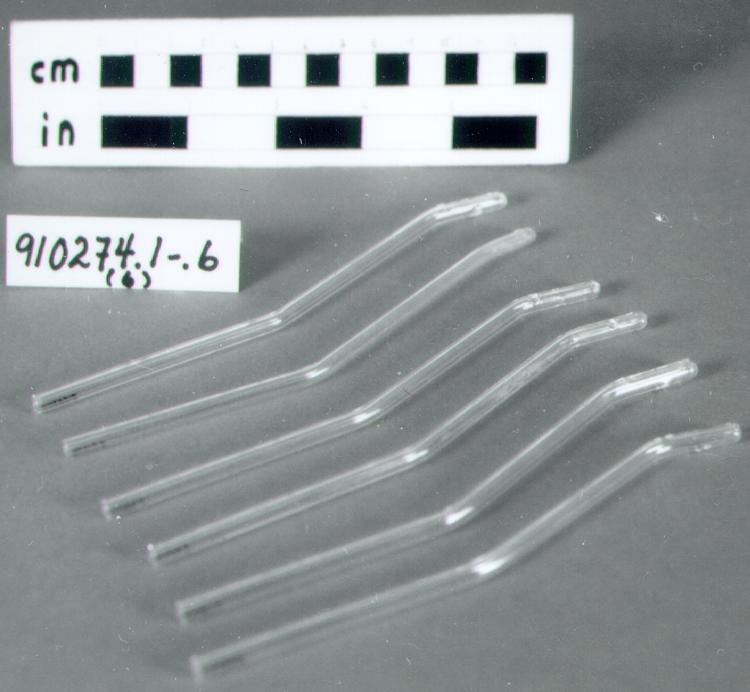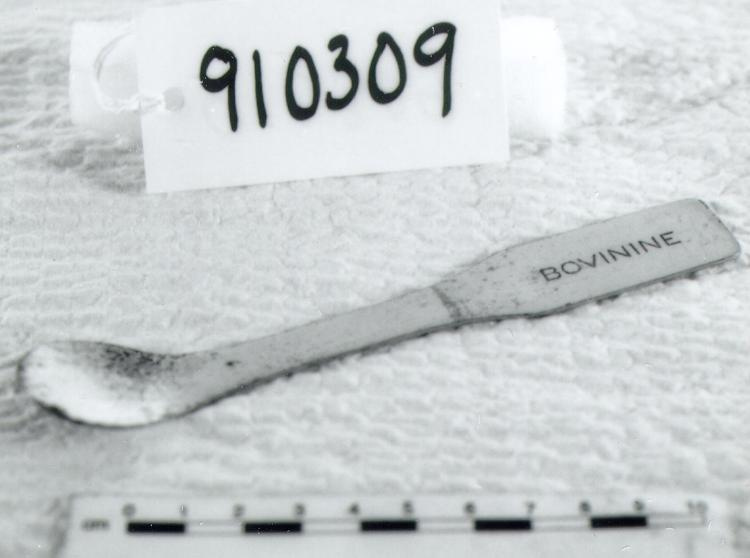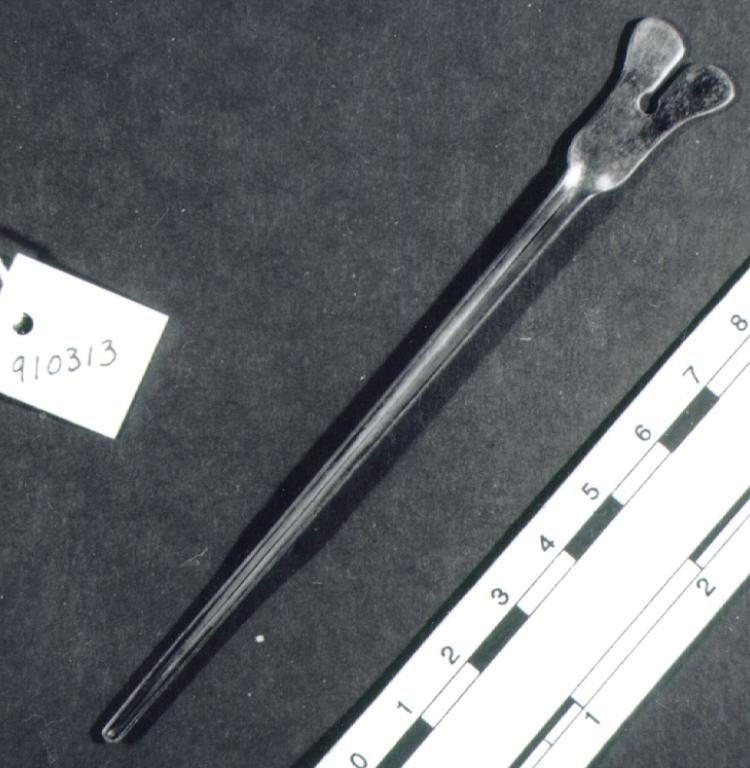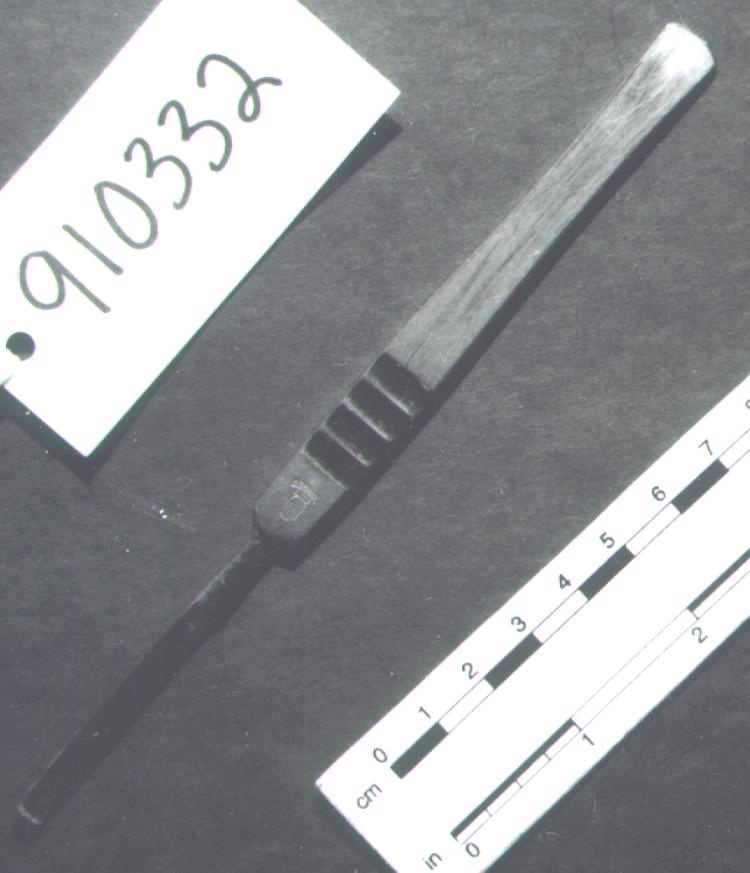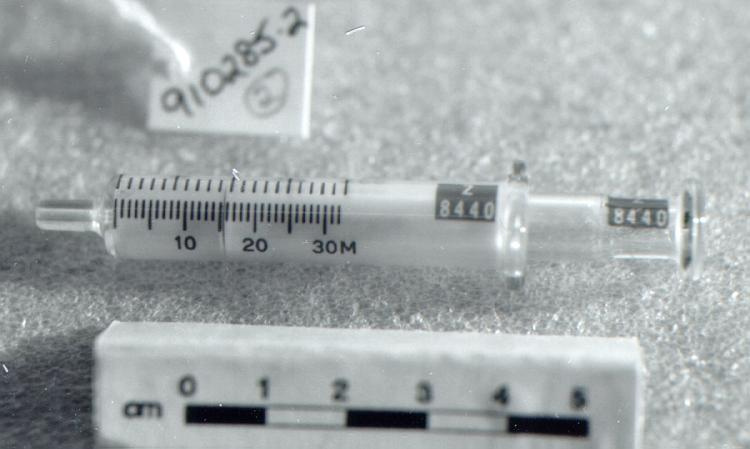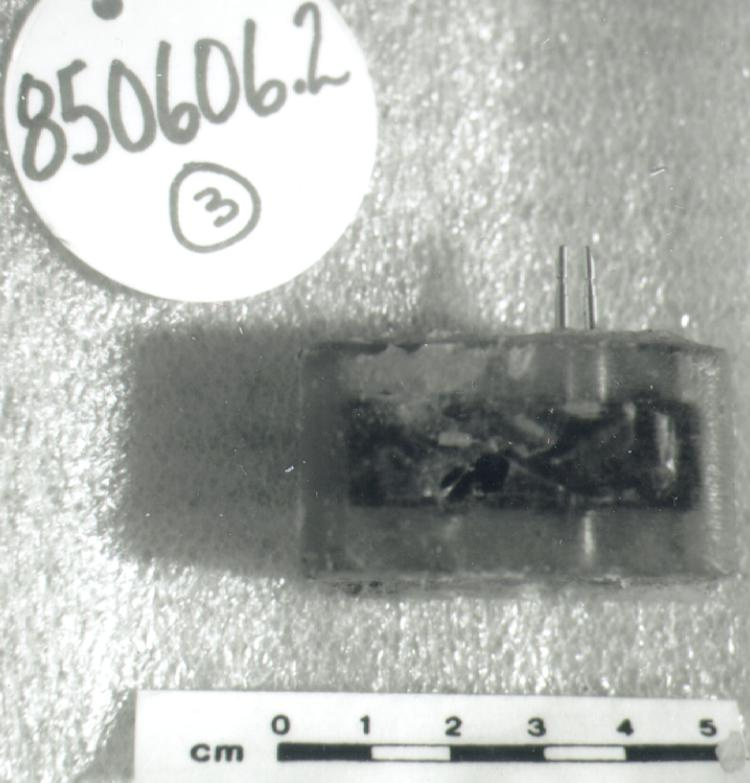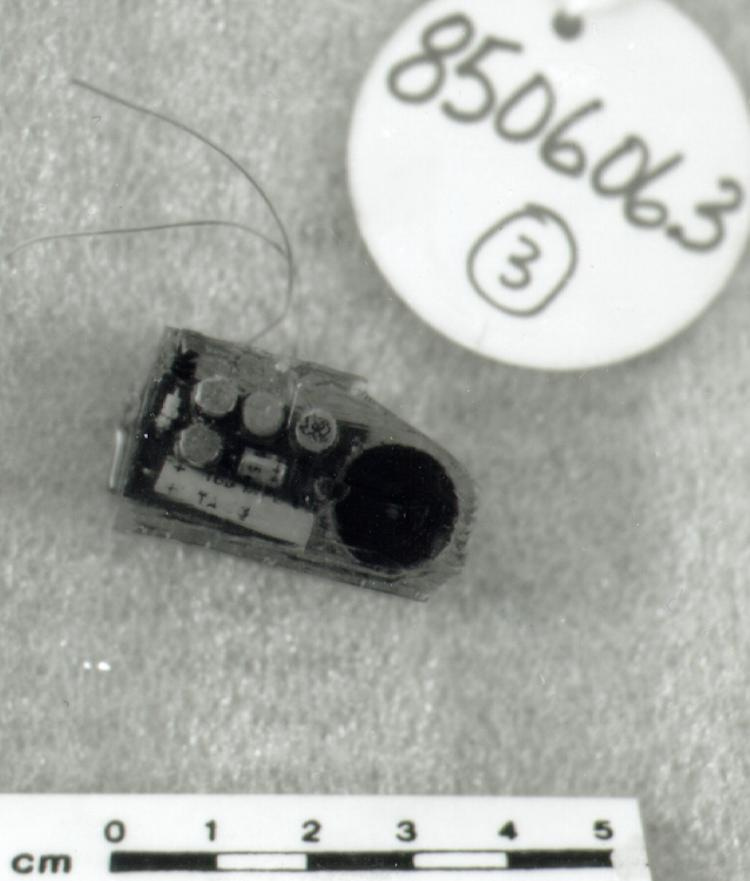Piston de seringue
Utiliser cette image
Puis-je réutiliser cette image sans autorisation? Oui
Les images sur le portail de la collection d’Ingenium ont la licence Creative Commons suivante :
Copyright Ingenium / CC BY-NC-ND (Attribution-NonCommercial 4.0 International (CC BY-NC 4.0)
ATTRIBUER CETTE IMAGE
Ingenium,
2010.0117.002
Permalien:
Ingenium diffuse cette image sous le cadre de licence Creative Commons et encourage son téléchargement et sa réutilisation à des fins non commerciales. Veuillez mentionner Ingenium et citer le numéro de l’artefact.
TÉLÉCHARGER L’IMAGEACHETER CETTE IMAGE
Cette image peut être utilisée gratuitement pour des fins non commerciales.
Pour un usage commercial, veuillez consulter nos frais de reproduction et communiquer avec nous pour acheter l’image.
- TYPE D’OBJET
- S/O
- DATE
- 2010
- NUMÉRO DE L’ARTEFACT
- 2010.0117.002
- FABRICANT
- Hamilton Co.
- MODÈLE
- Inconnu
- EMPLACEMENT
- Reno, Nevada, United States of America
Plus d’information
Renseignements généraux
- Nº de série
- S/O
- Nº de partie
- 2
- Nombre total de parties
- 6
- Ou
- S/O
- Brevets
- S/O
- Description générale
- All silver metal construction.
Dimensions
Remarque : Cette information reflète la taille générale pour l’entreposage et ne représente pas nécessairement les véritables dimensions de l’objet.
- Longueur
- 10,1 cm
- Largeur
- S/O
- Hauteur
- S/O
- Épaisseur
- S/O
- Poids
- S/O
- Diamètre
- 1,1 cm
- Volume
- S/O
Lexique
- Groupe
- Technologie médicale
- Catégorie
- Instruments
- Sous-catégorie
- S/O
Fabricant
- Ou
- Hamilton
- Pays
- United States of America
- État/province
- Nevada
- Ville
- Reno
Contexte
- Pays
- Canada
- État/province
- Ontario
- Période
- Inconnu
- Canada
-
An August 2010 report in Science Translational Medicine, about the preliminary success of clinical implantations of biosynthetic corneas made in Canada, was picked up by main-stream news organizations around the world in late August 2010 making it one of the most covered Canadian medical stories of the year. Synthetic and natural corneas have been implanted into humans for years. It is now a routine surgery with a variety of techniques and materials. The corneas in this acquisition represent a new development in this history, the use of bio-engineered materials for making the corneas. This material derives from recombinant human collagen, which is shaped and "forged" into biosynthetic corneas for implantation into humans. The implants are more accurately called "biomimetic" because the resulting implants mimic cell growth and restoration of natural cornea without the risk of rejection. The initial human trials were successful (reported in 2010, see references below), but this technique is still in the prototype phase with more engineering being developed. This development also represents new trends in laboratory medicine - close partnerships between genome-based biotechnology industries, hospital research institutes and laboratories. - Fonction
-
Inconnu - Technique
-
Inconnu - Notes sur la région
-
Inconnu
Détails
- Marques
- None evident.
- Manque
- Appears complete.
- Fini
- All silver metal construction.
- Décoration
- S/O
FAIRE RÉFÉRENCE À CET OBJET
Si vous souhaitez publier de l’information sur cet objet de collection, veuillez indiquer ce qui suit :
Hamilton Co., Piston de seringue, vers 2010, Numéro de l'artefact 2010.0117, Ingenium - Musées des sciences et de l'innovation du Canada, http://collections.ingeniumcanada.org/fr/item/2010.0117.002/
RÉTROACTION
Envoyer une question ou un commentaire sur cet artefact.
Plus comme ceci
